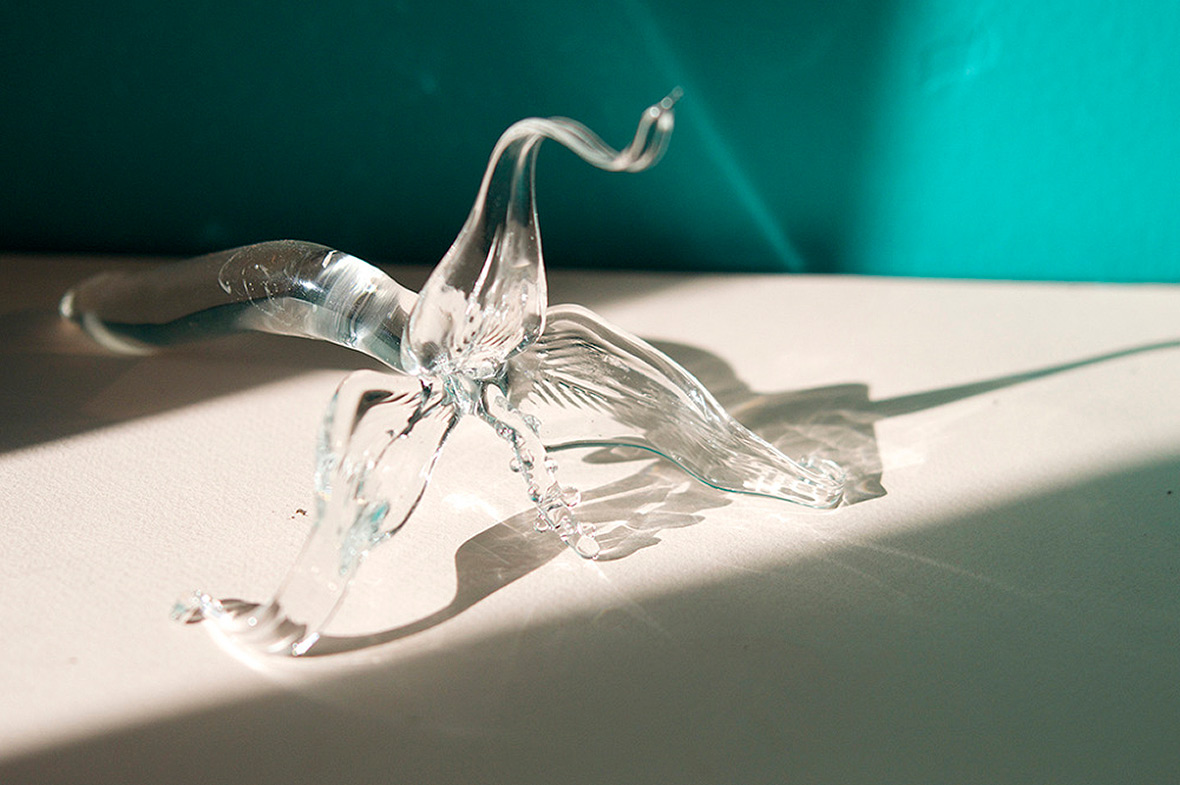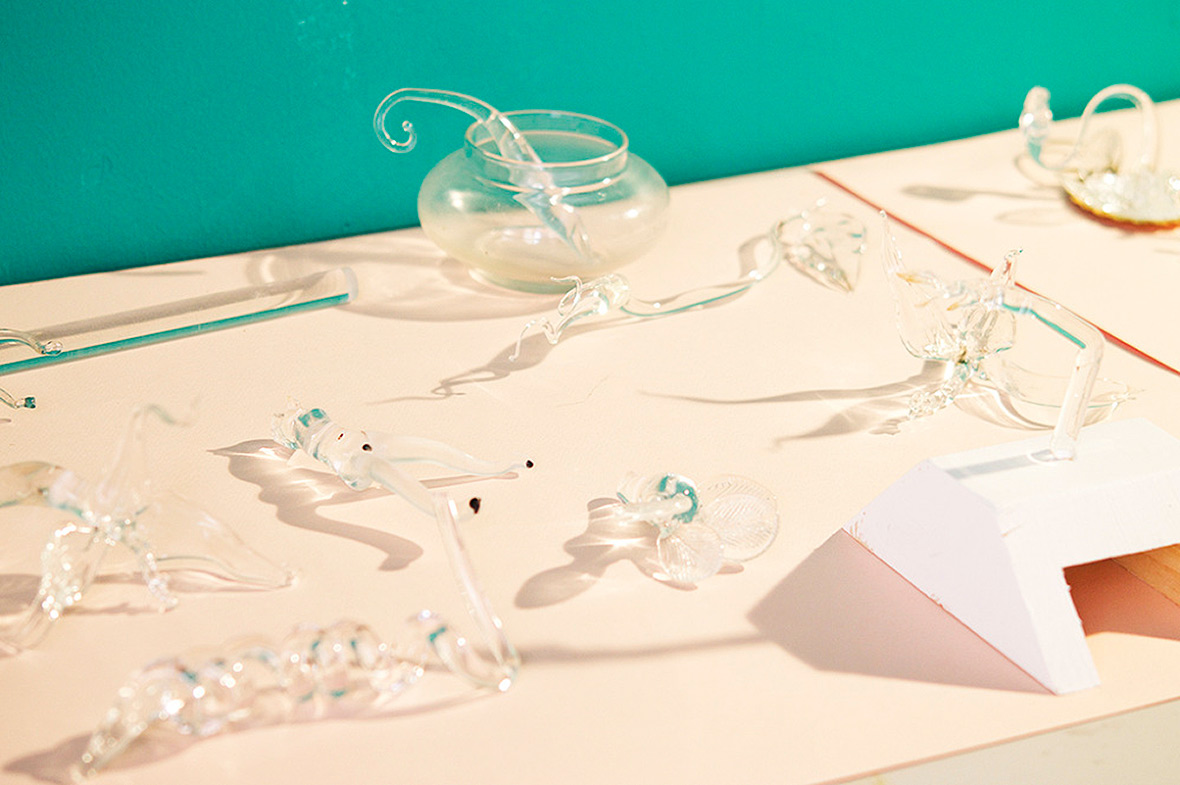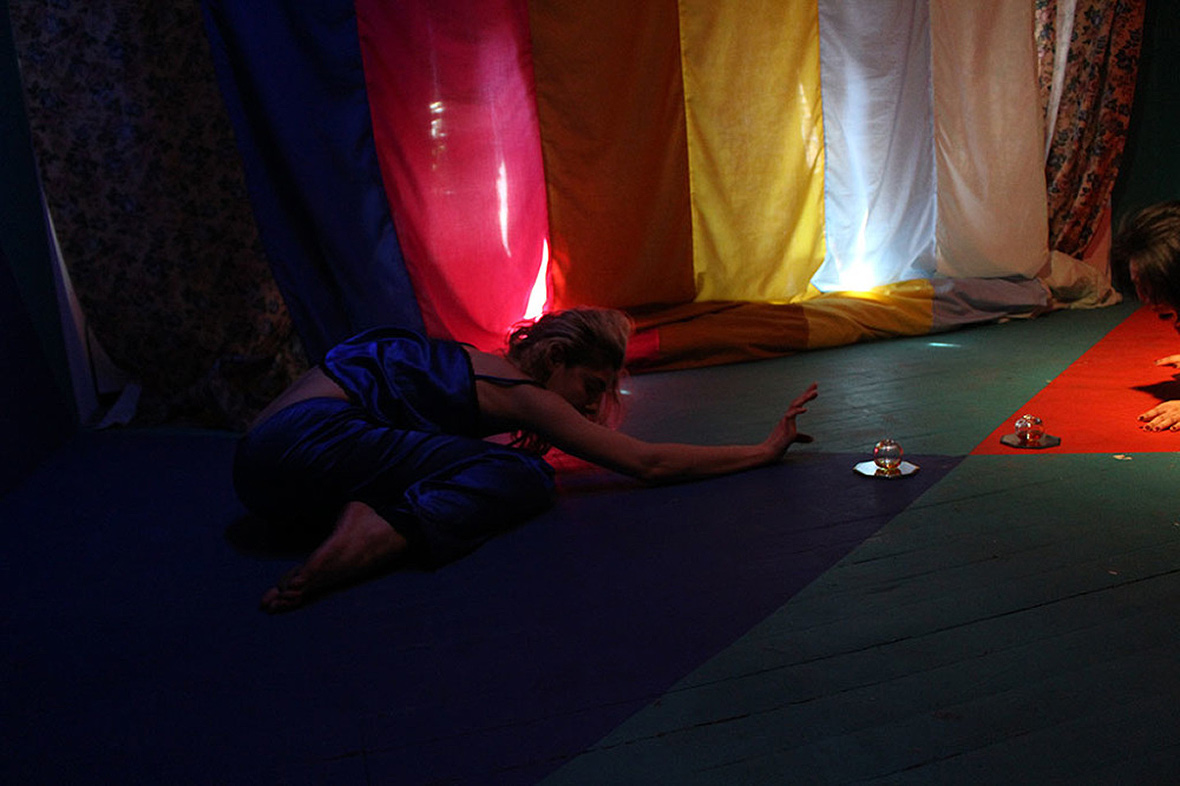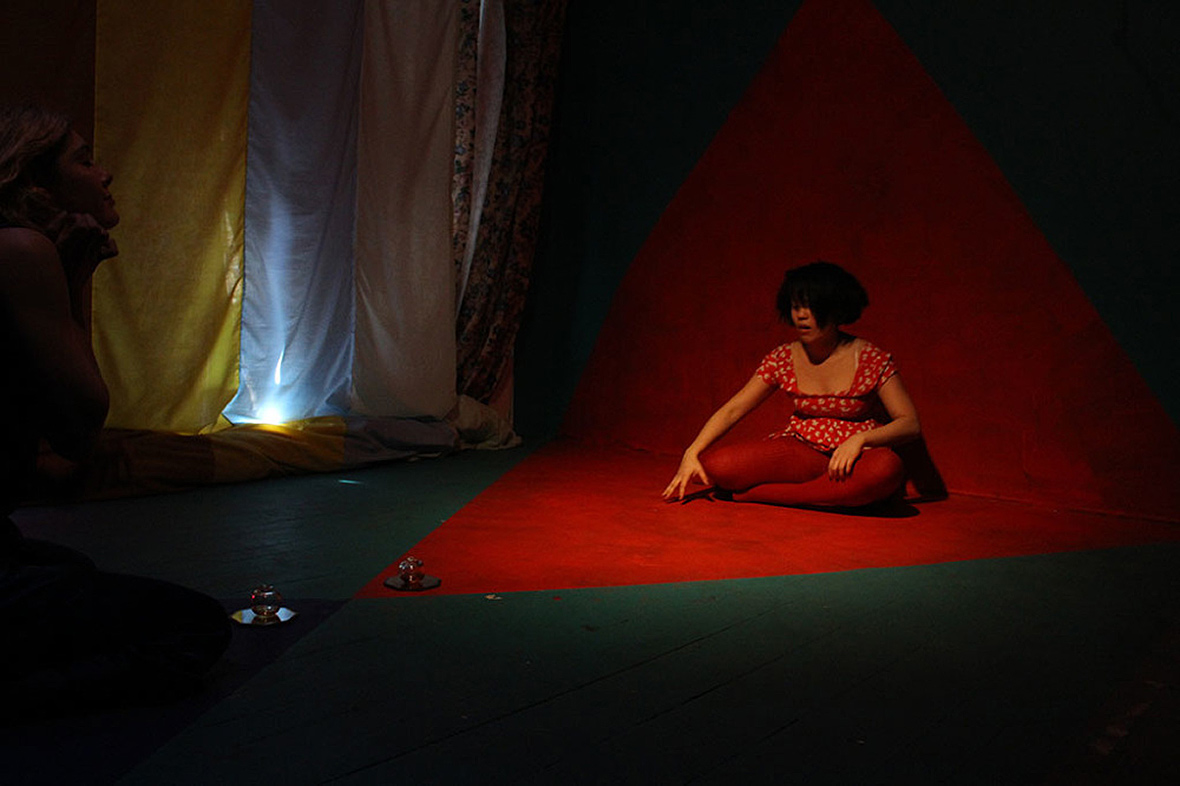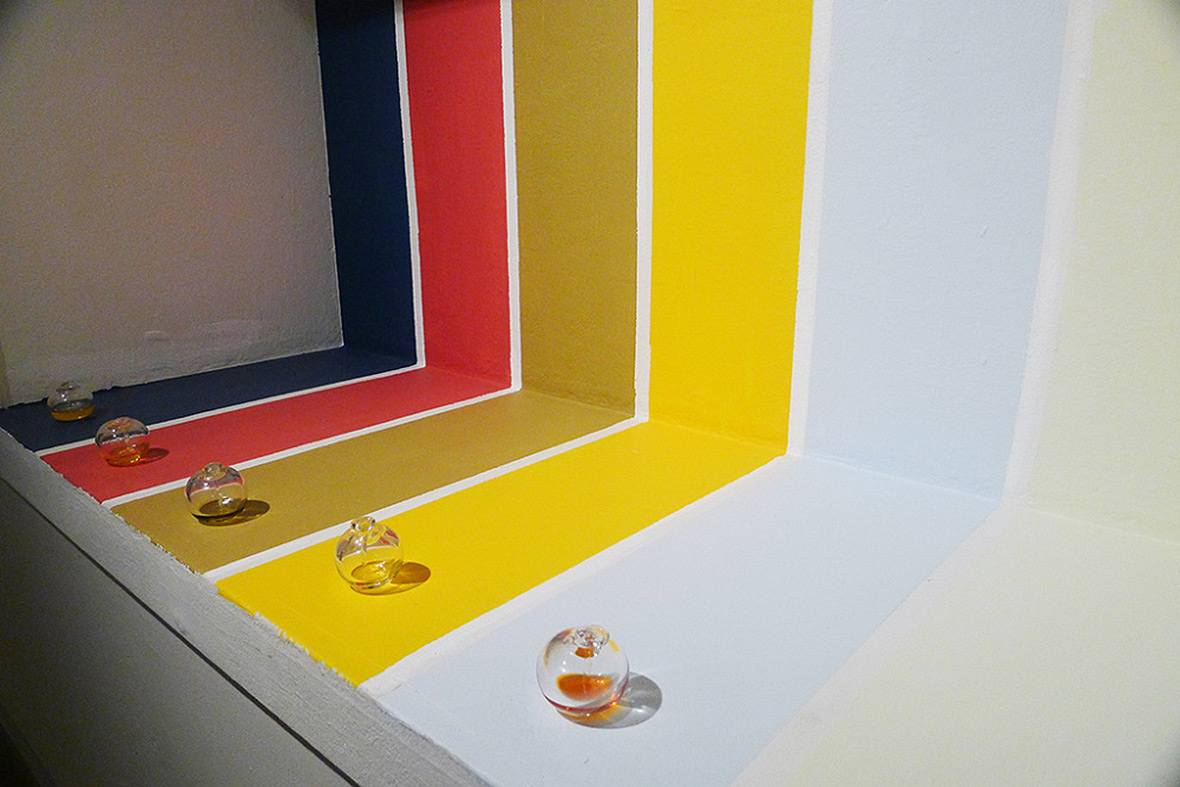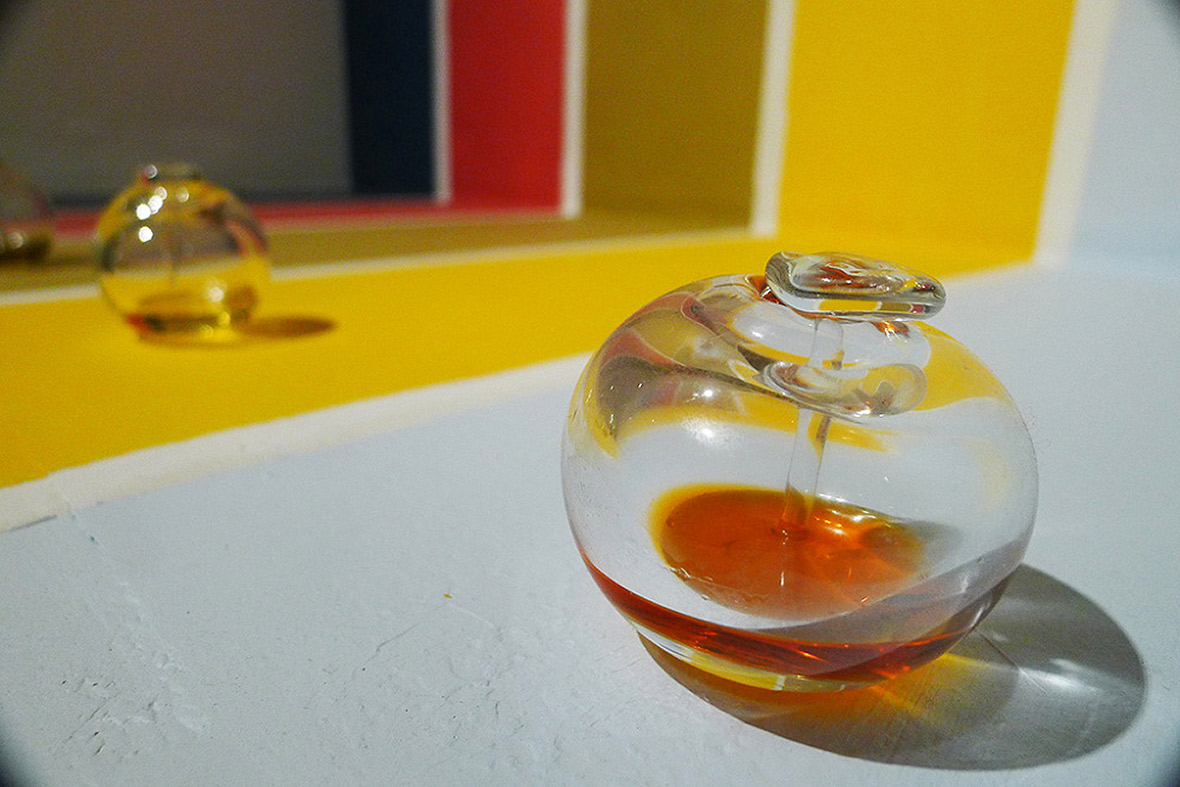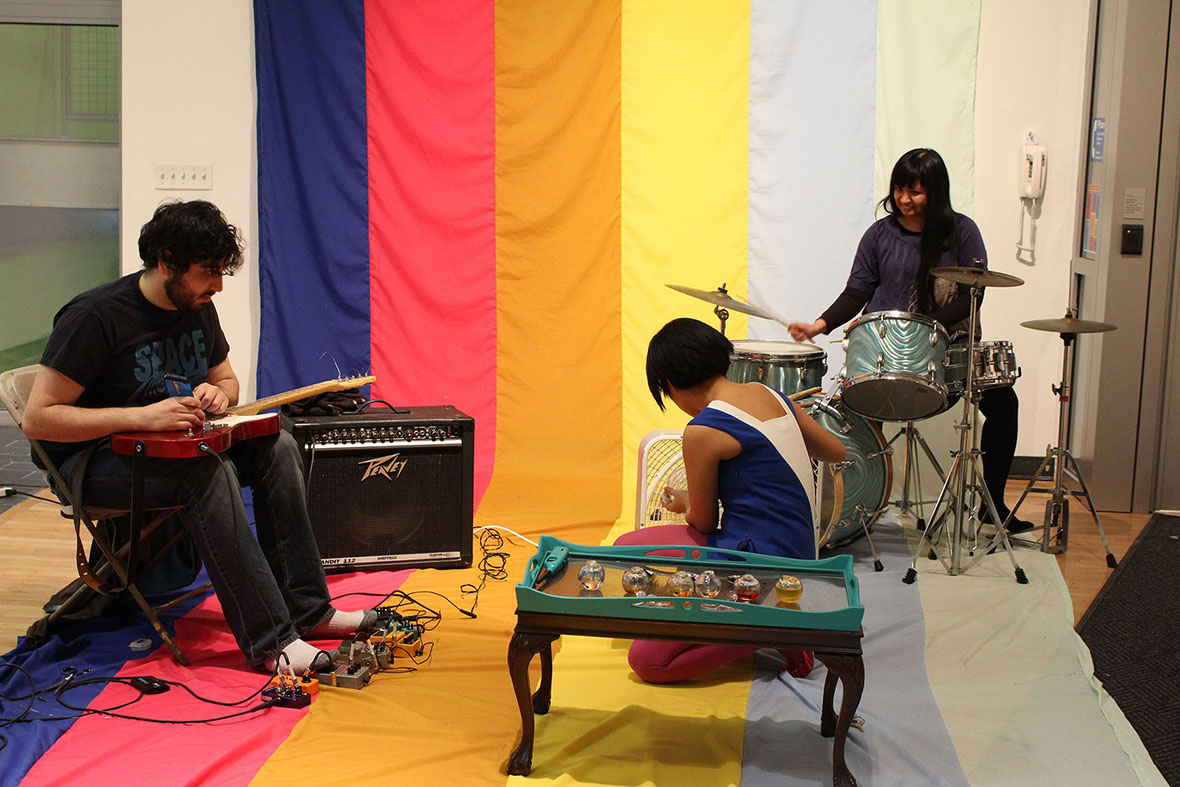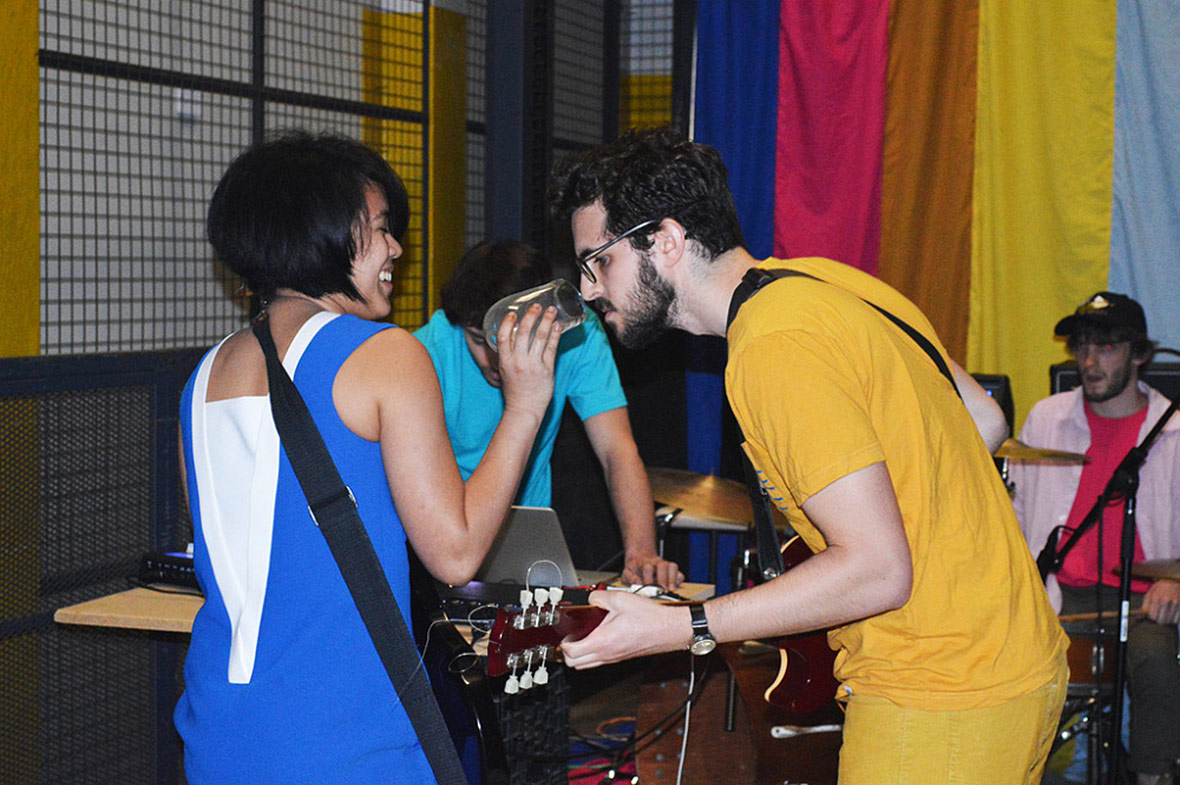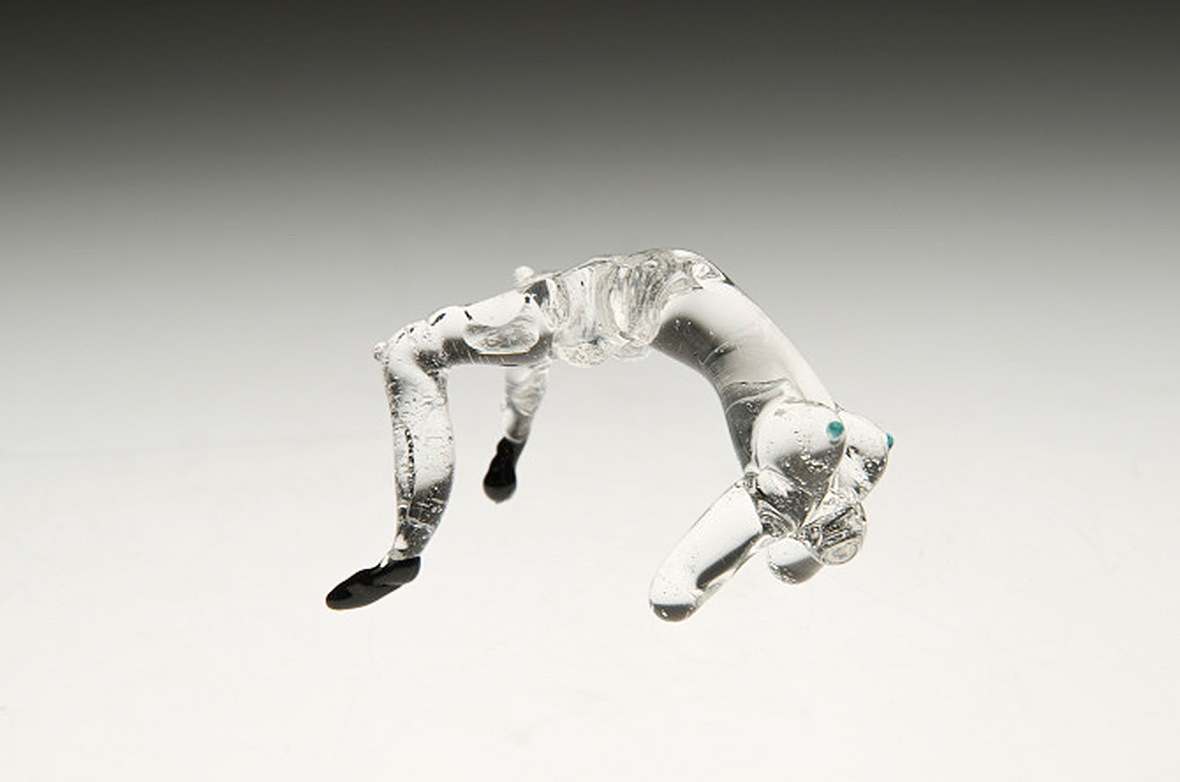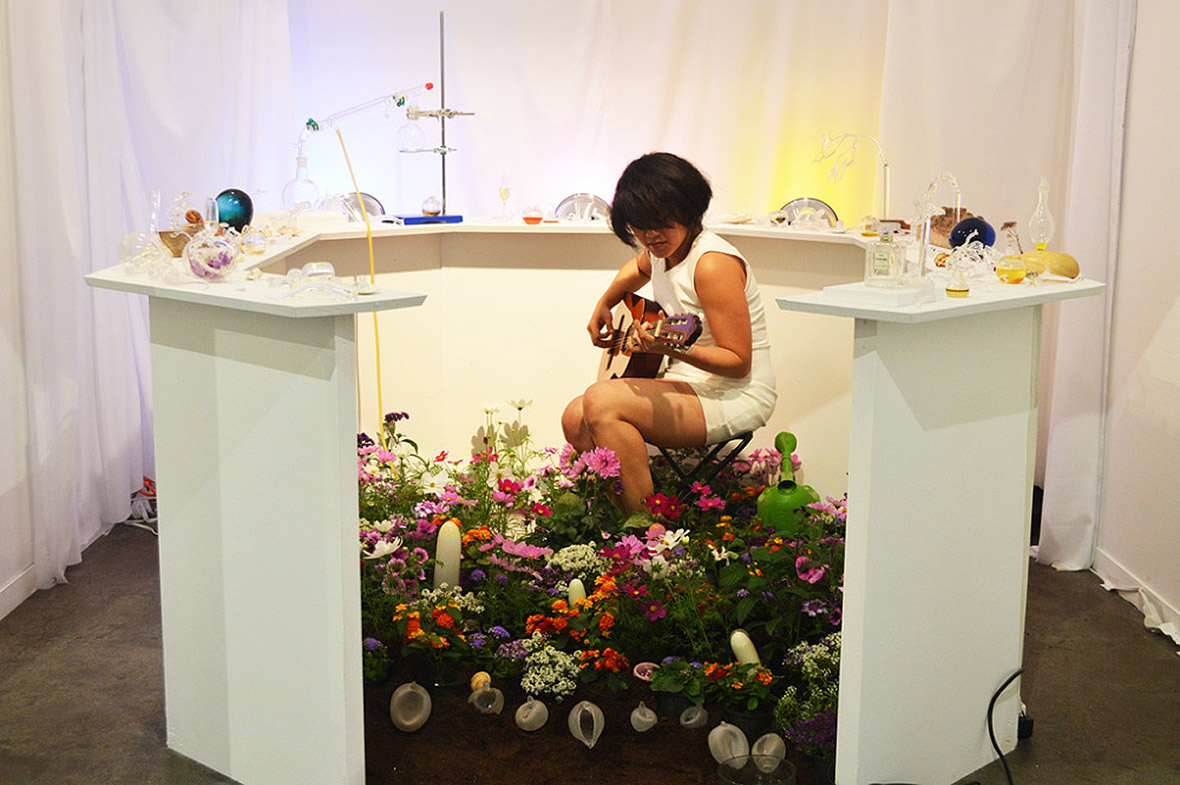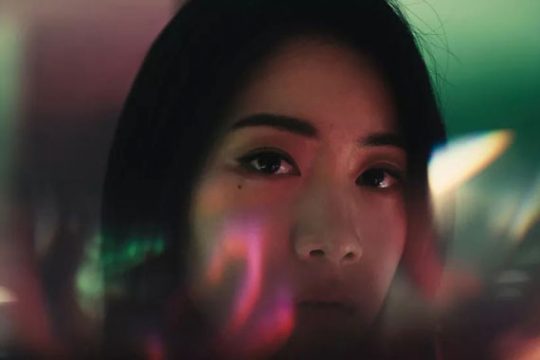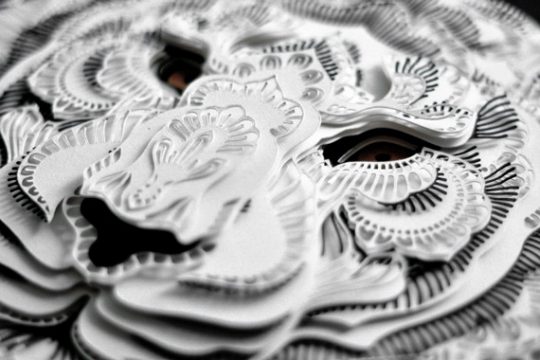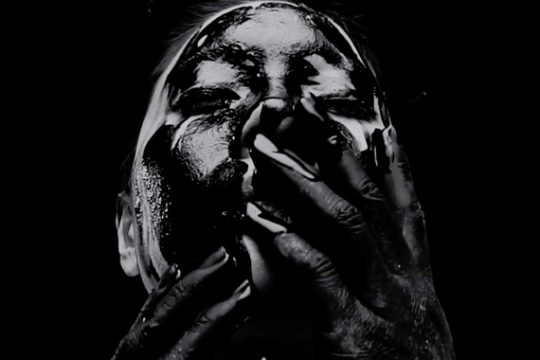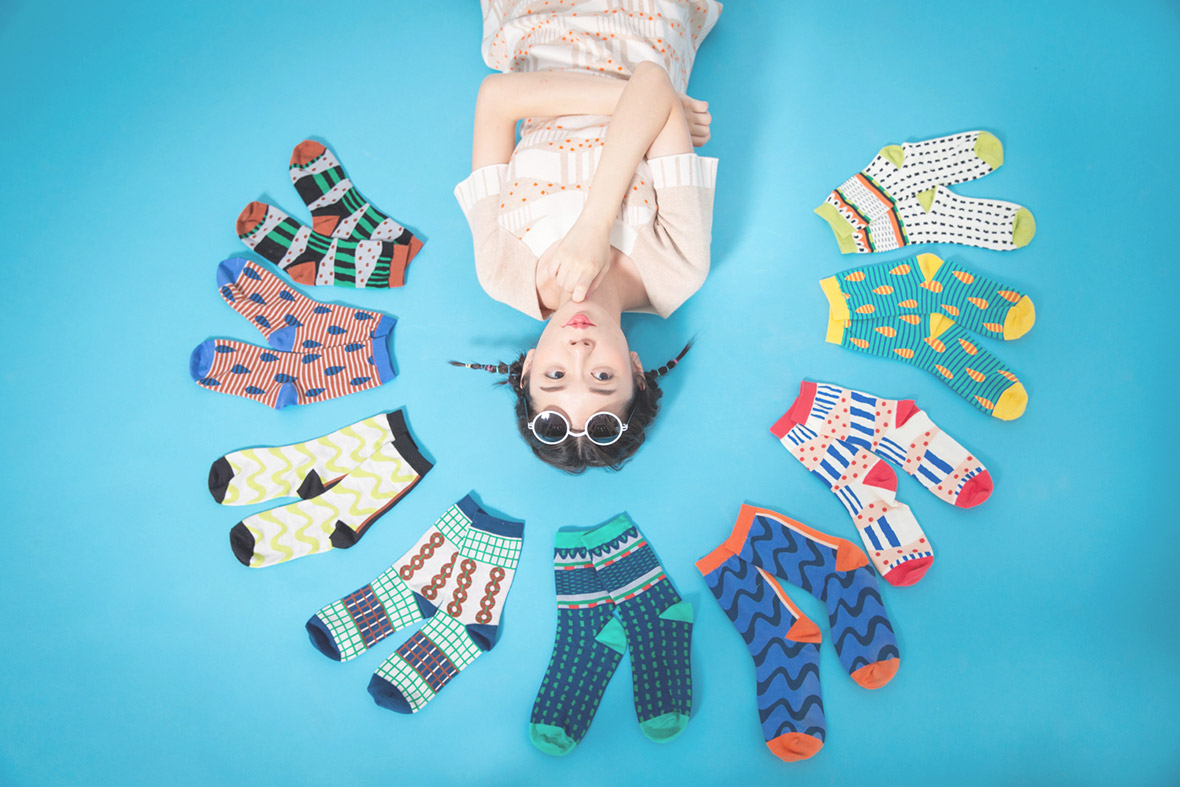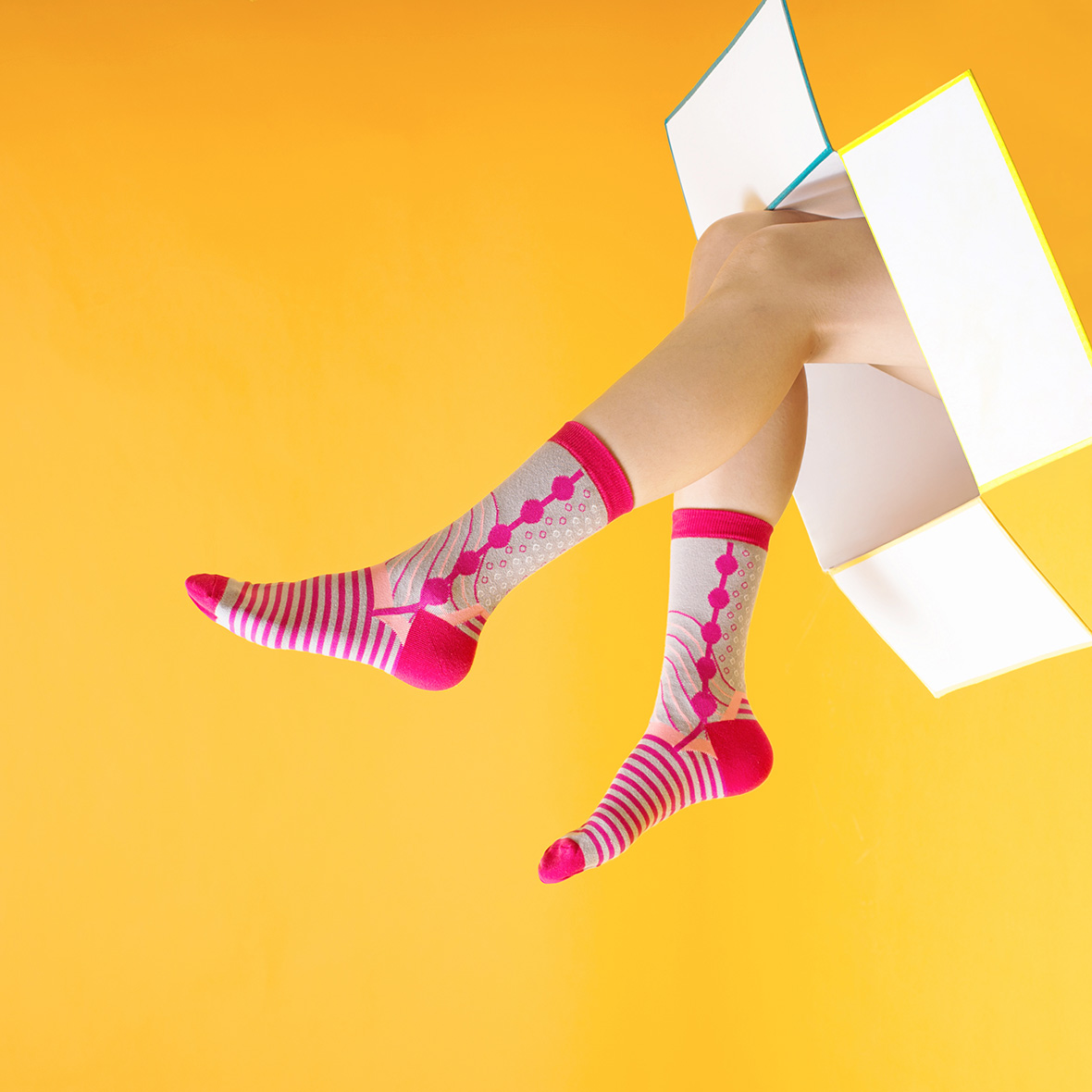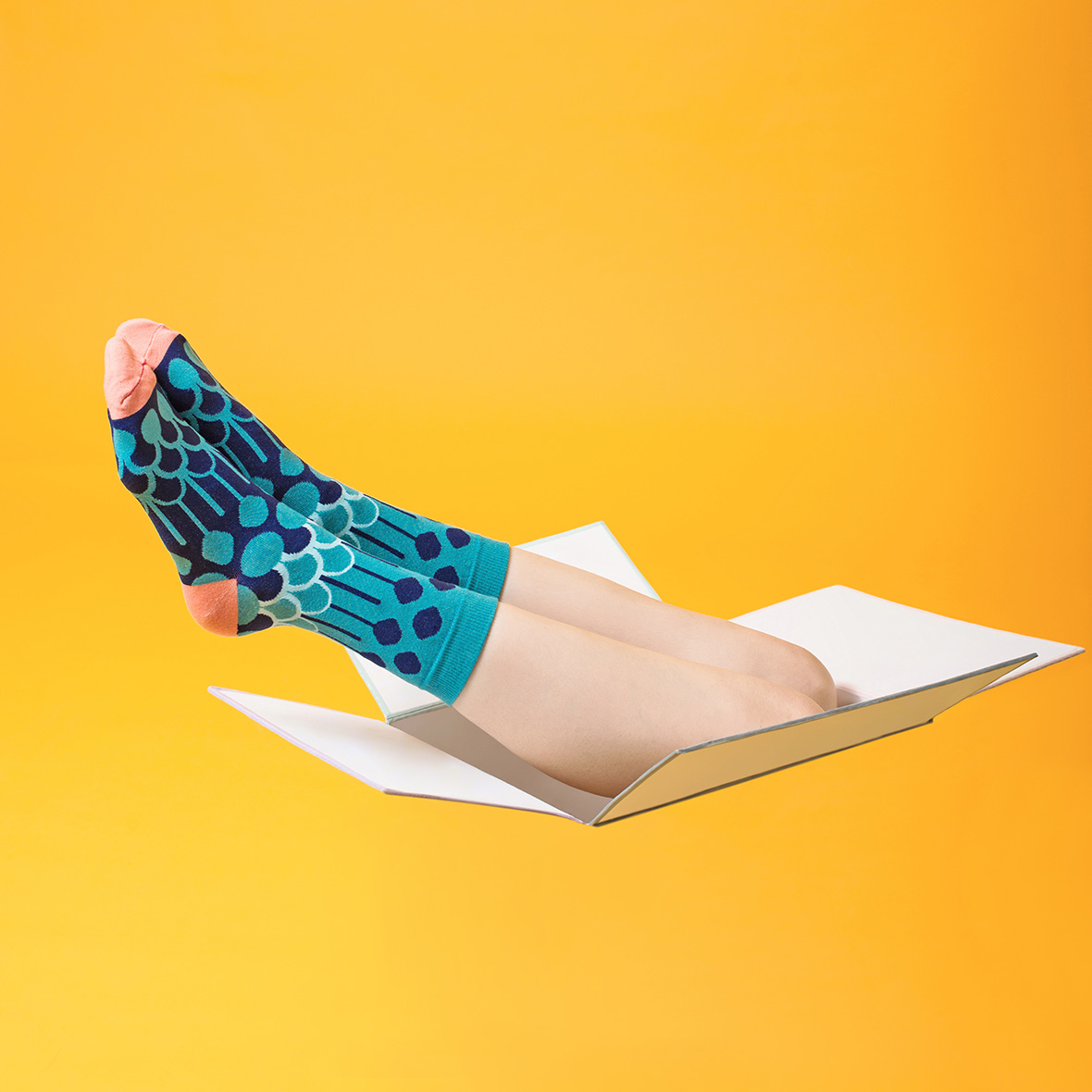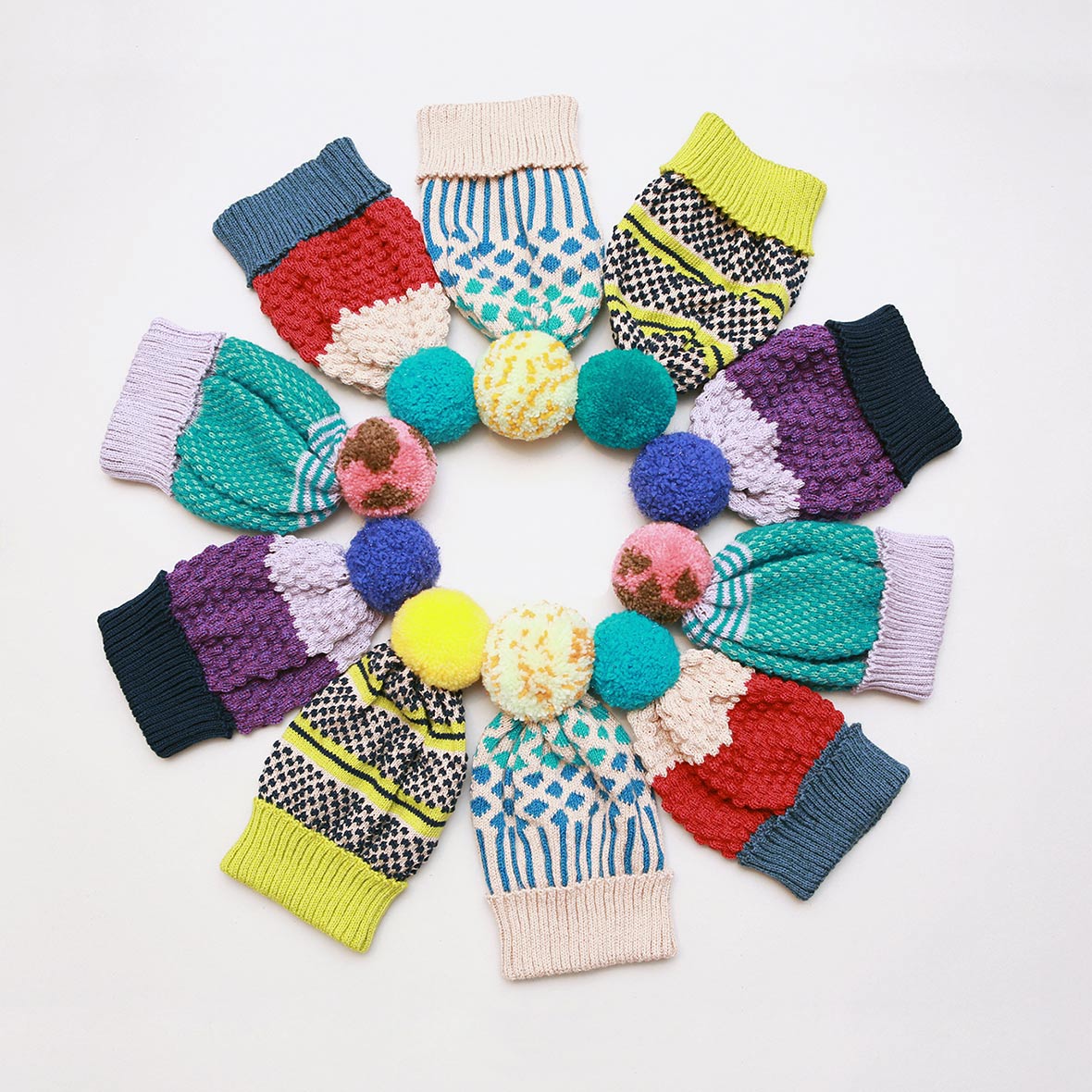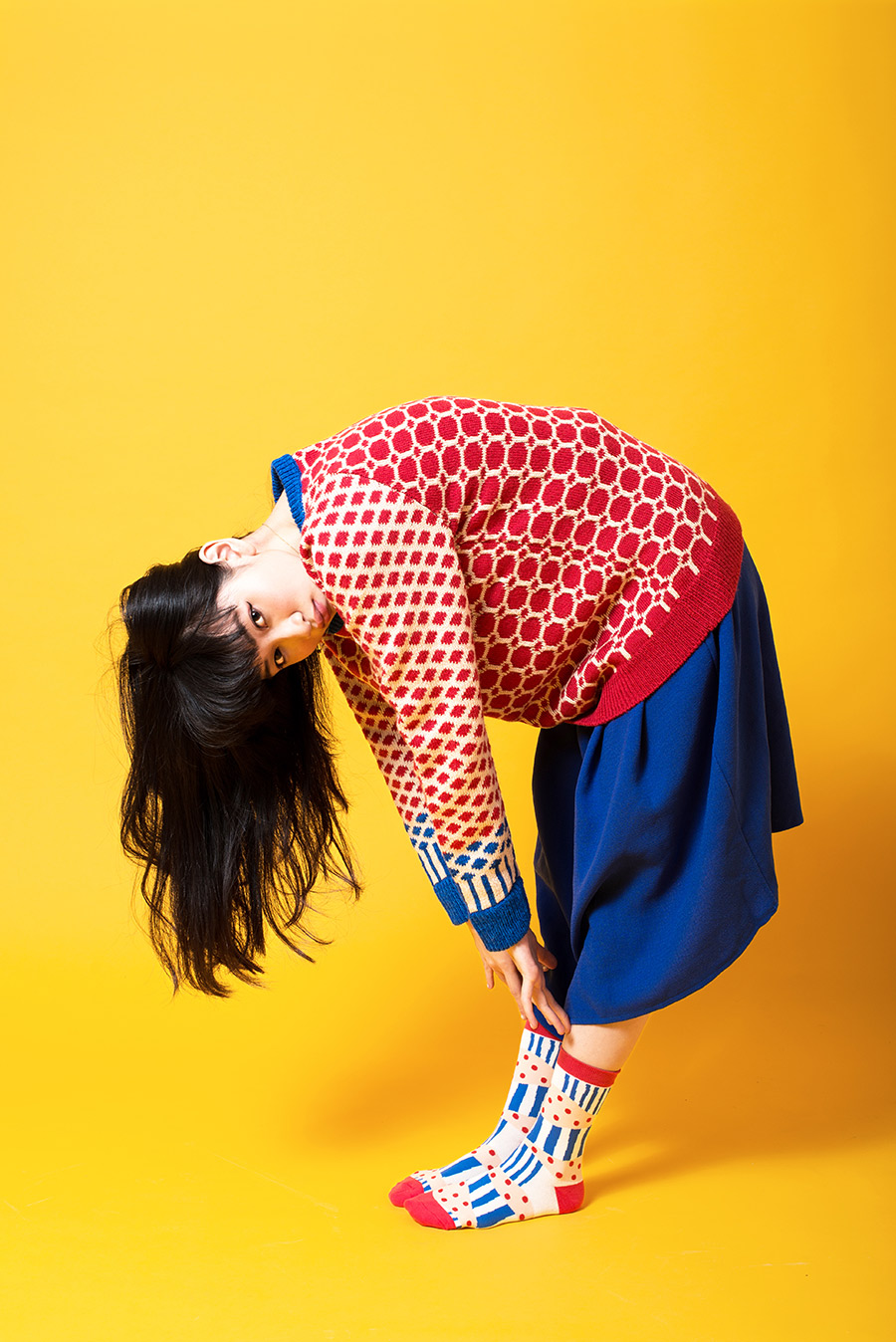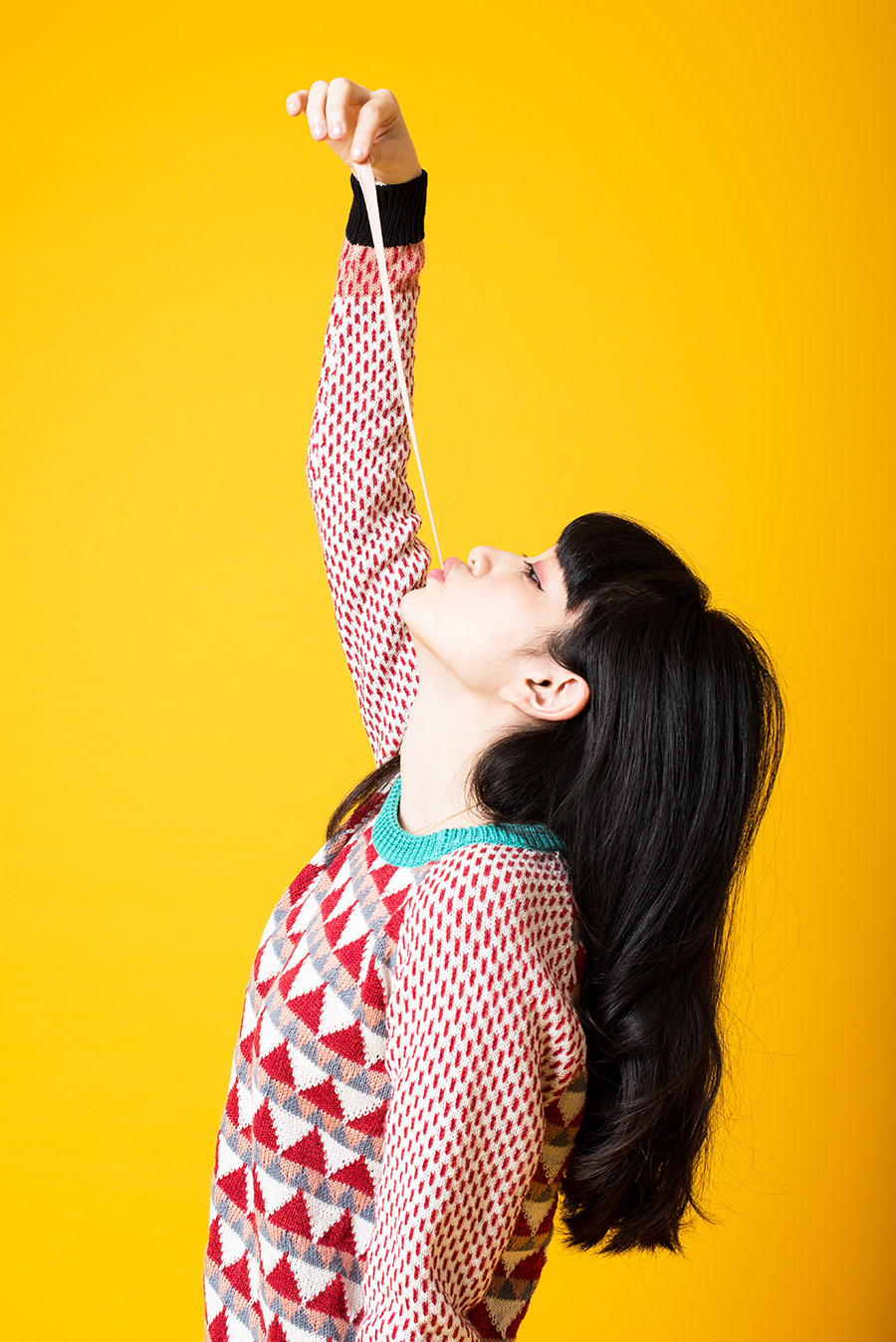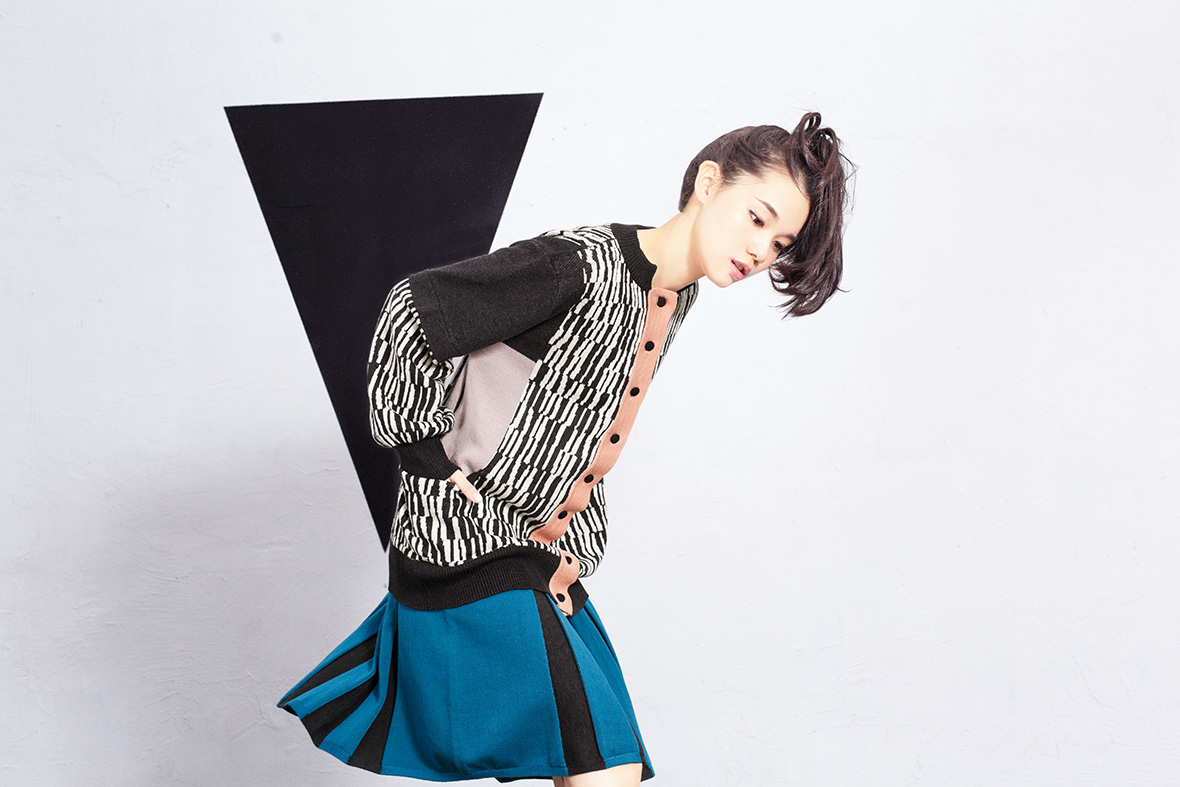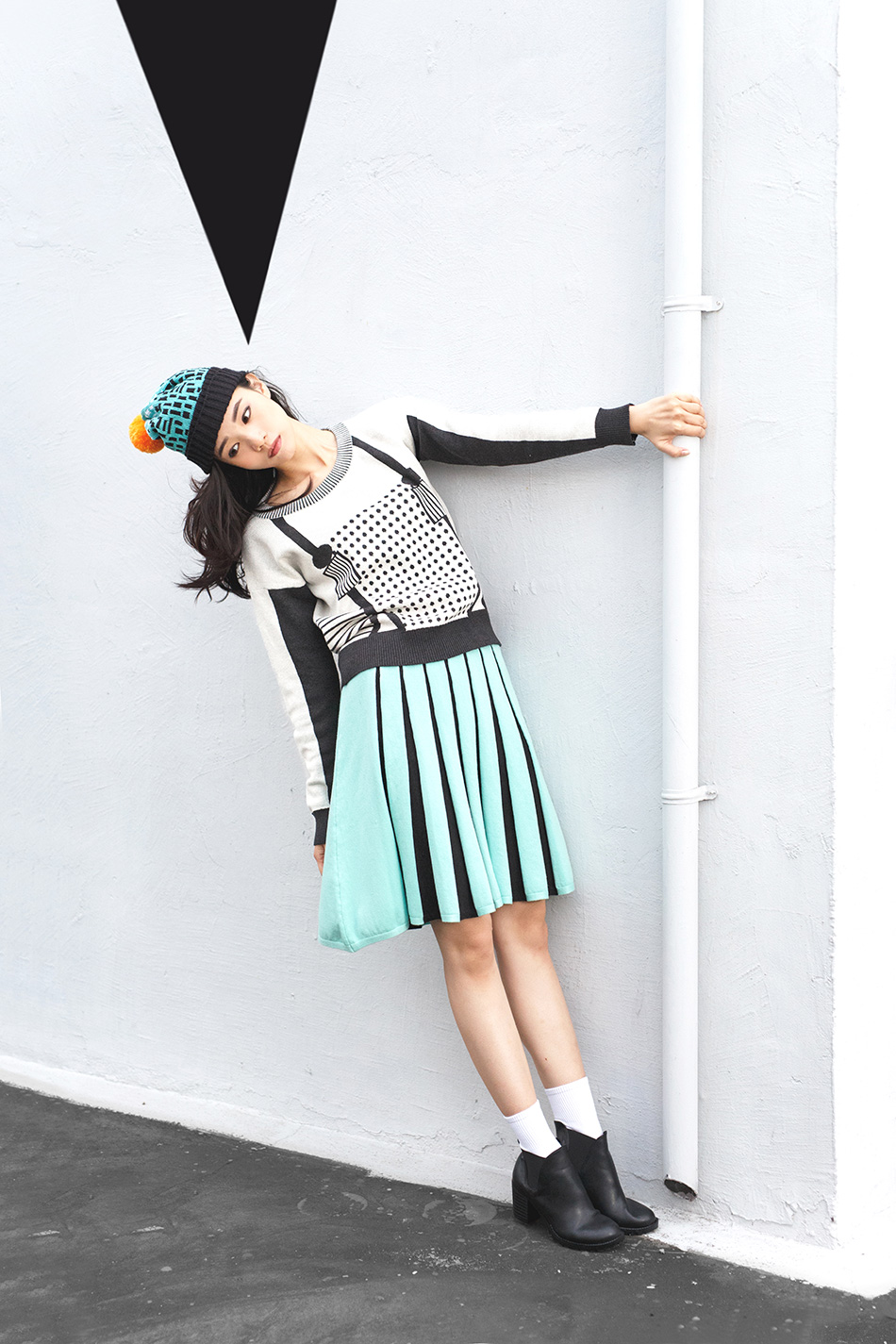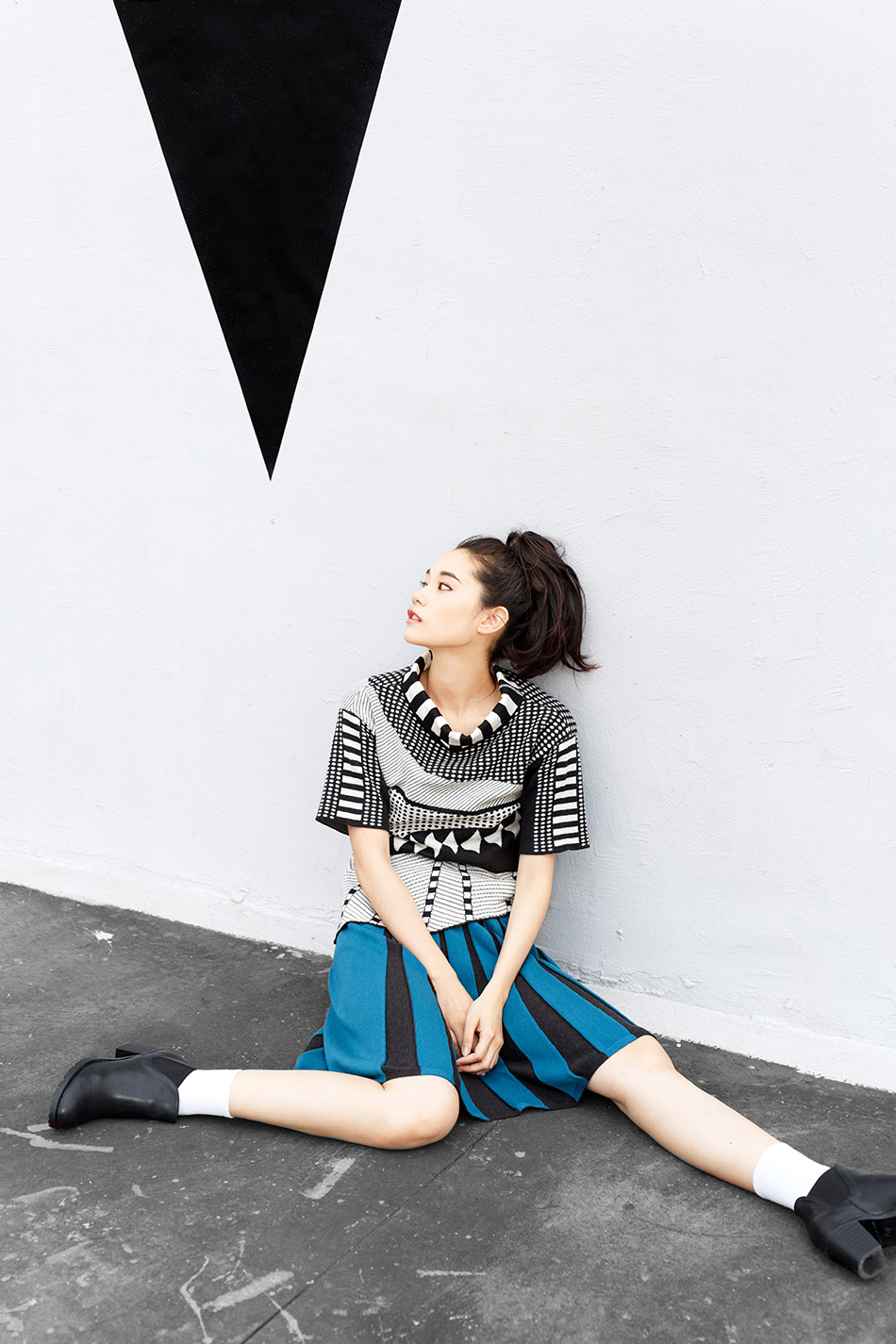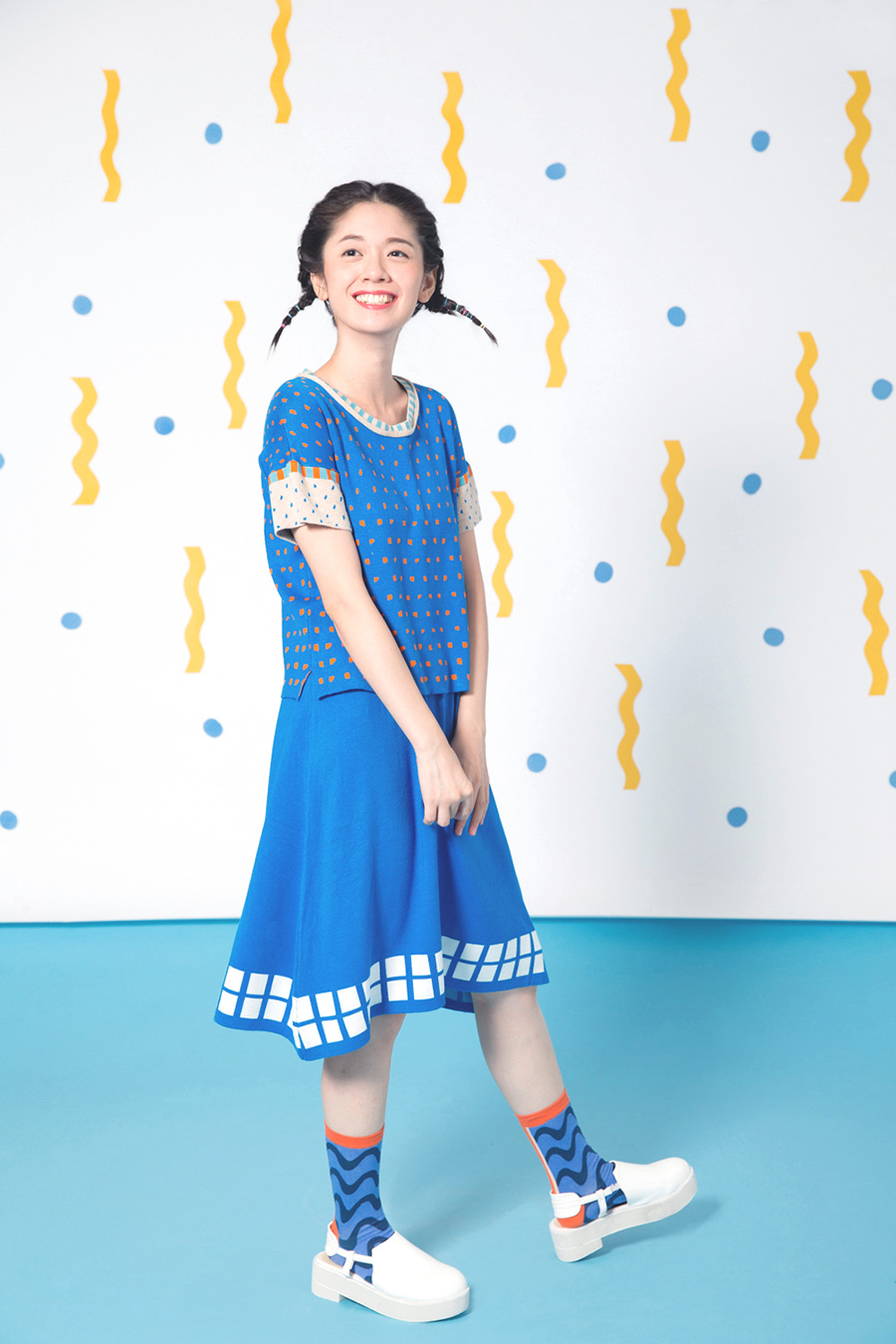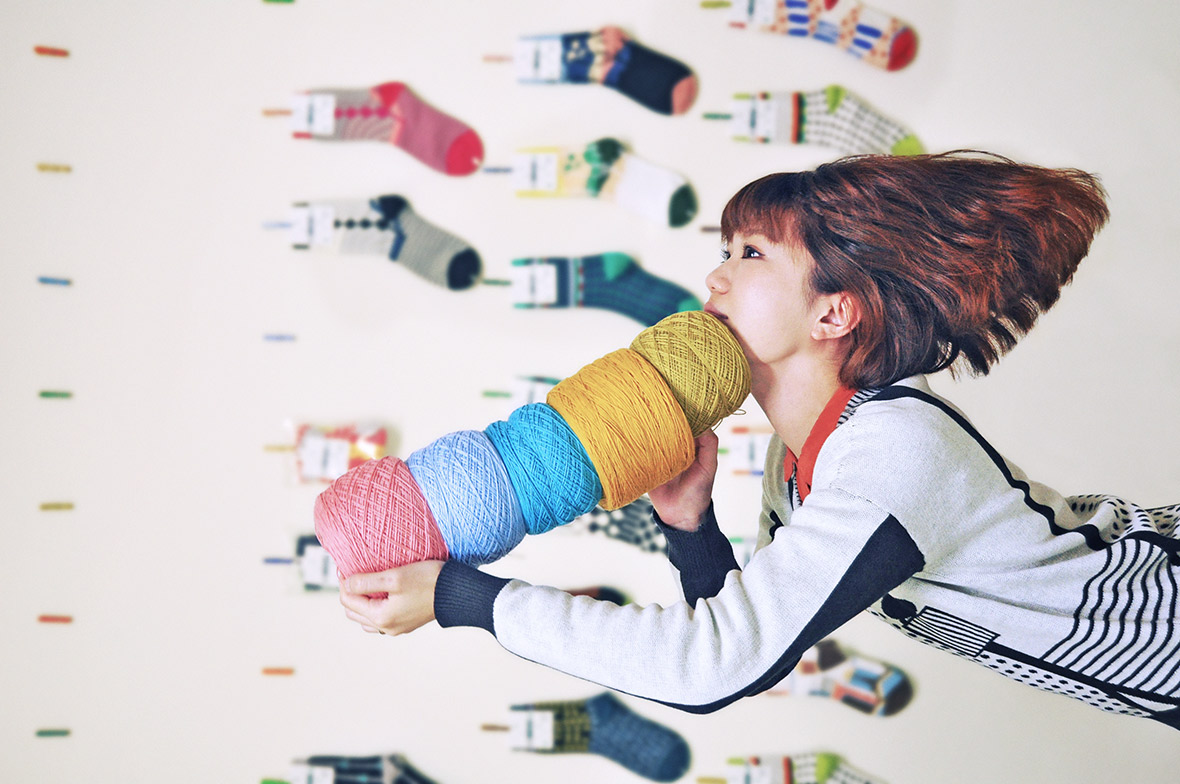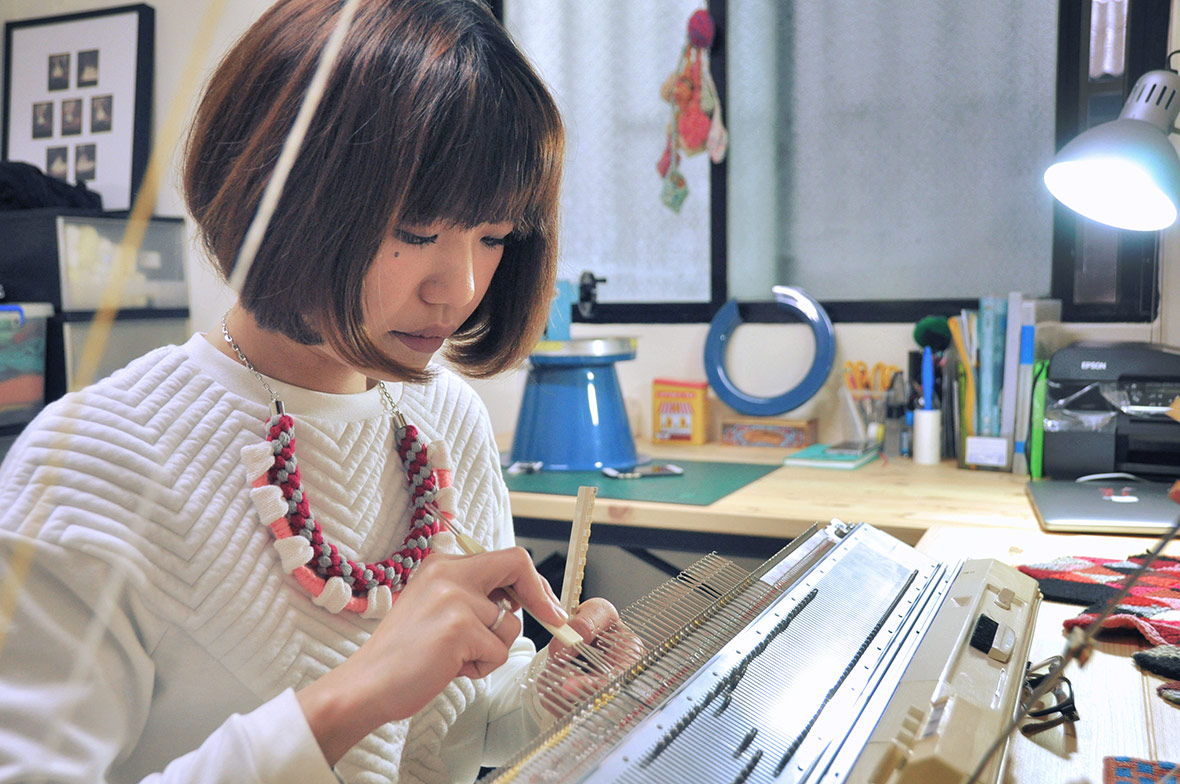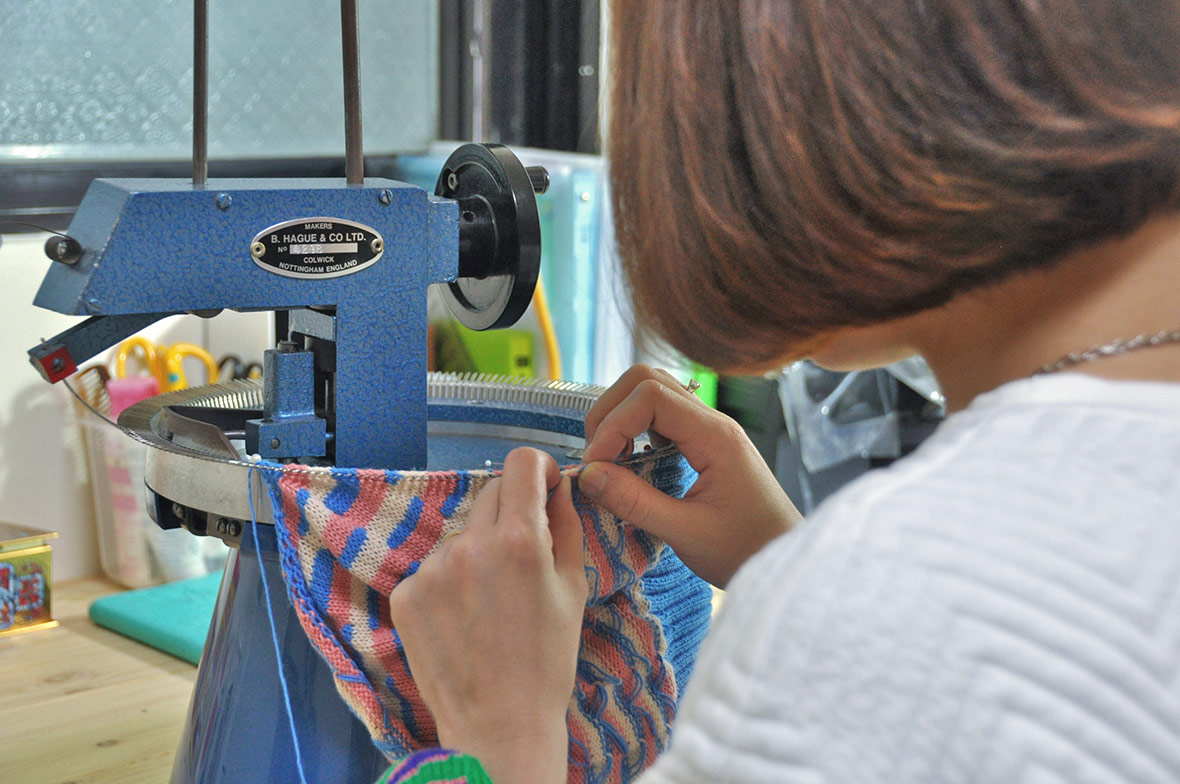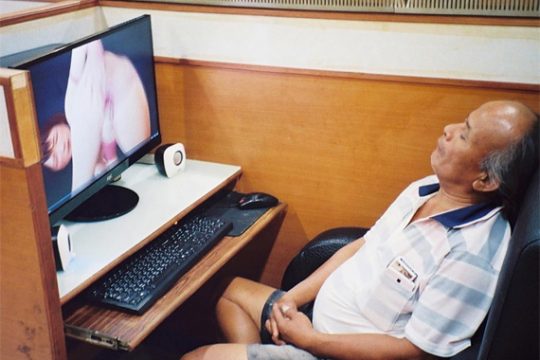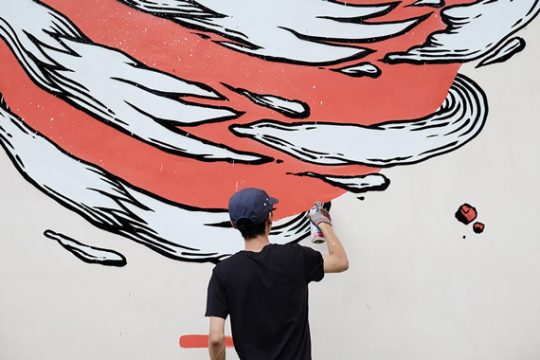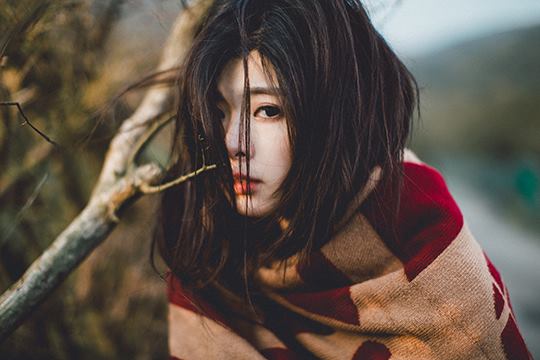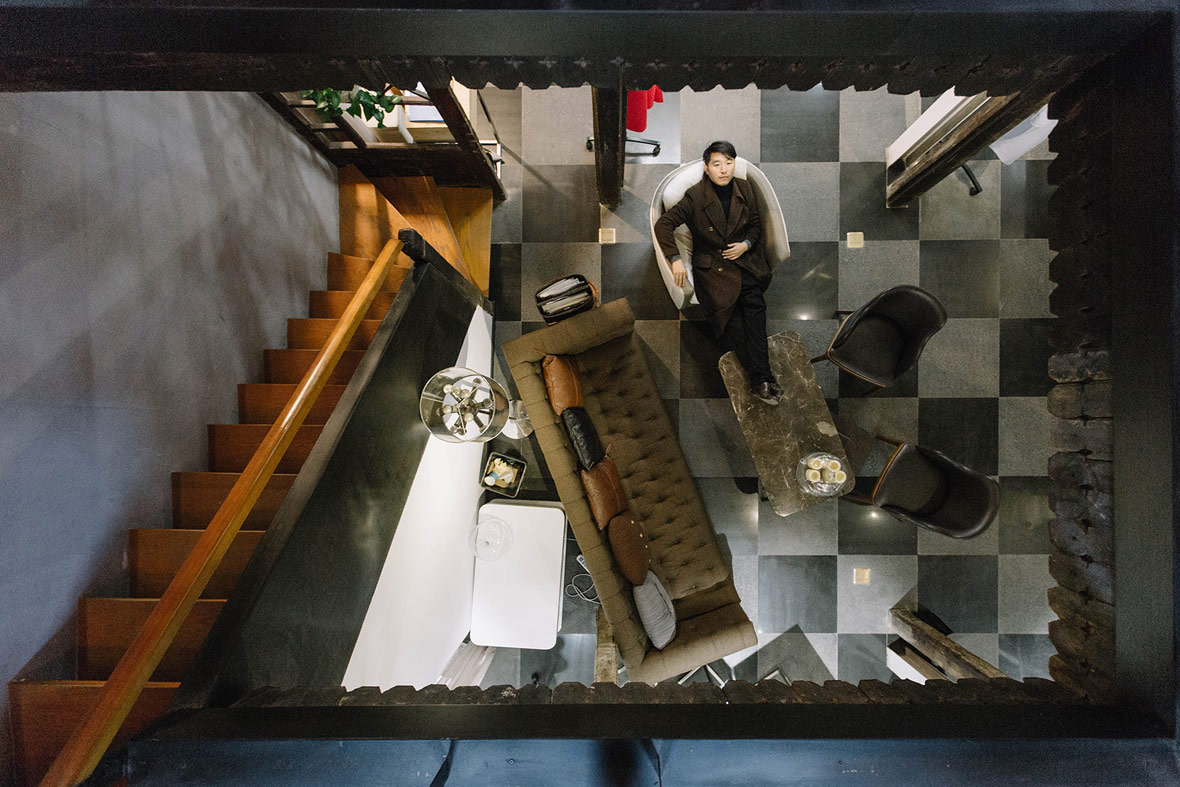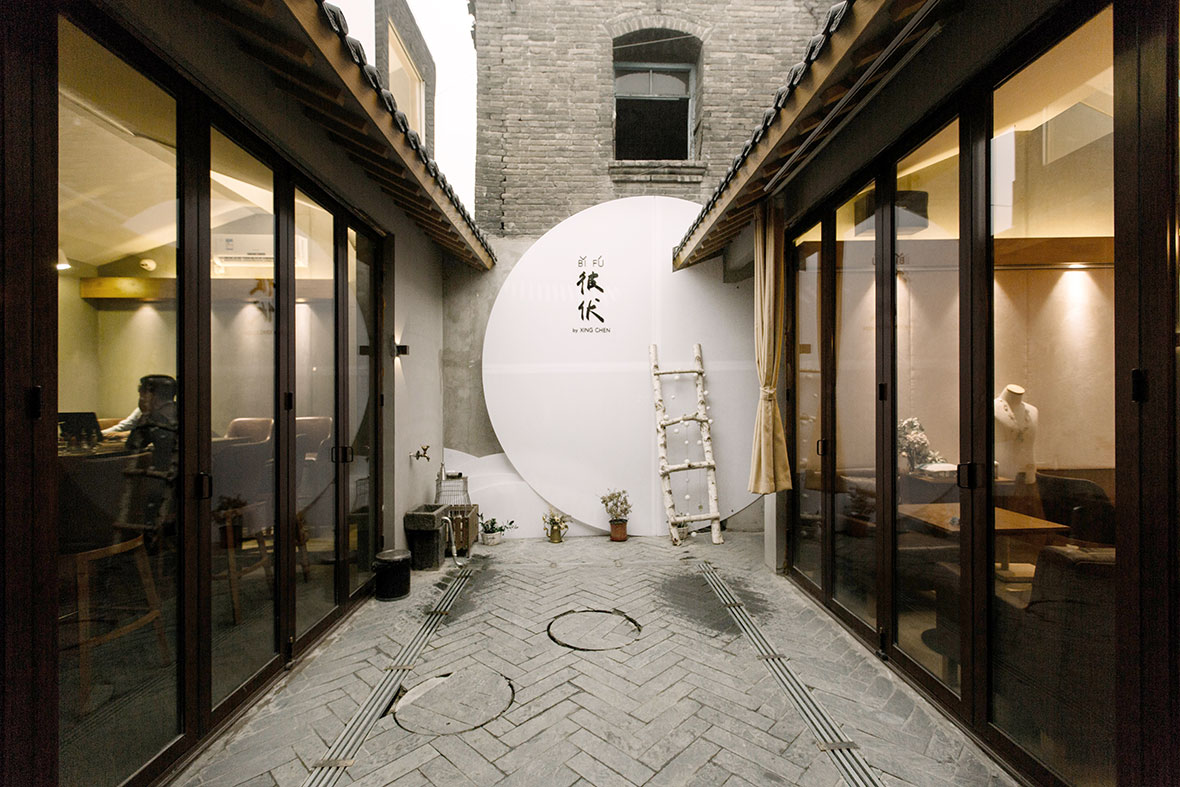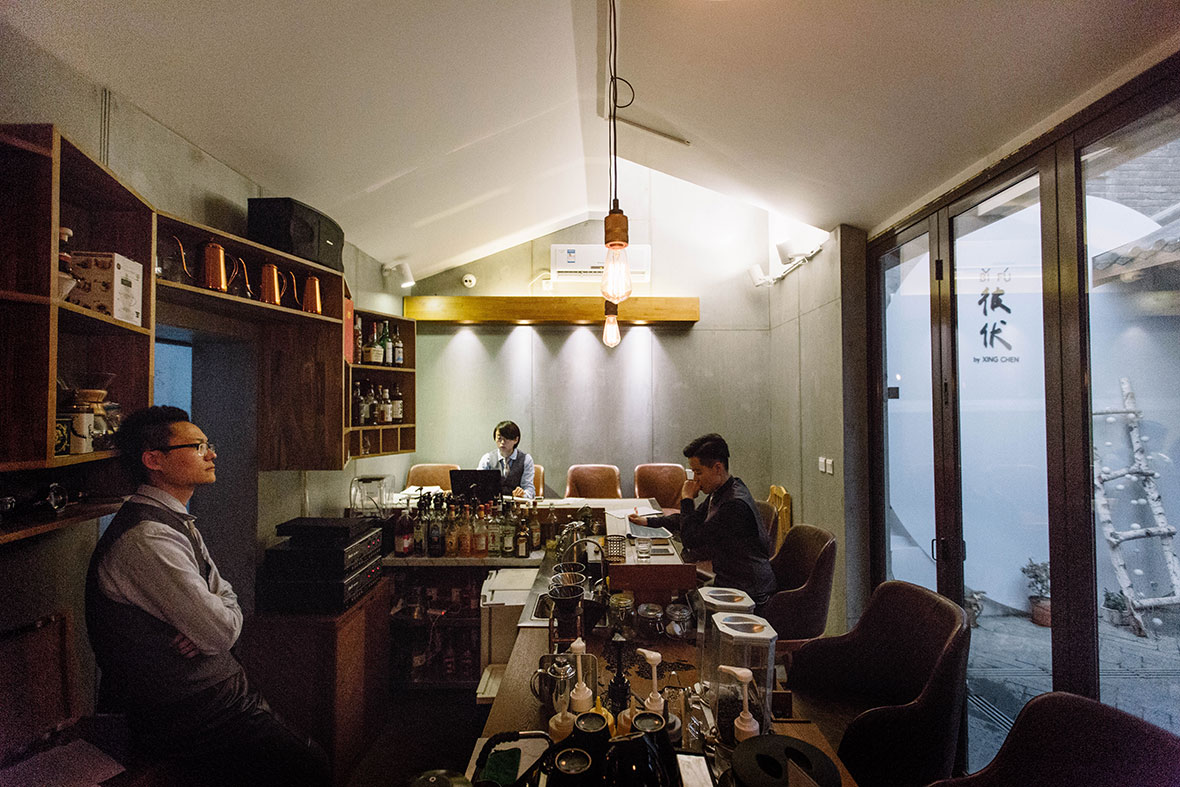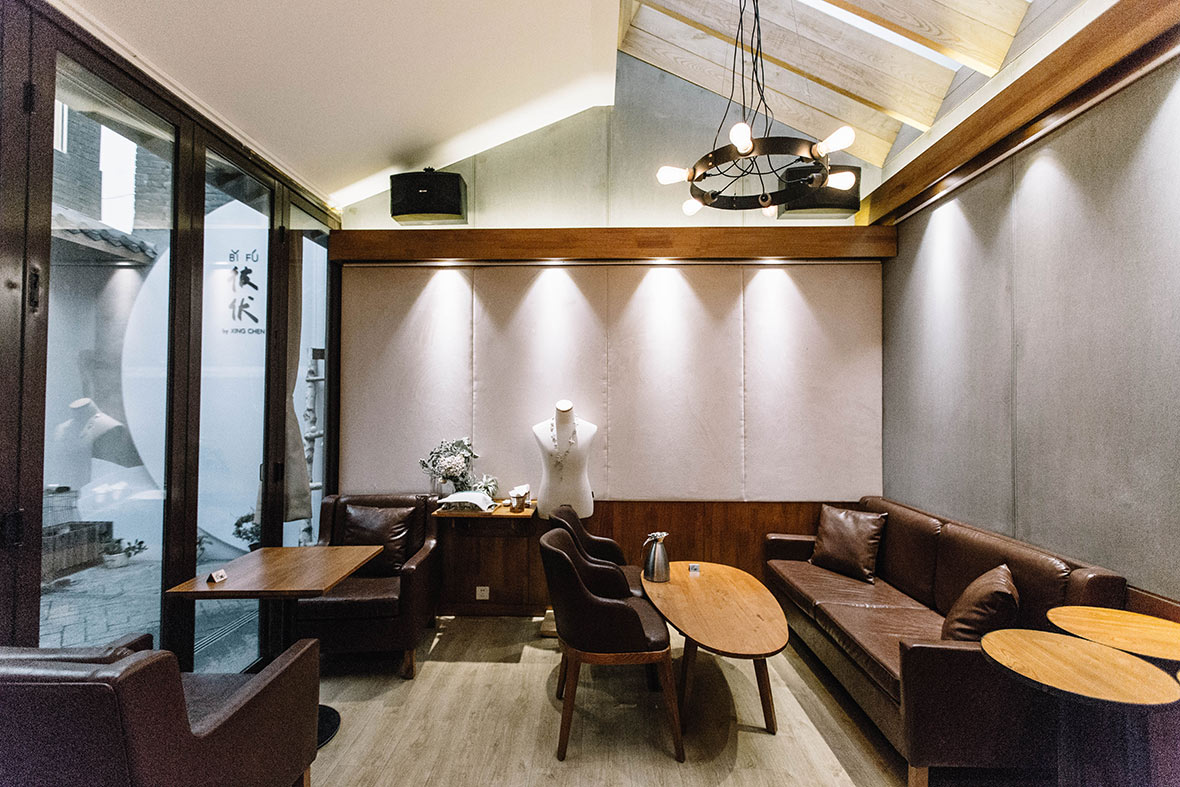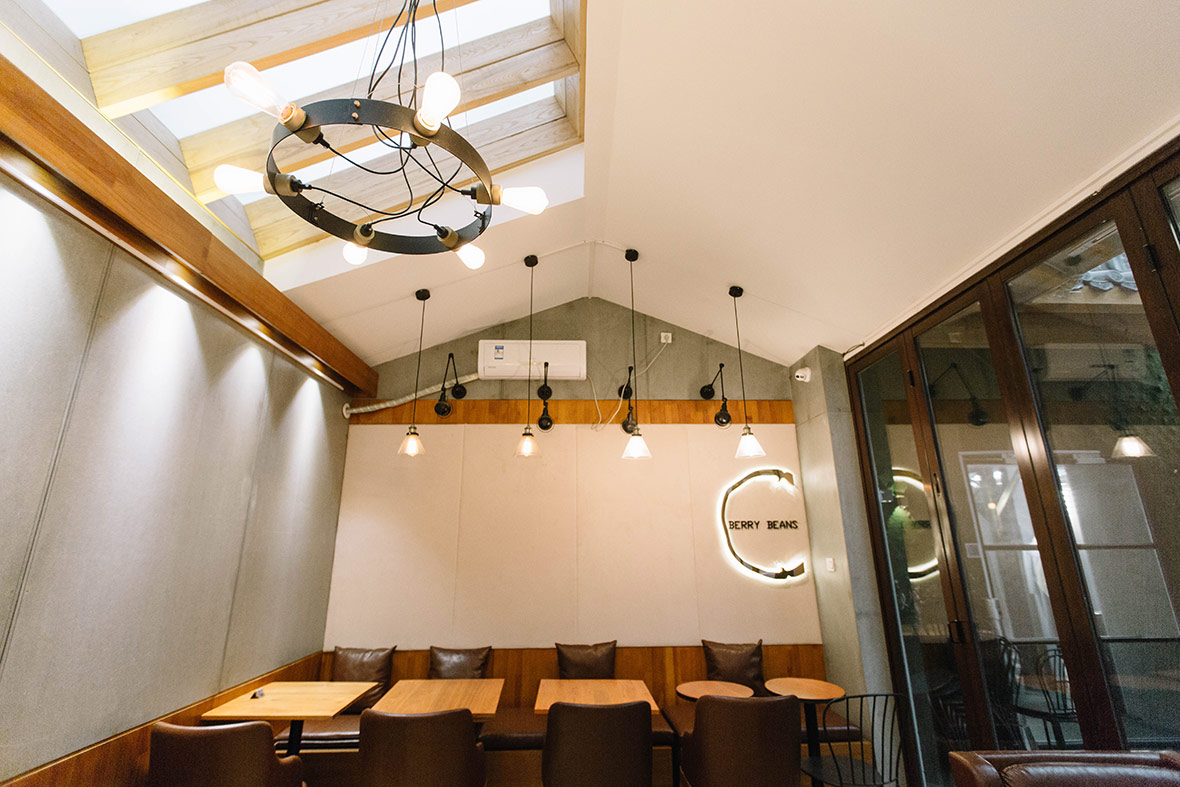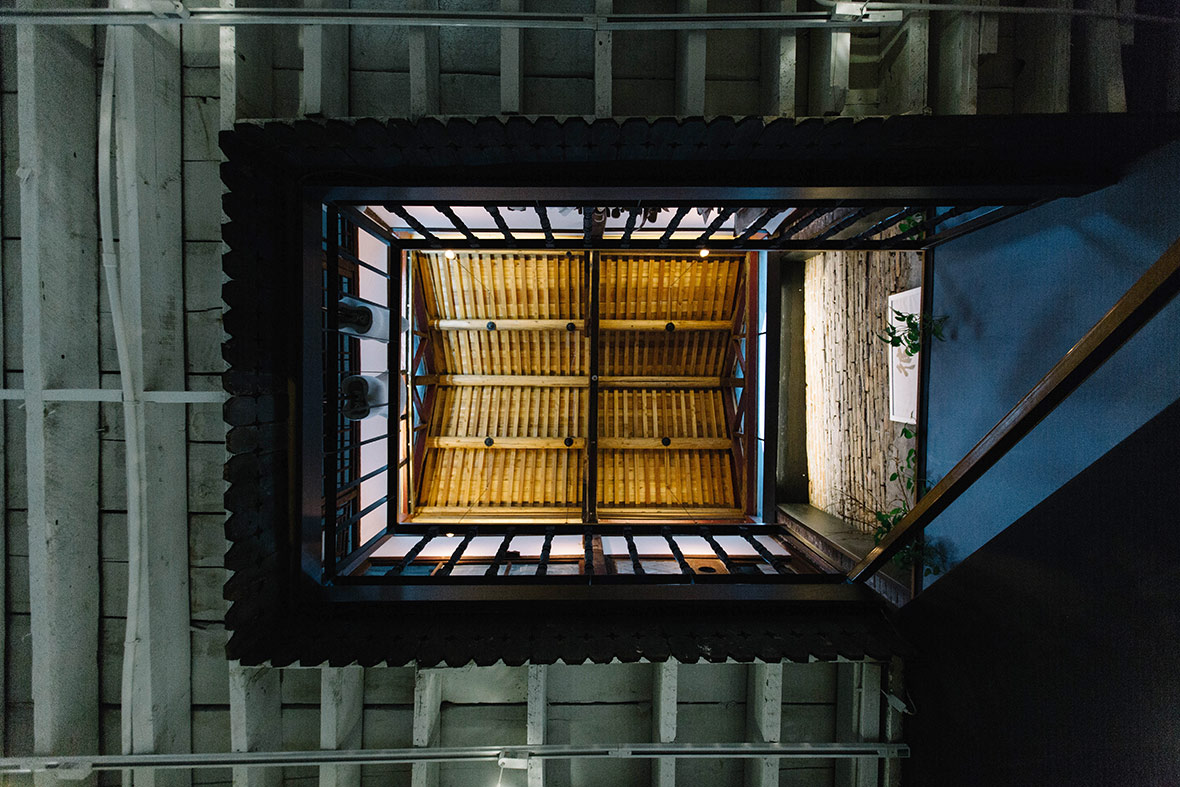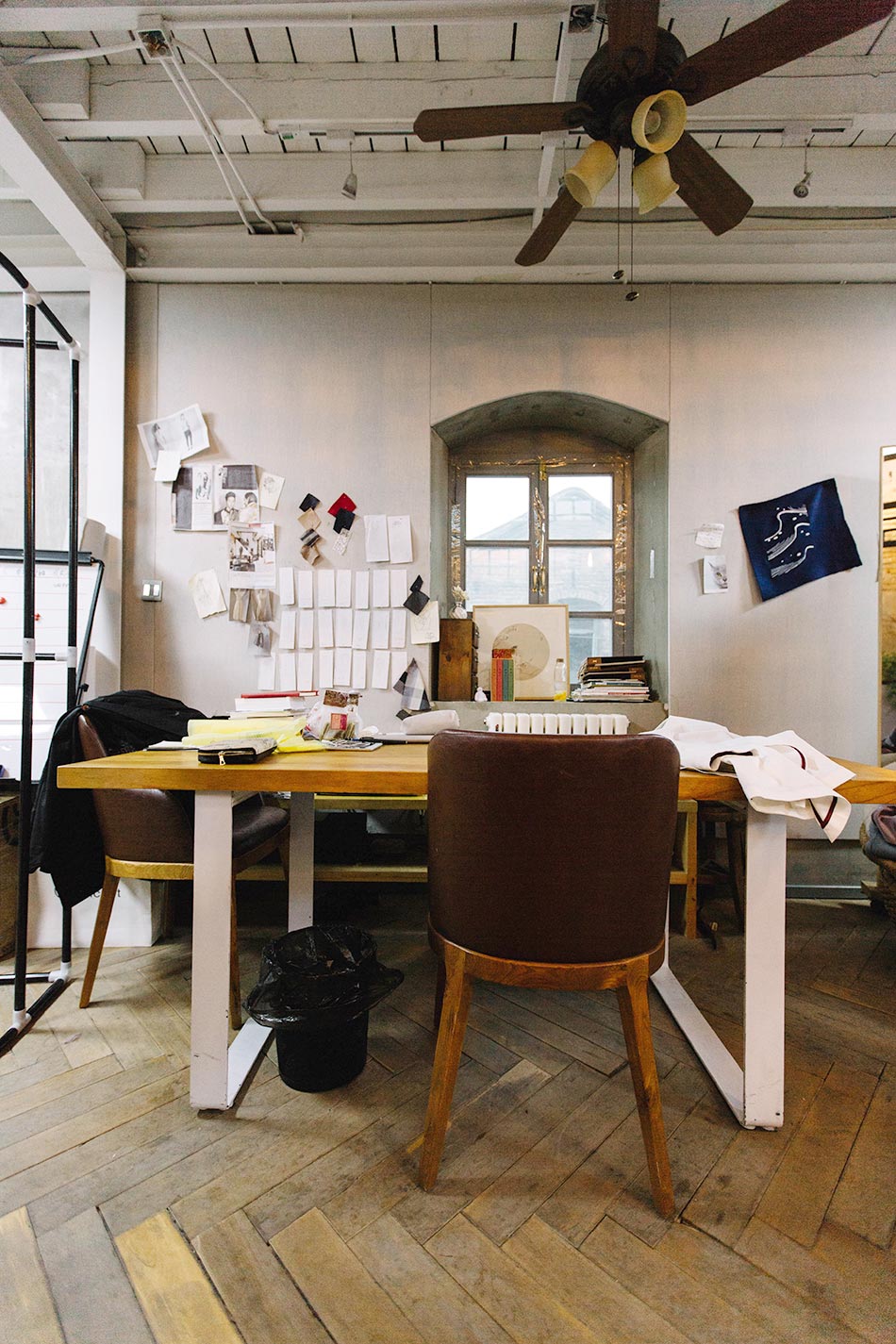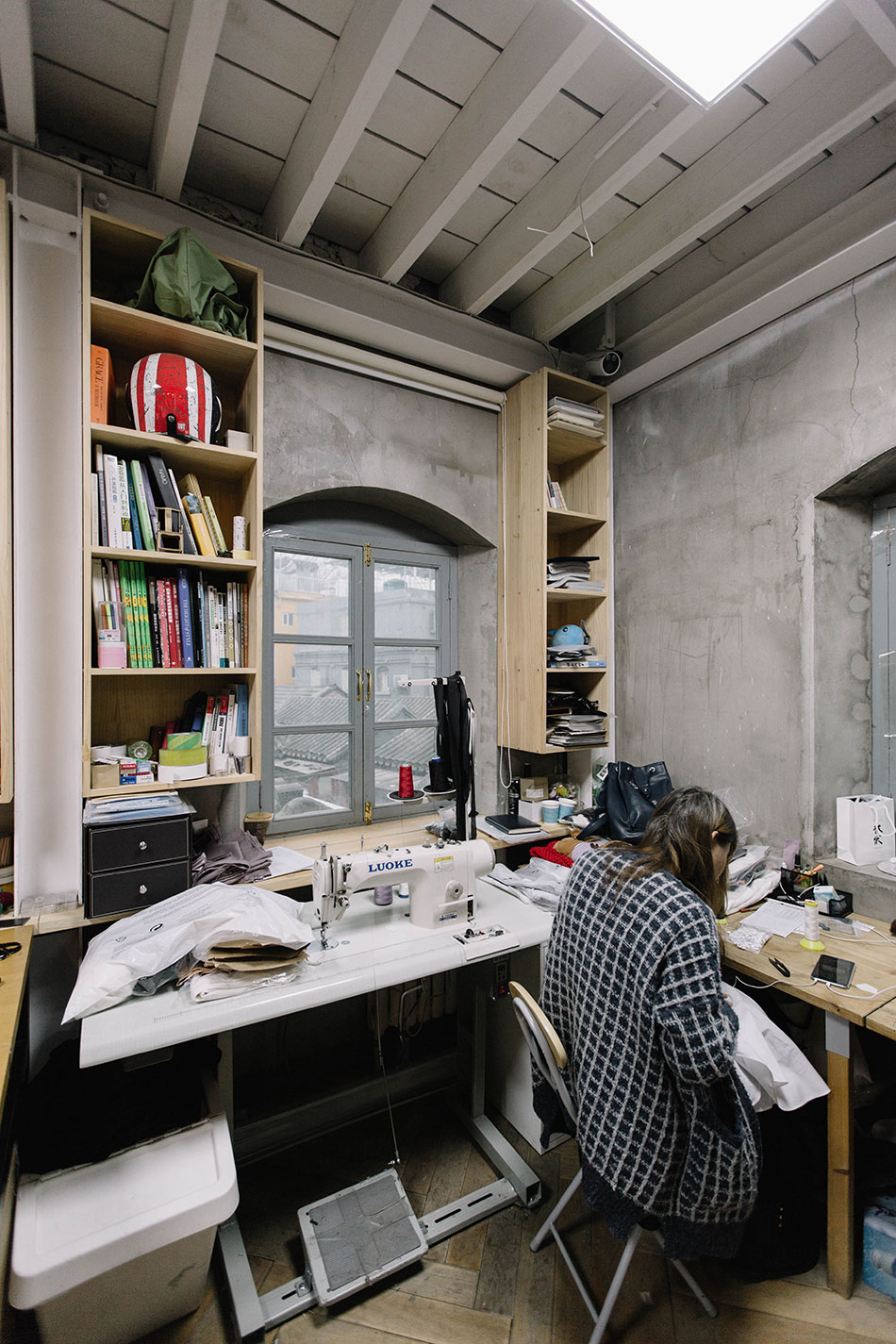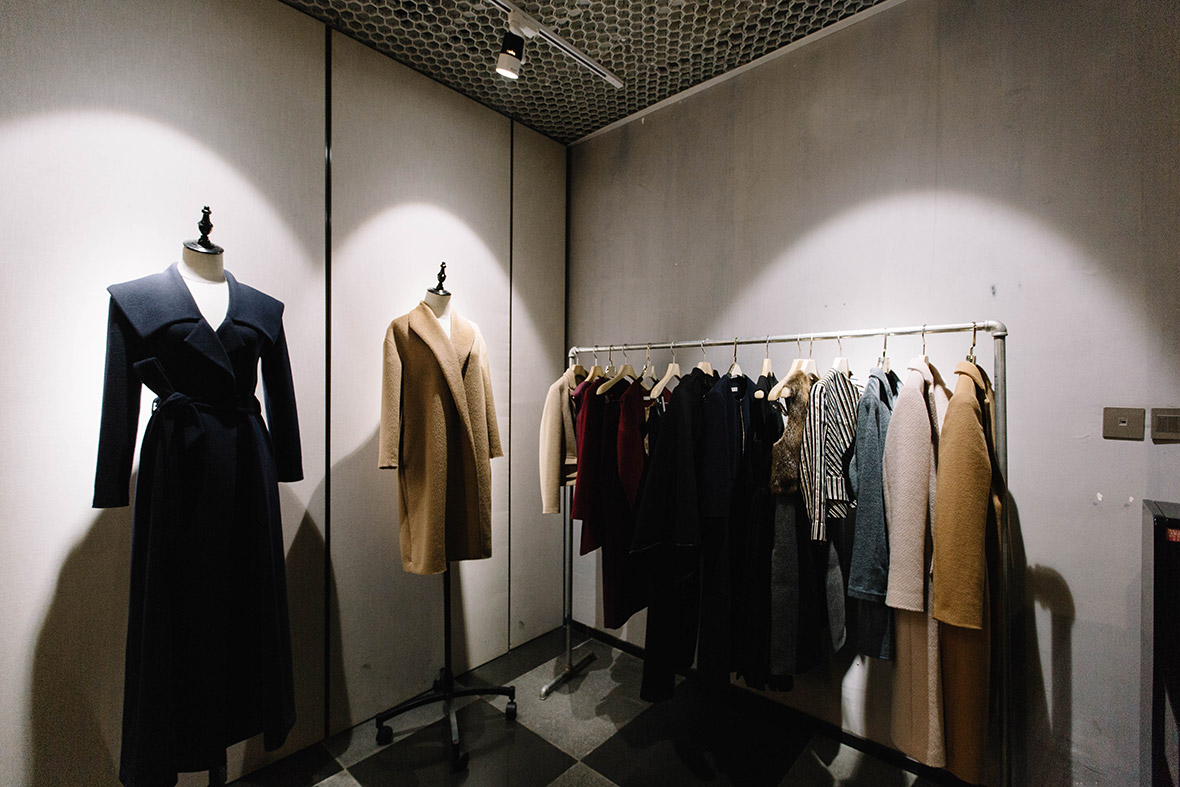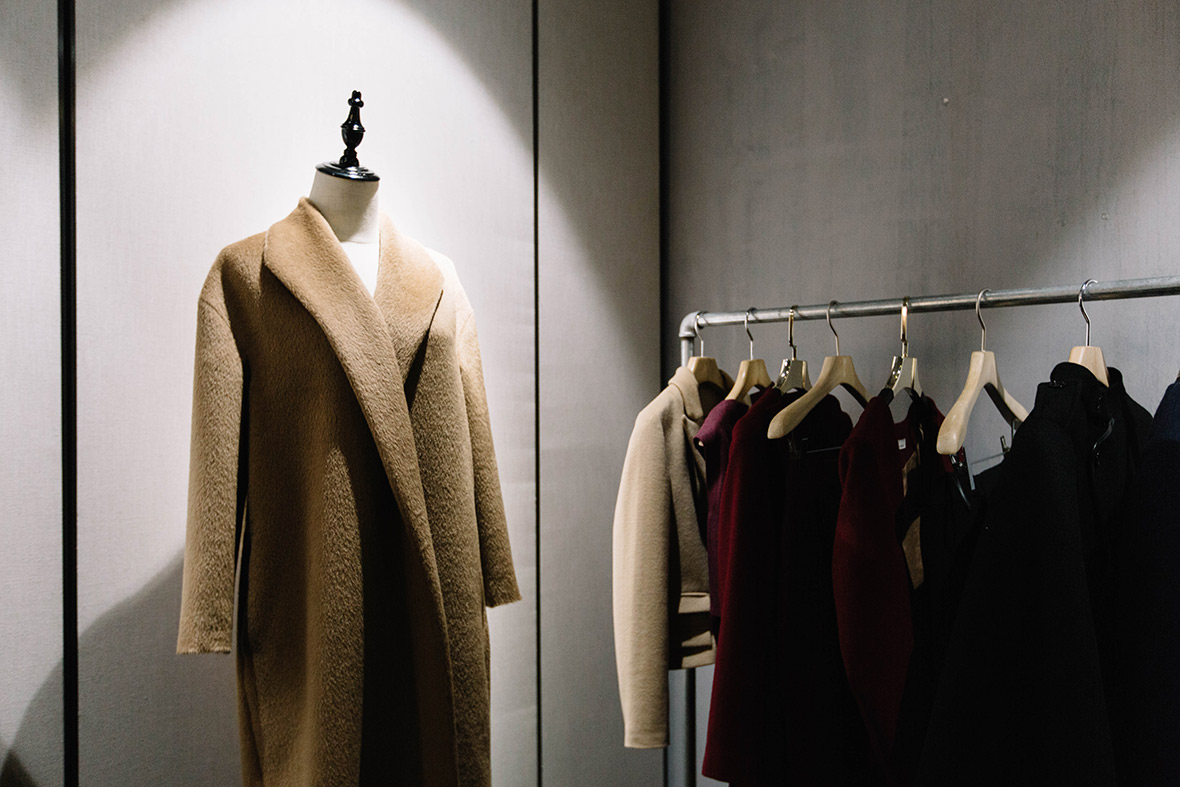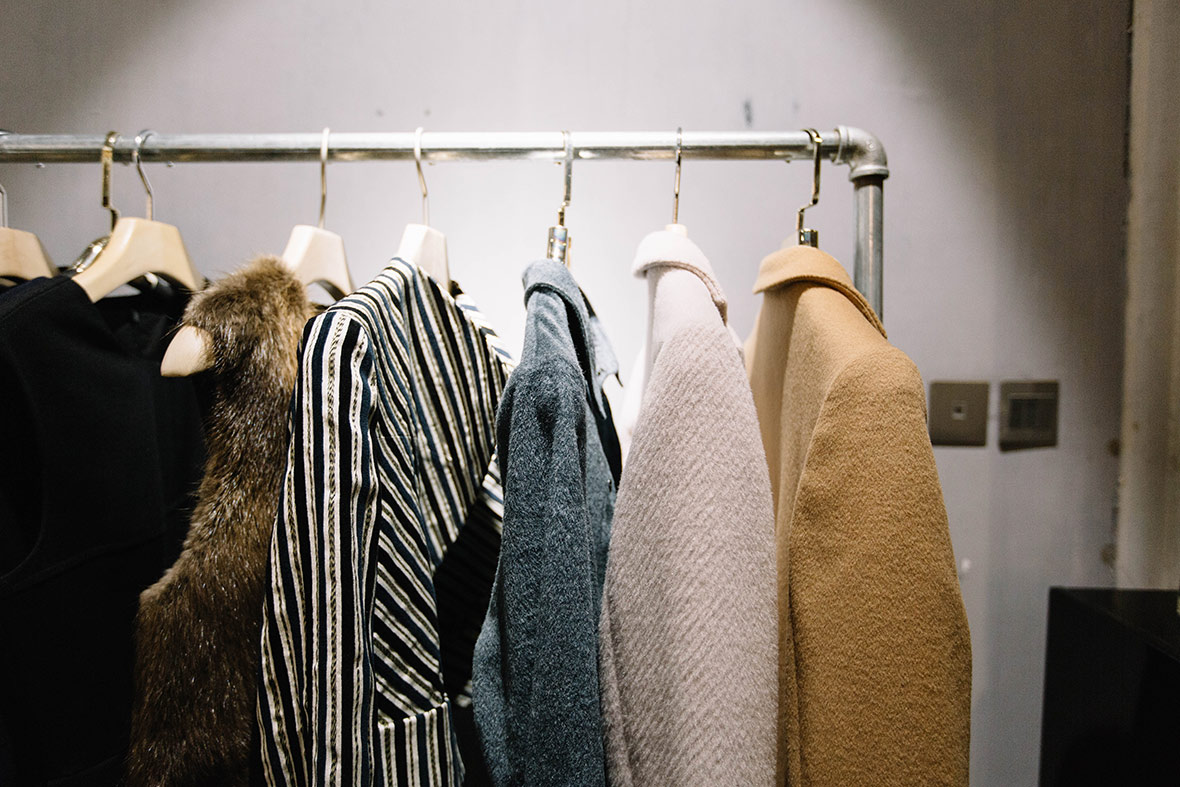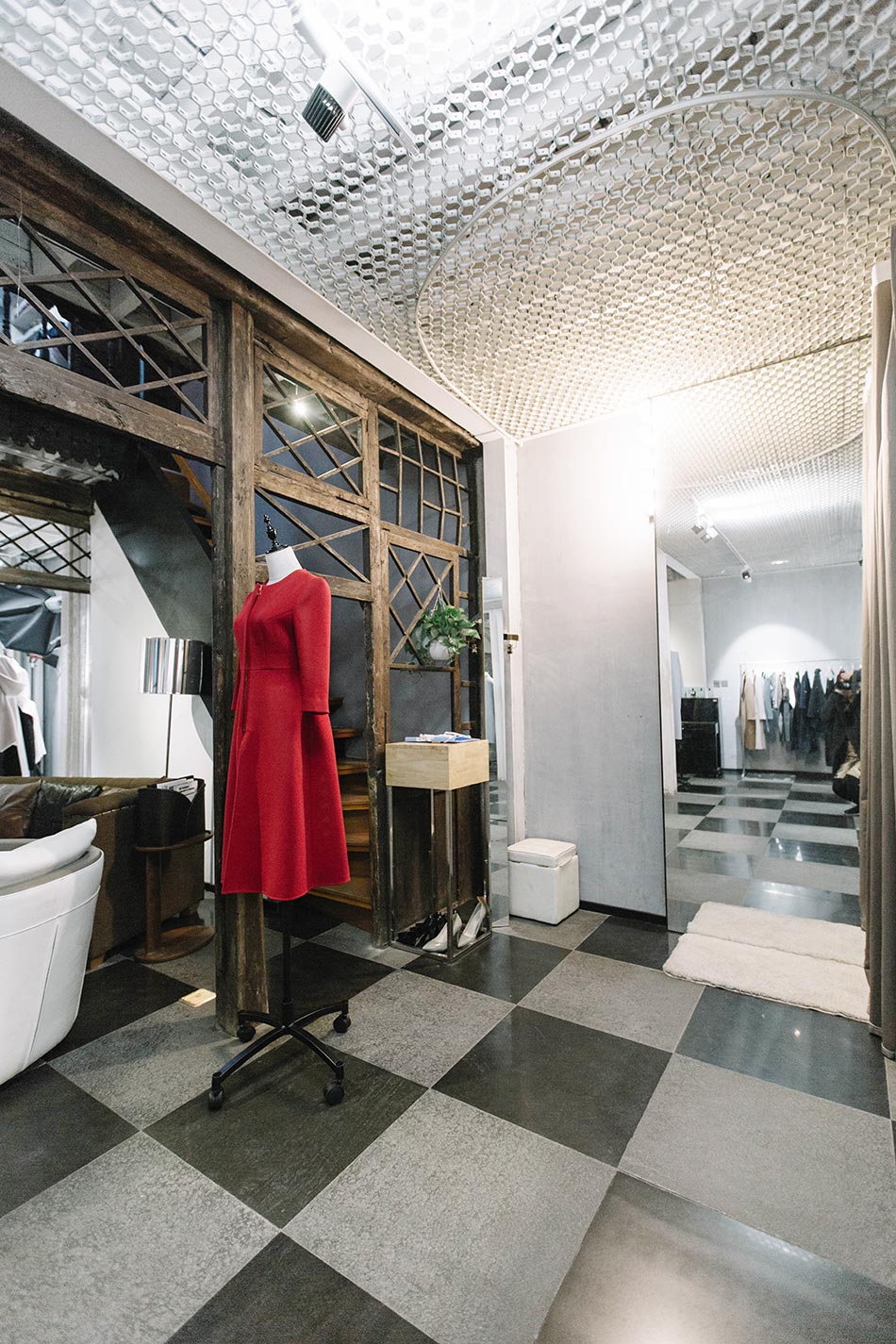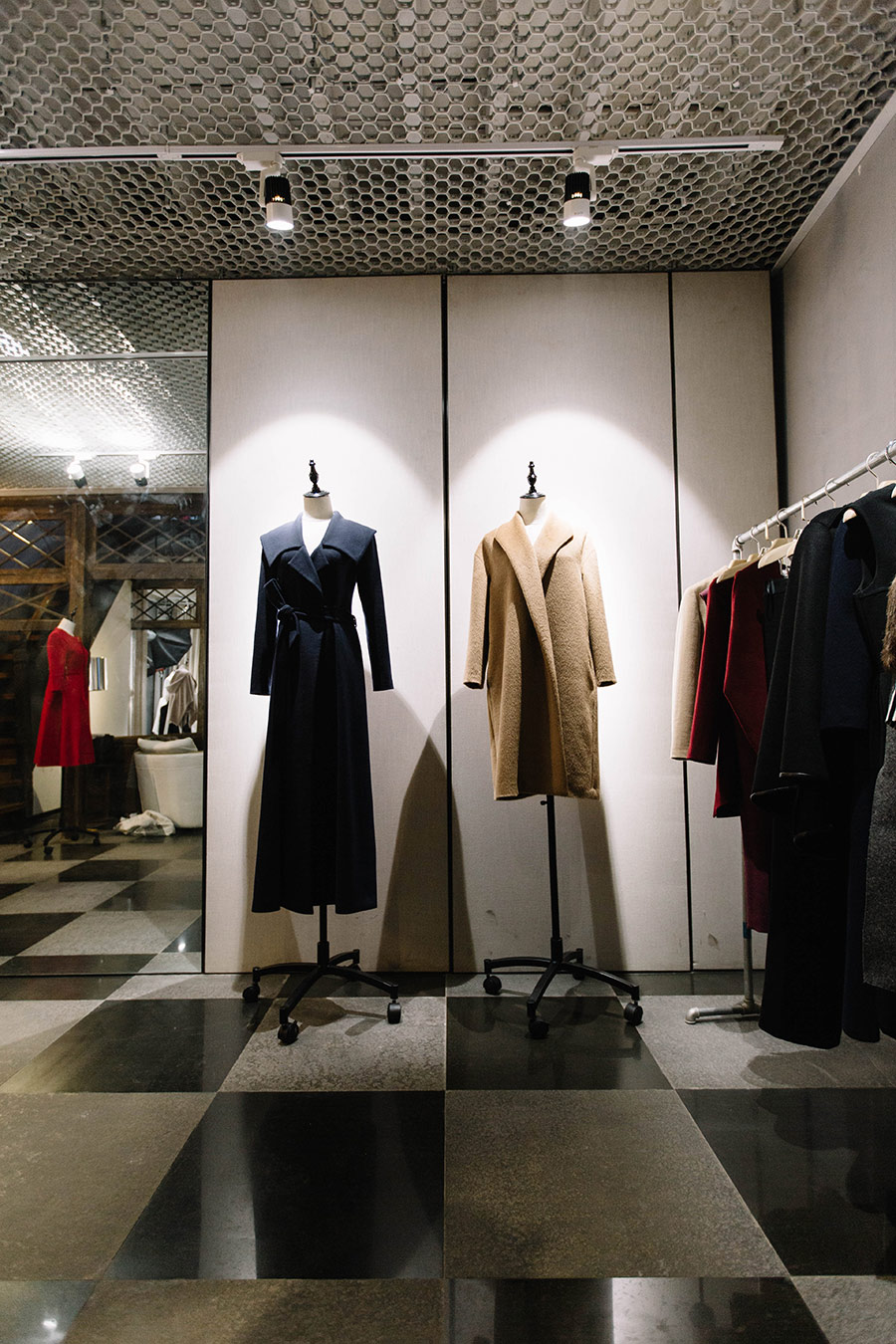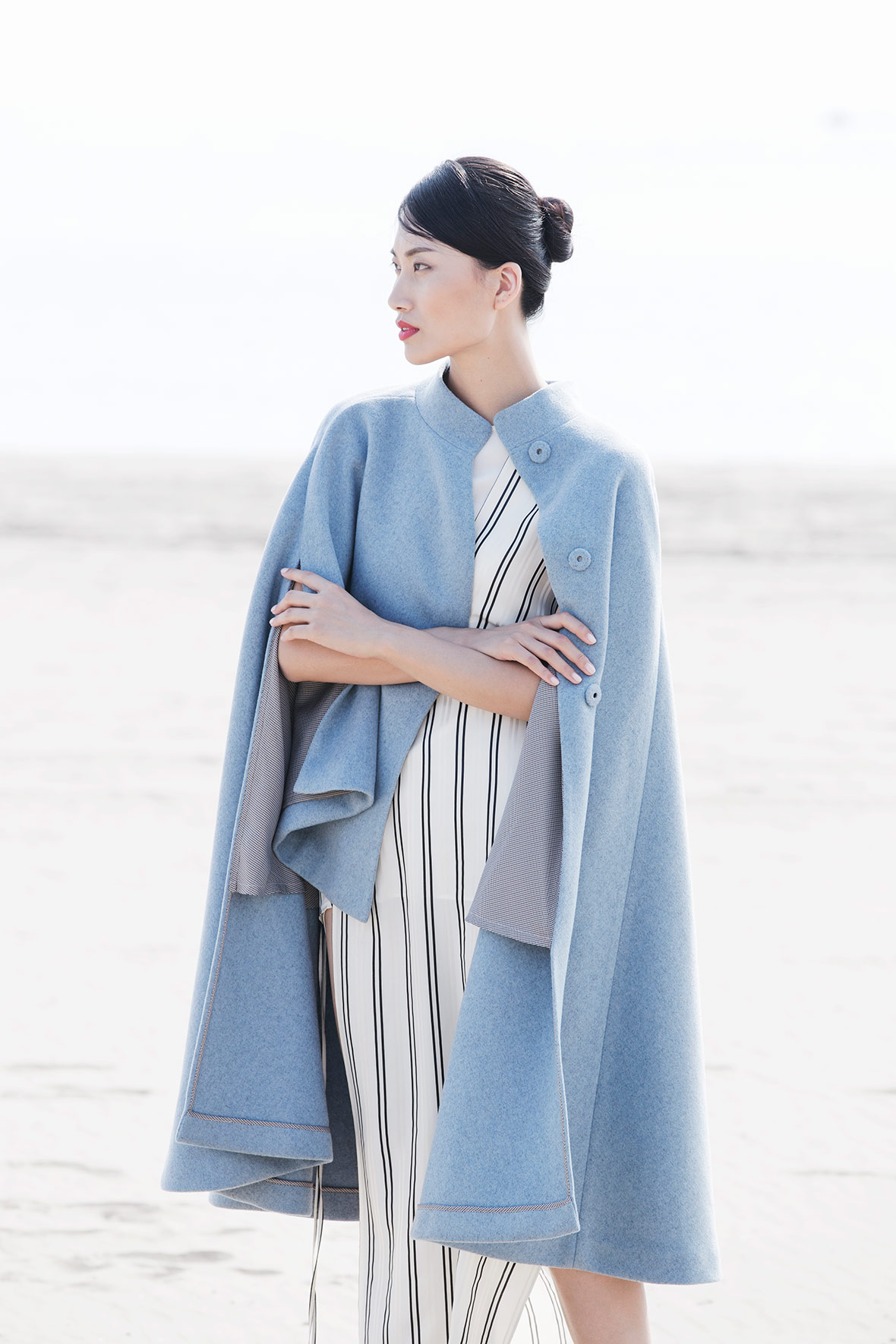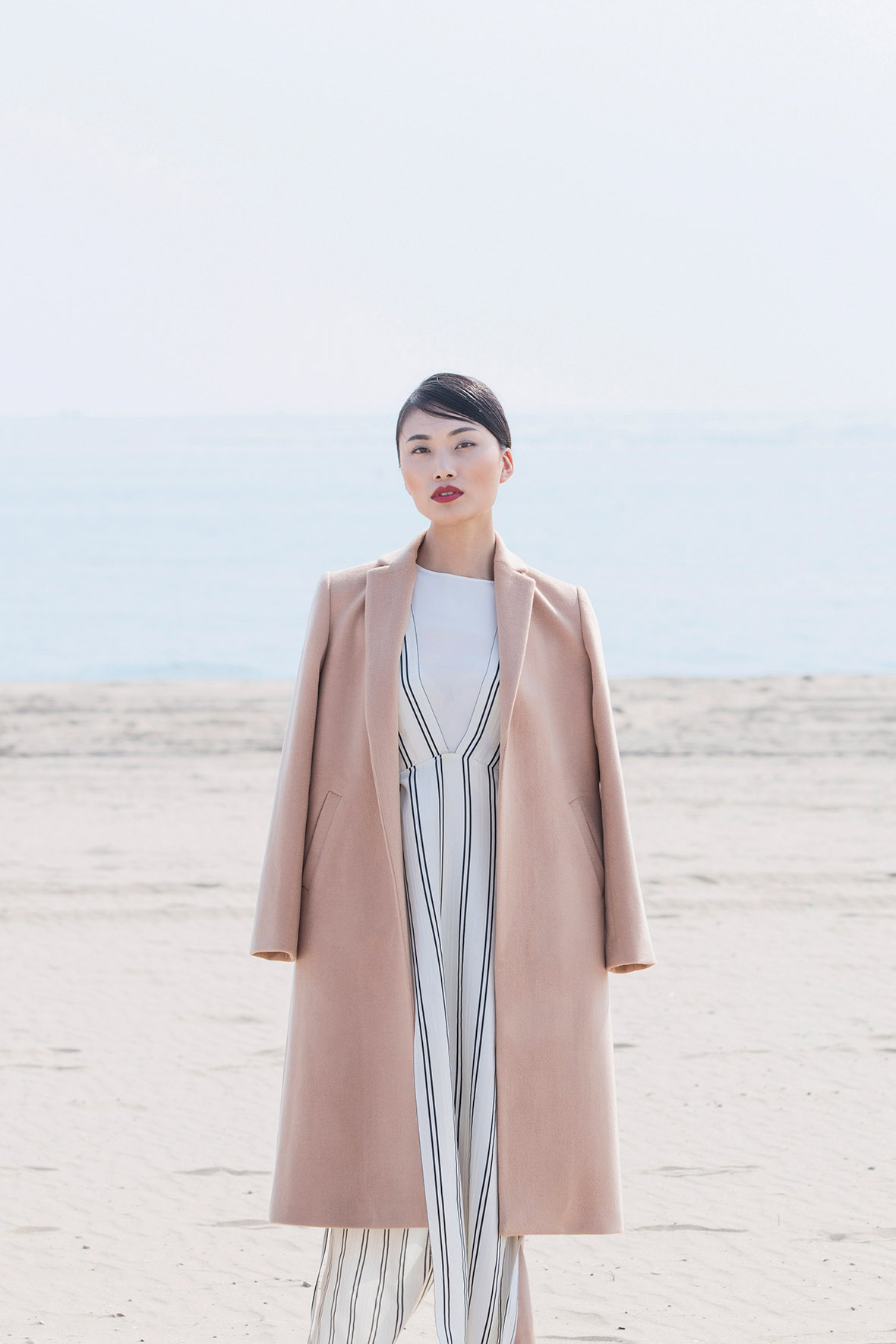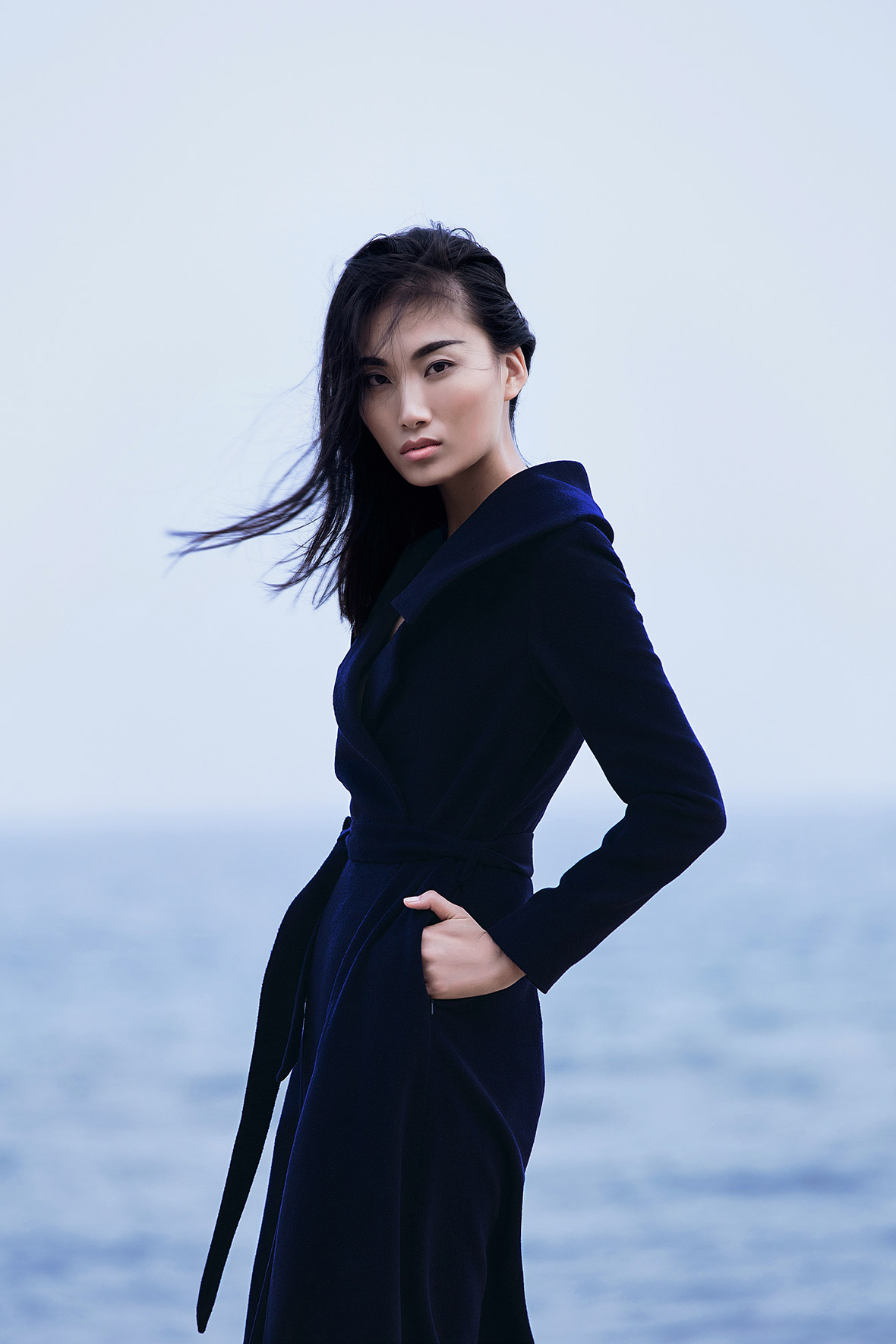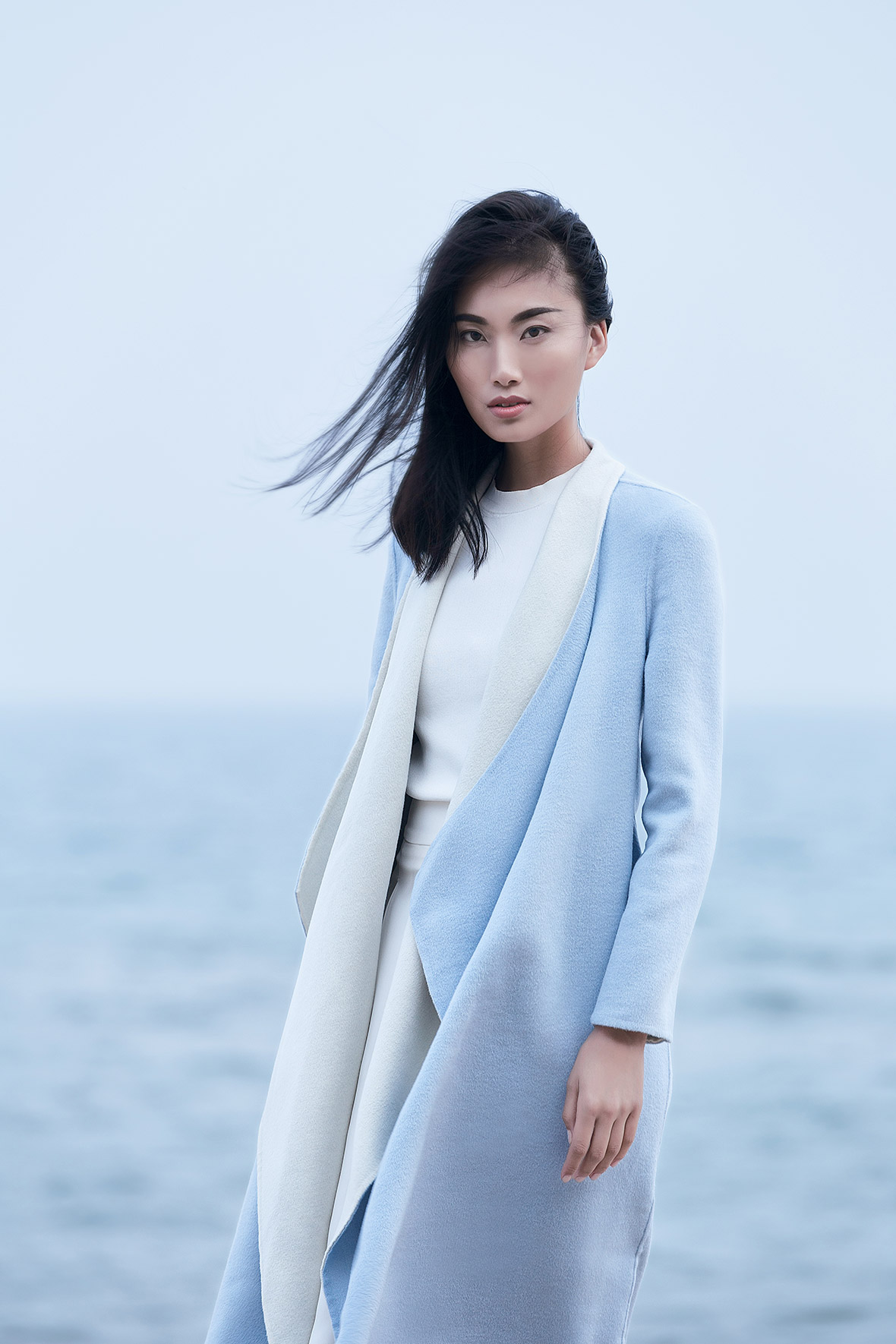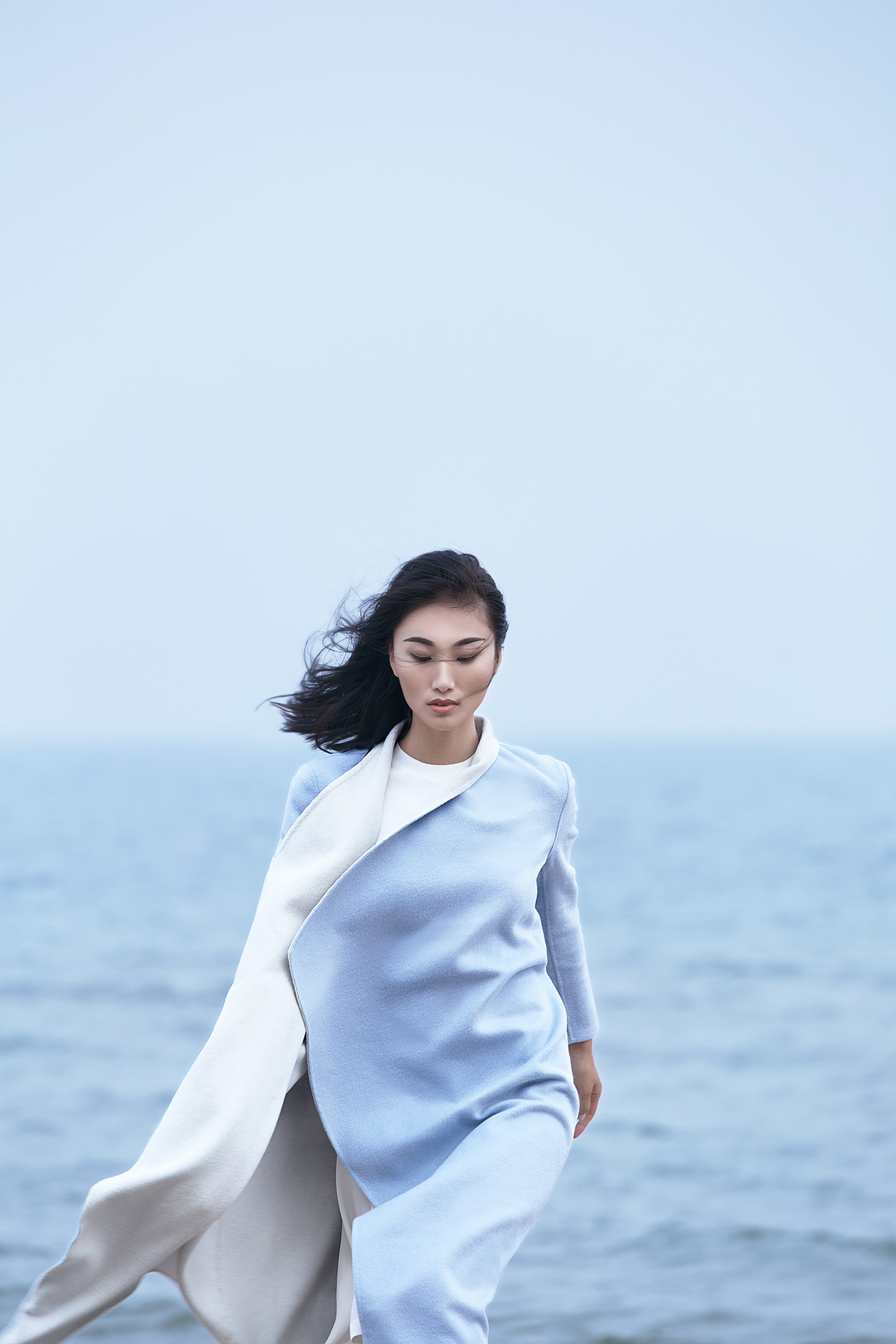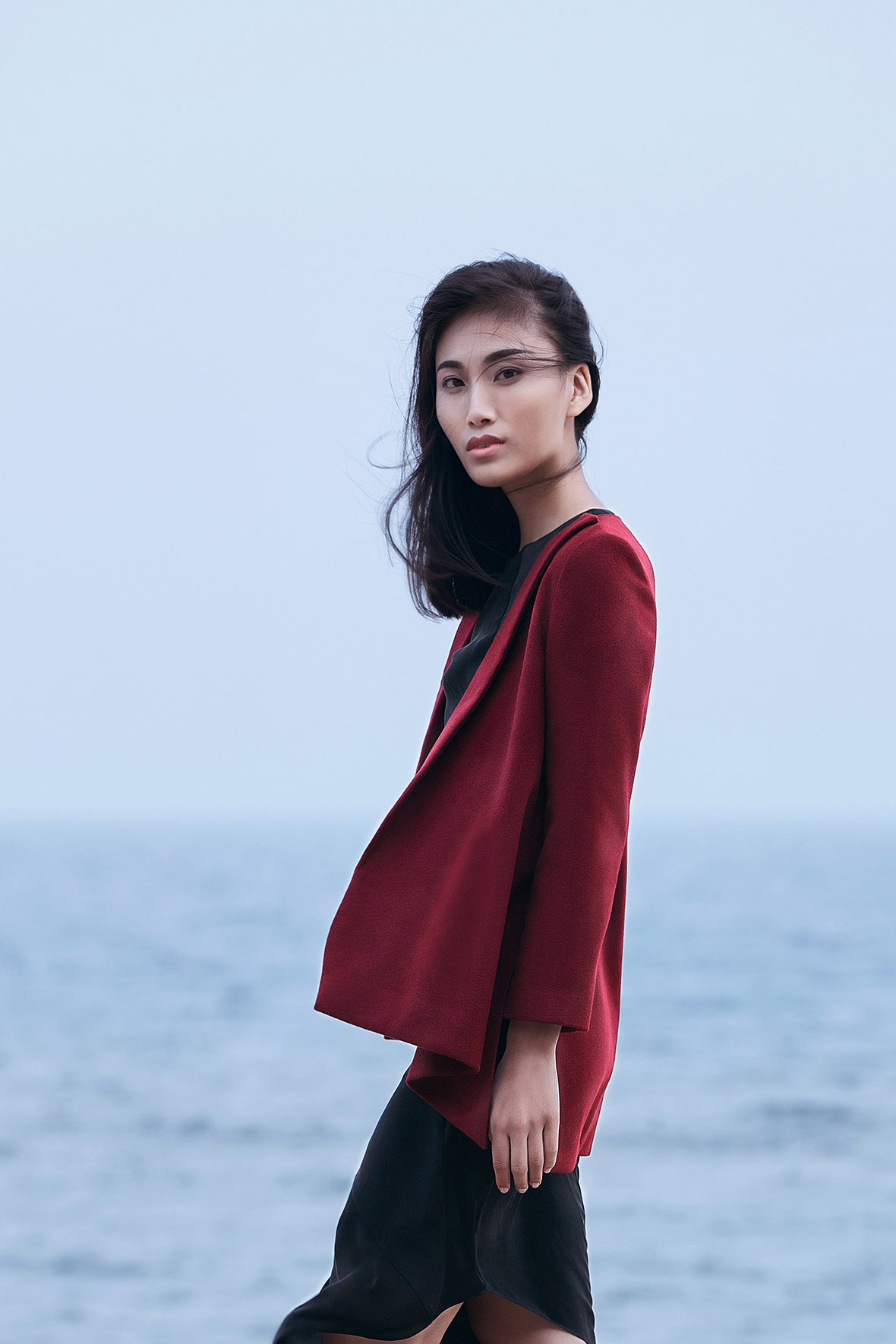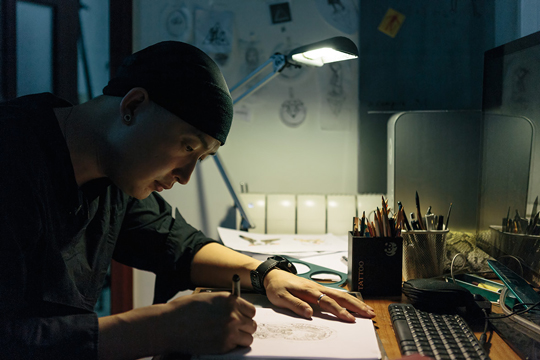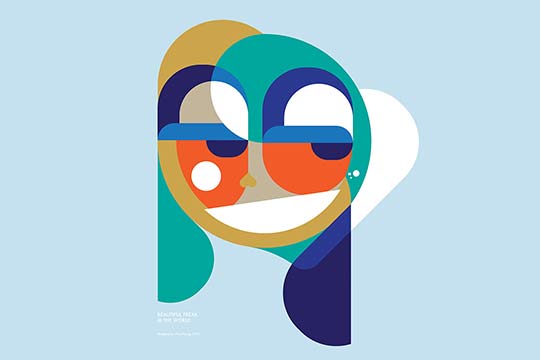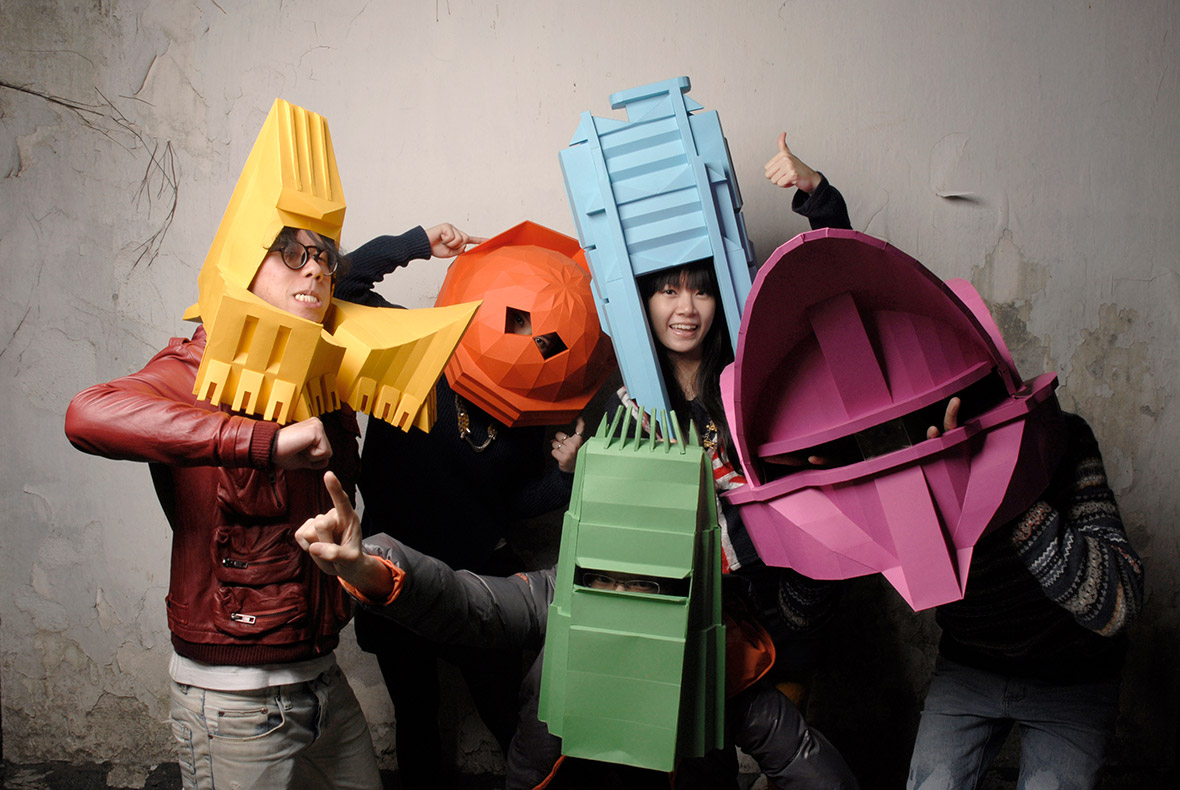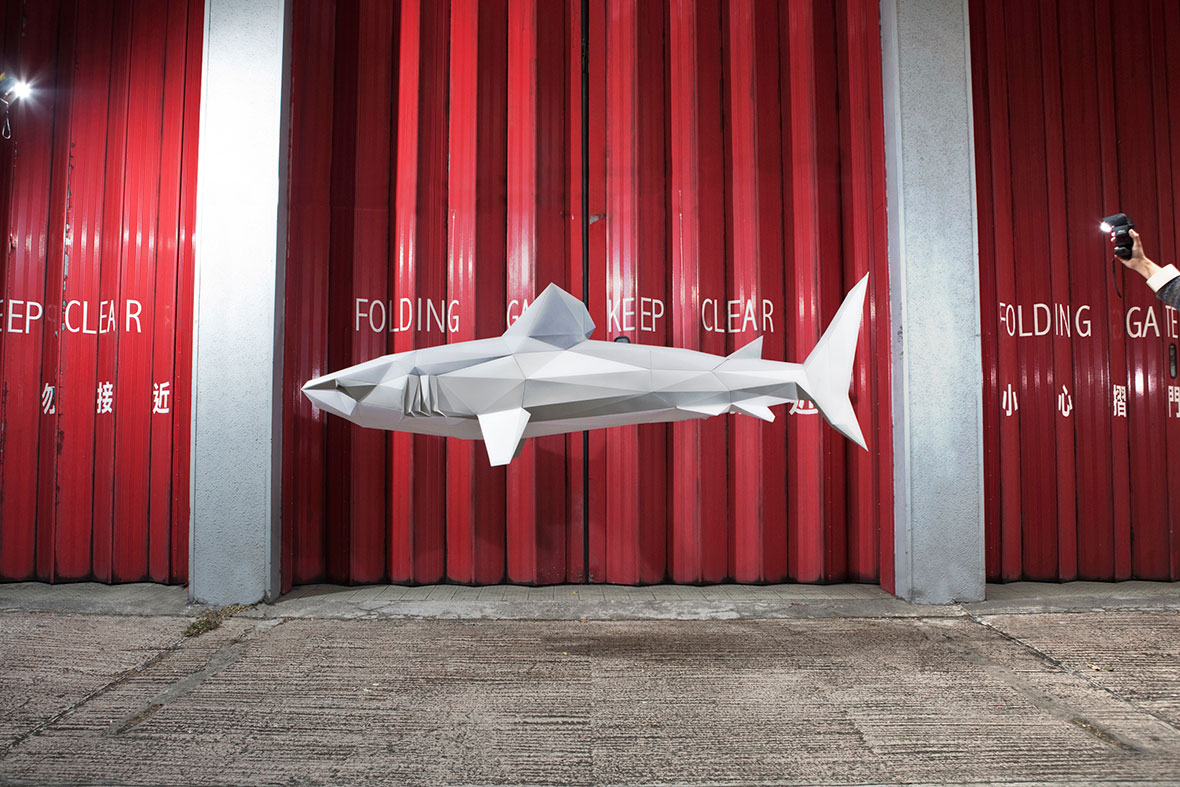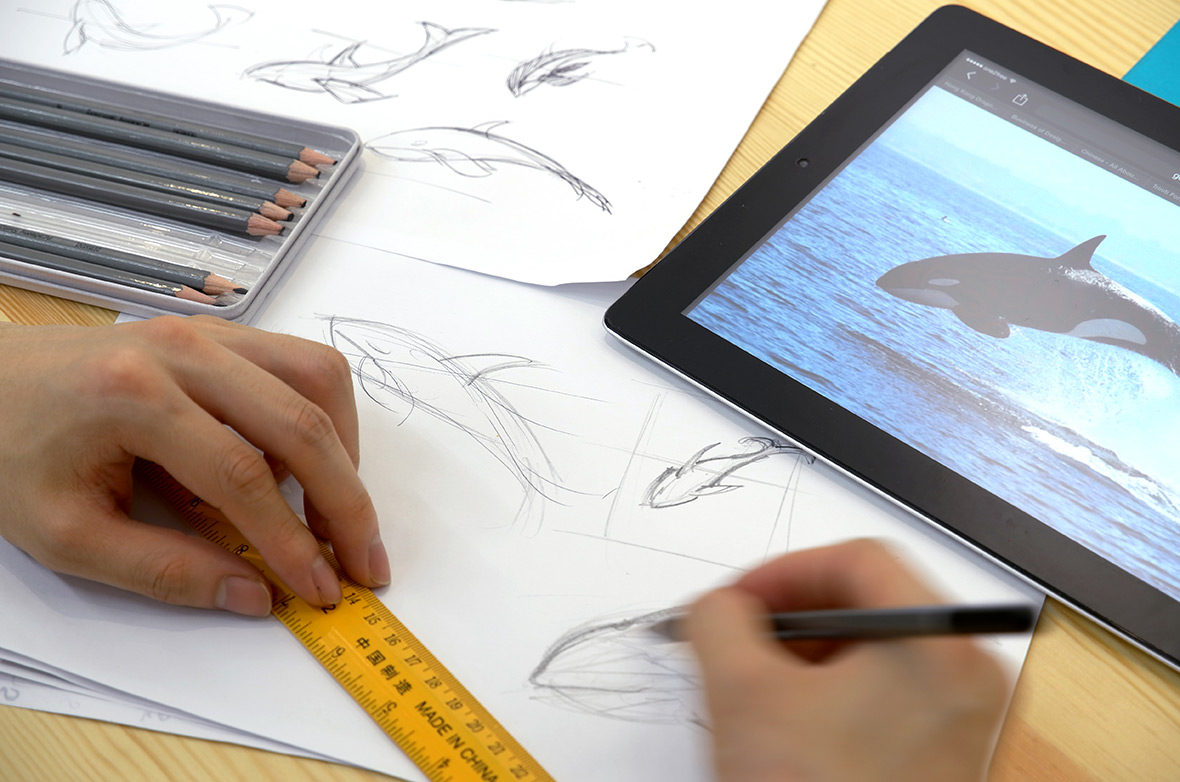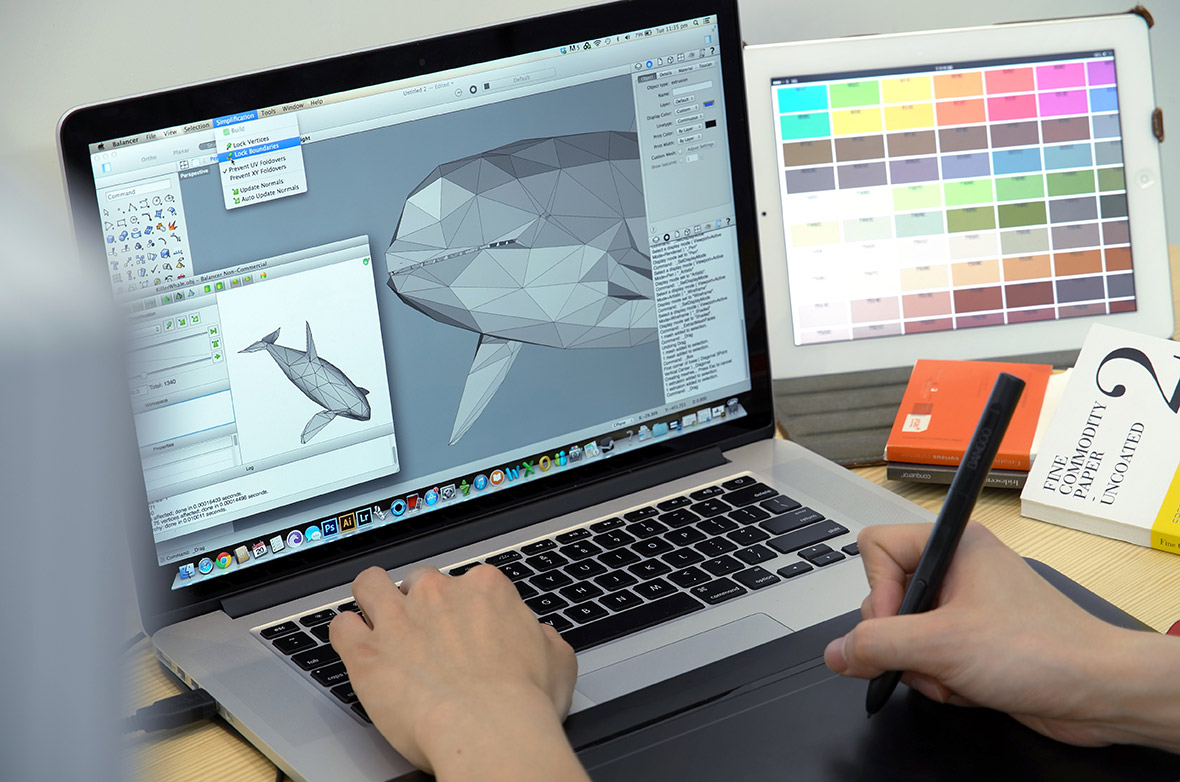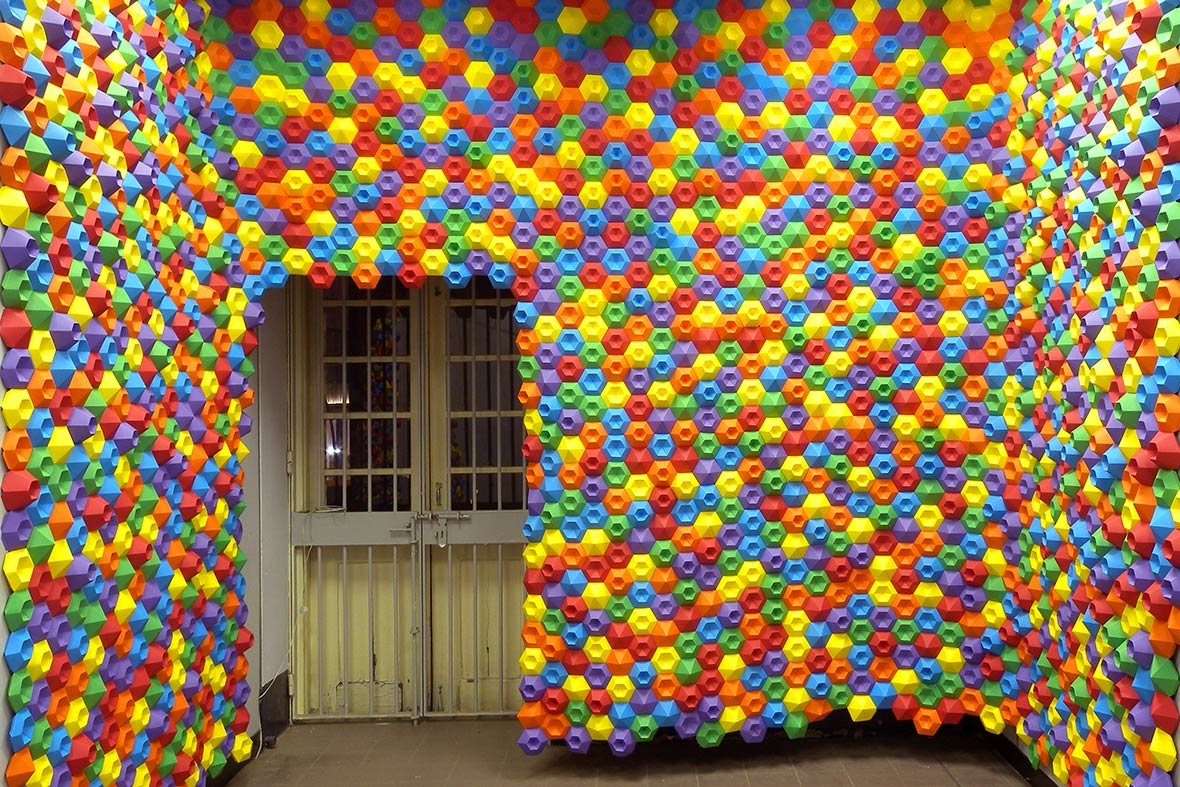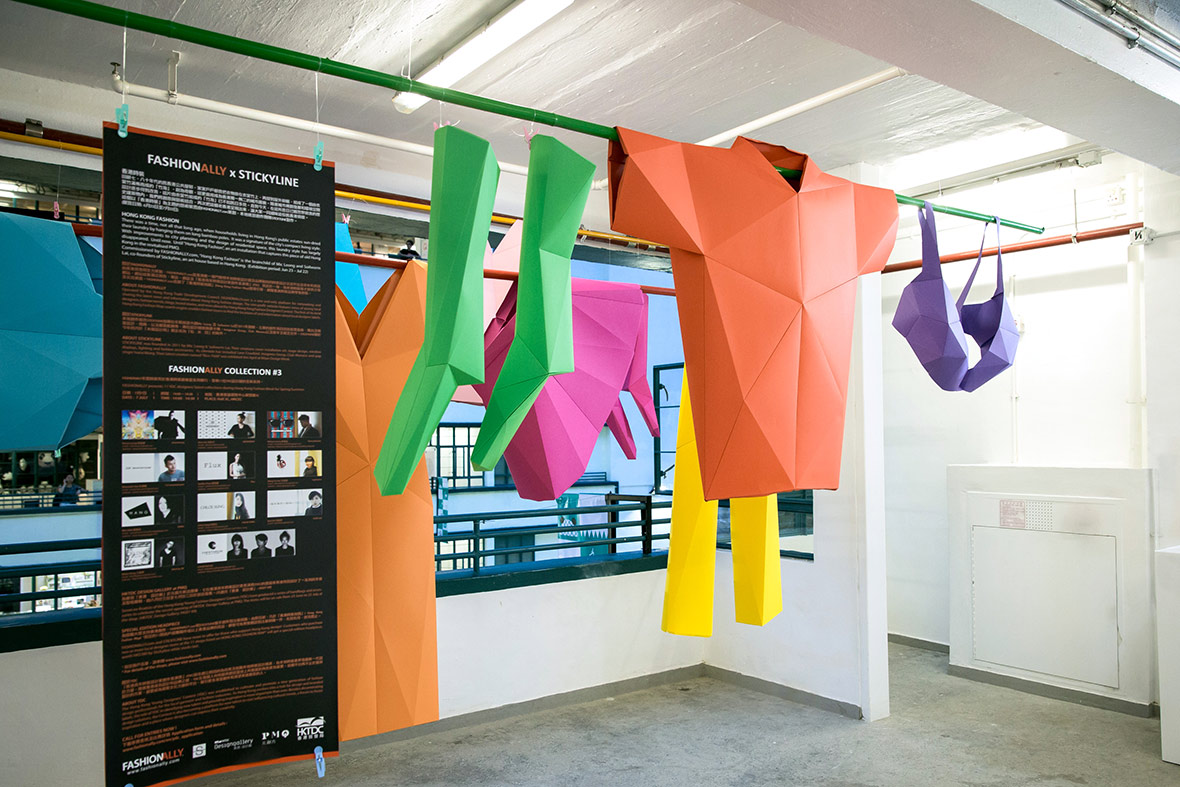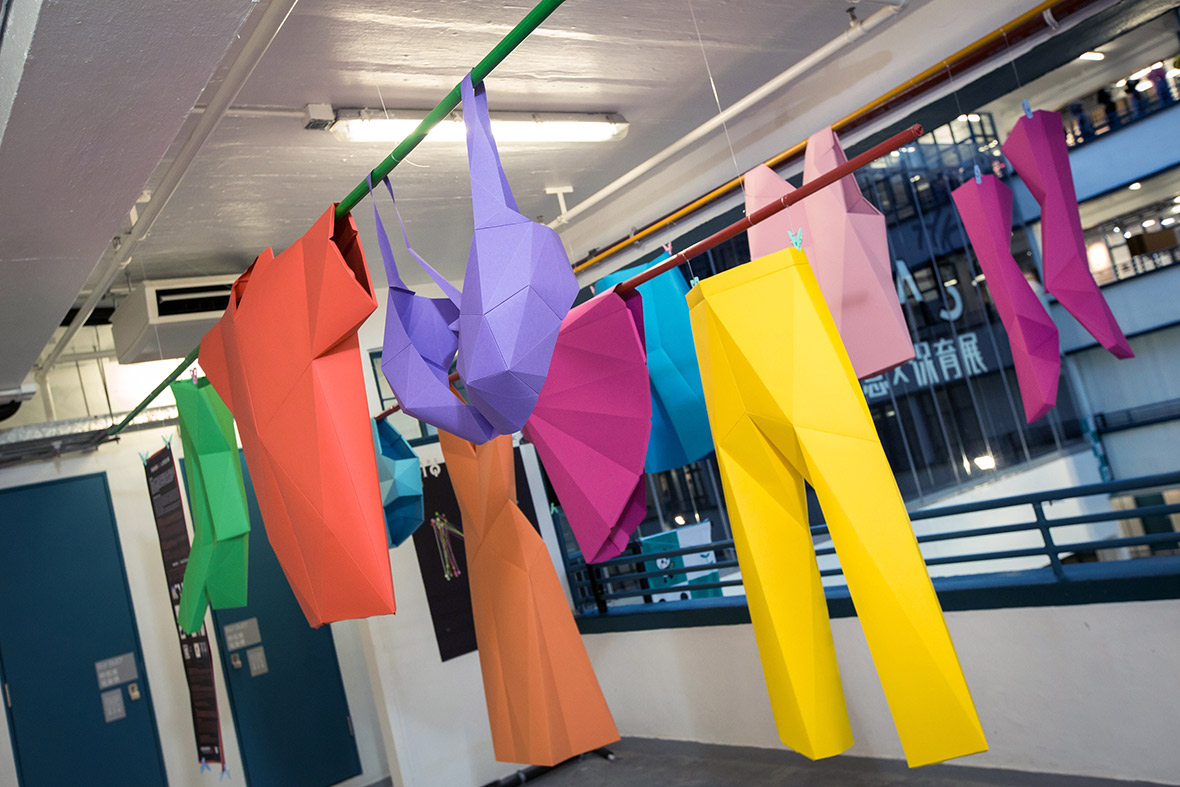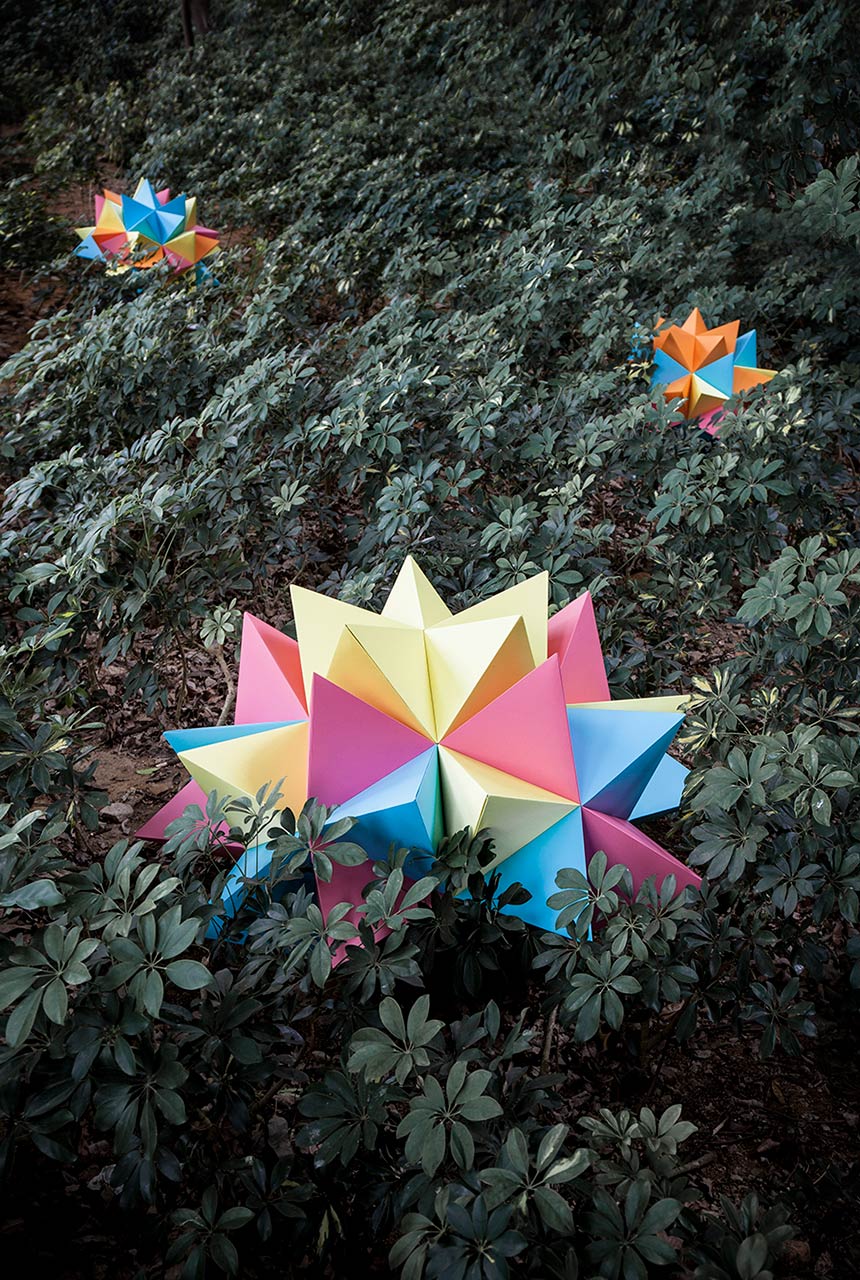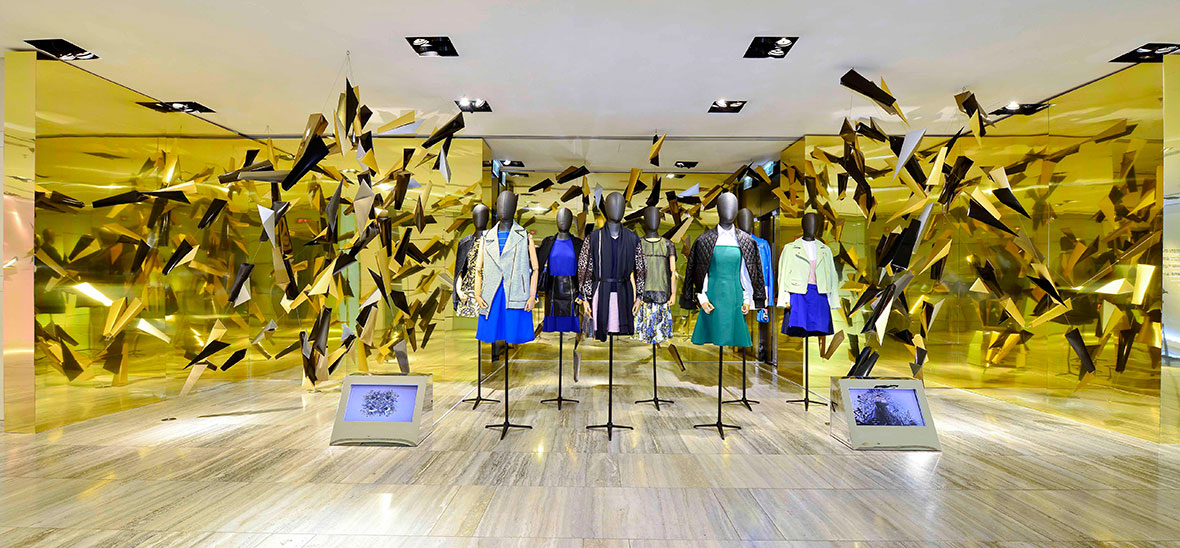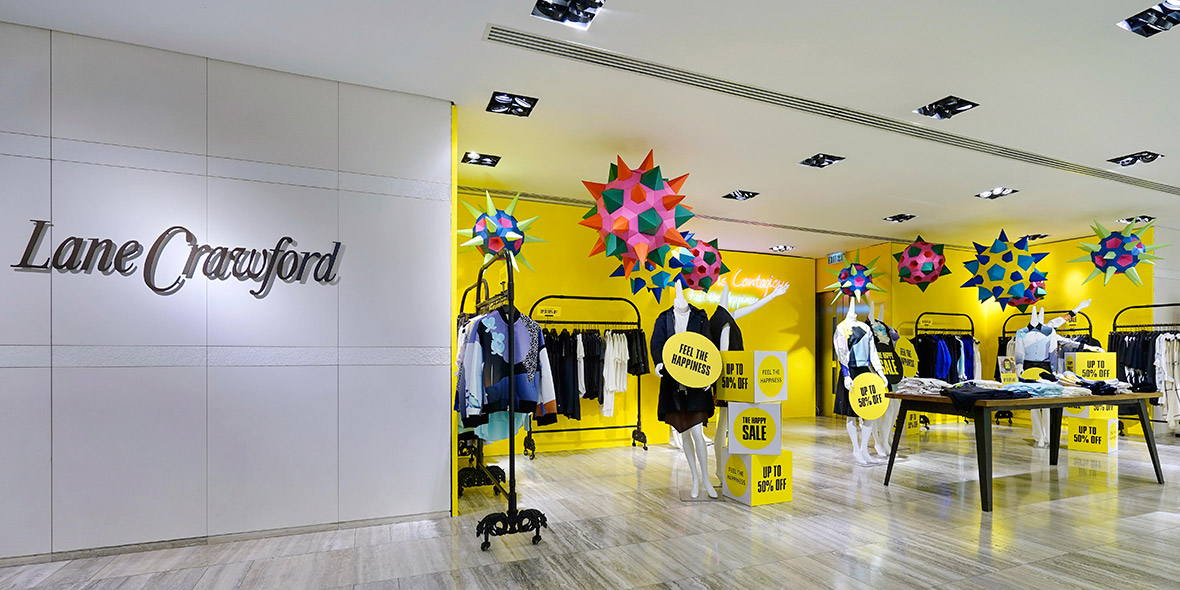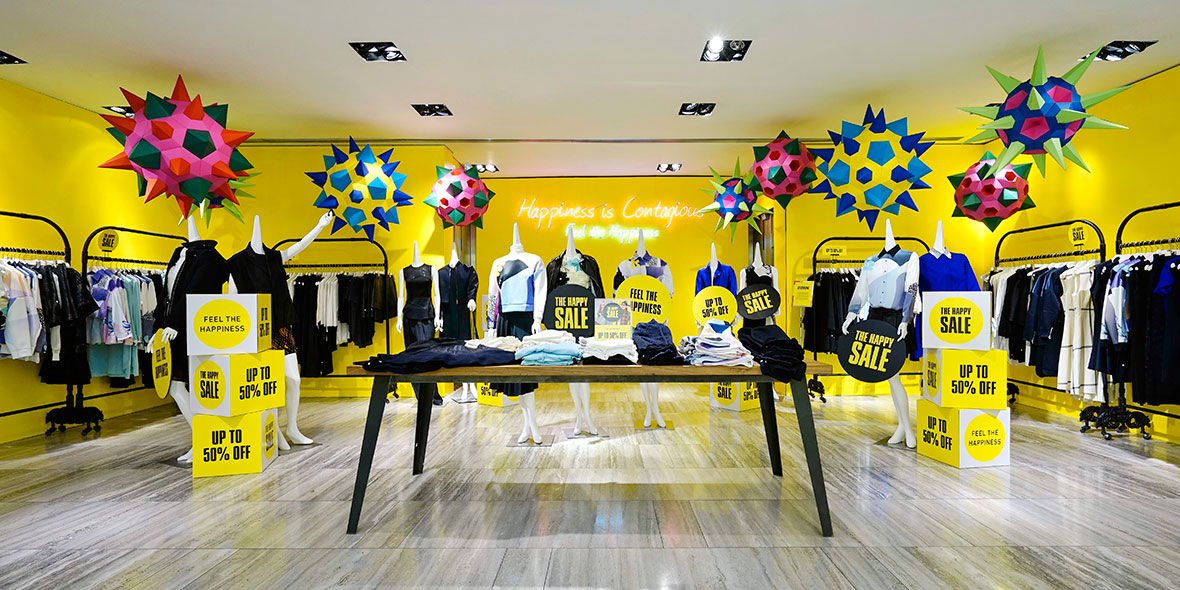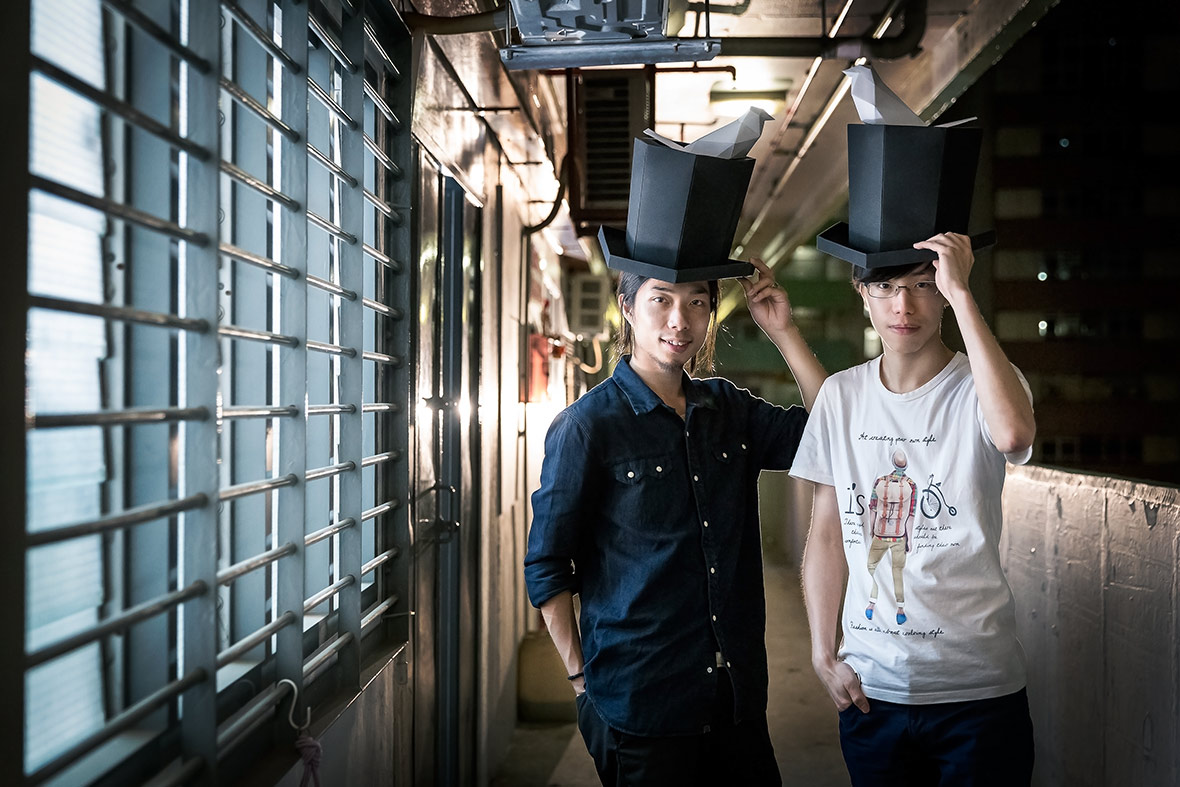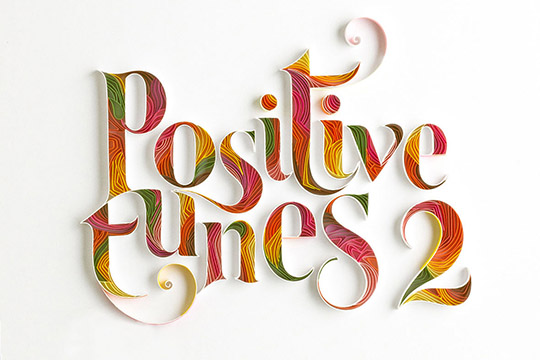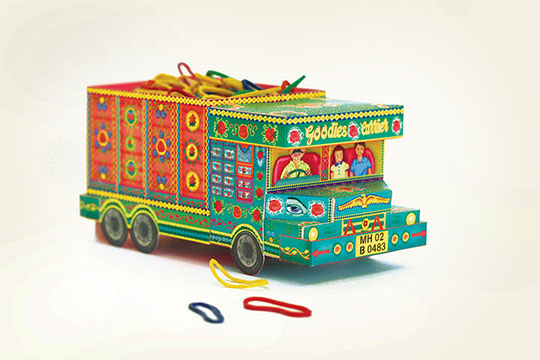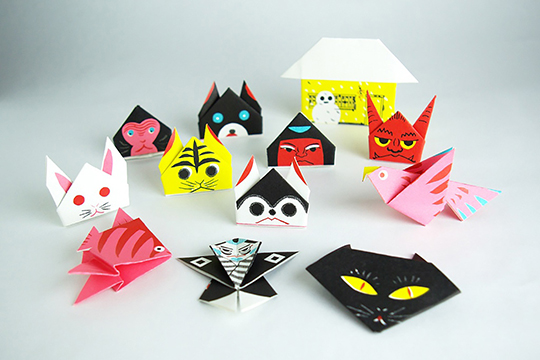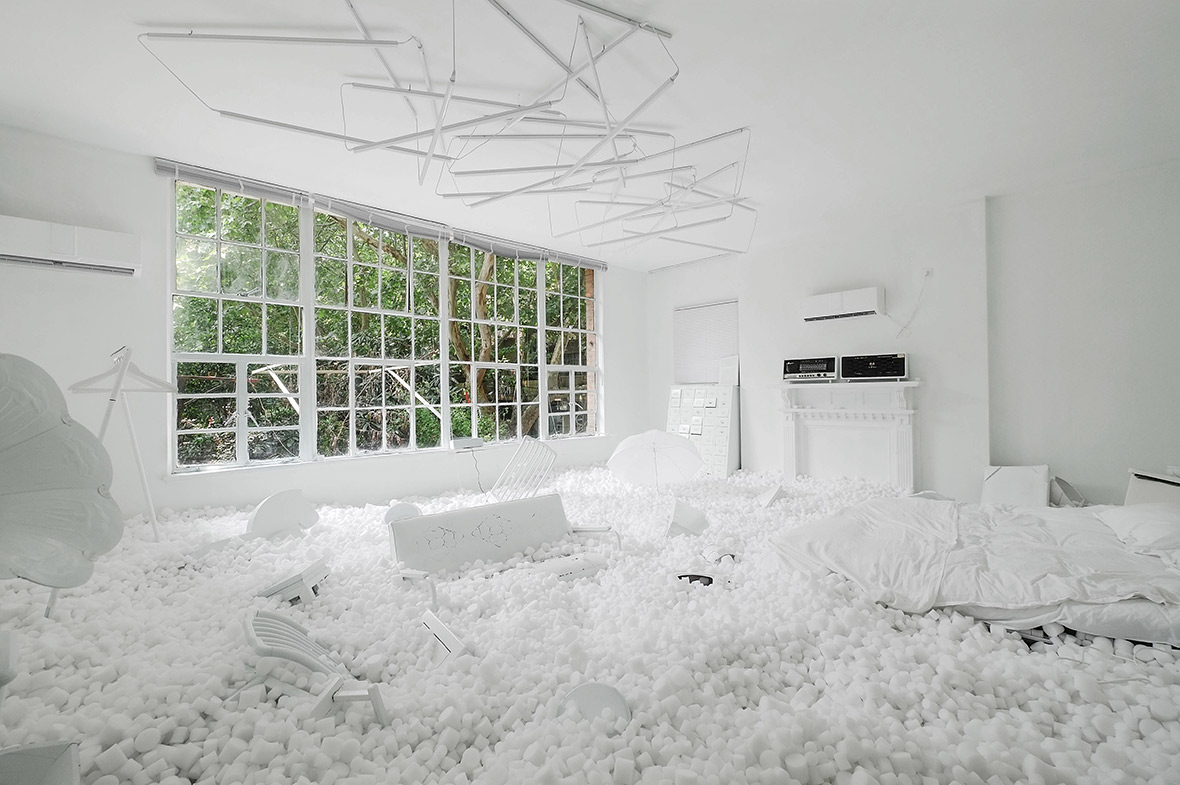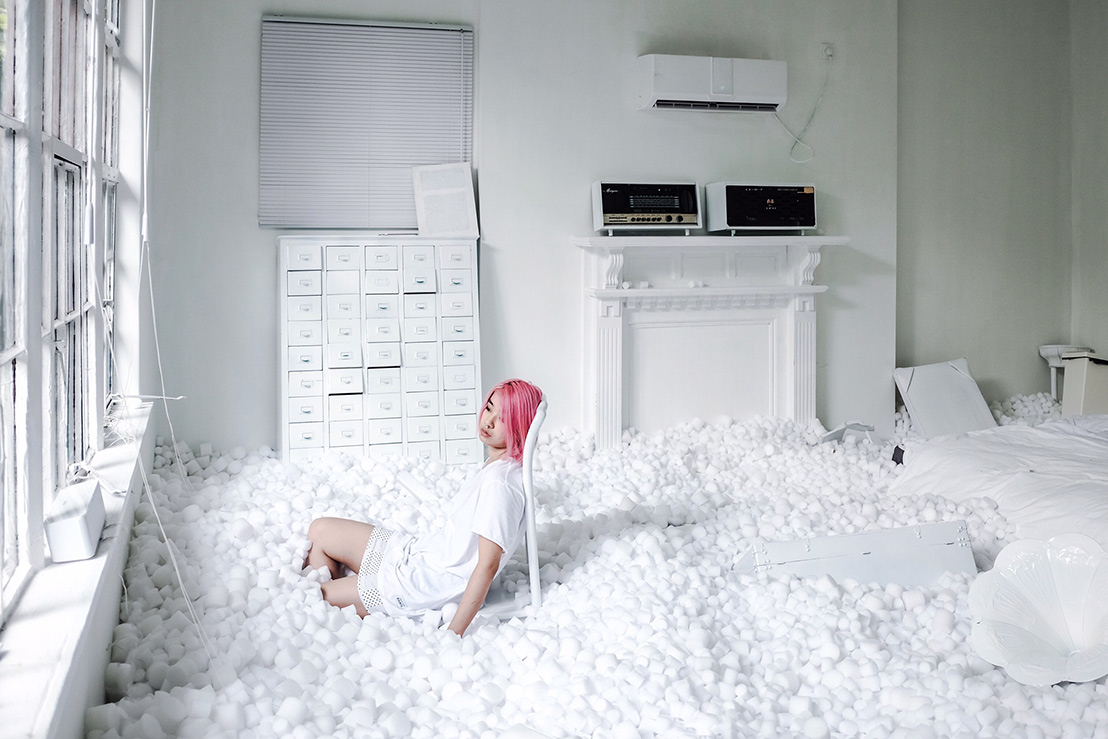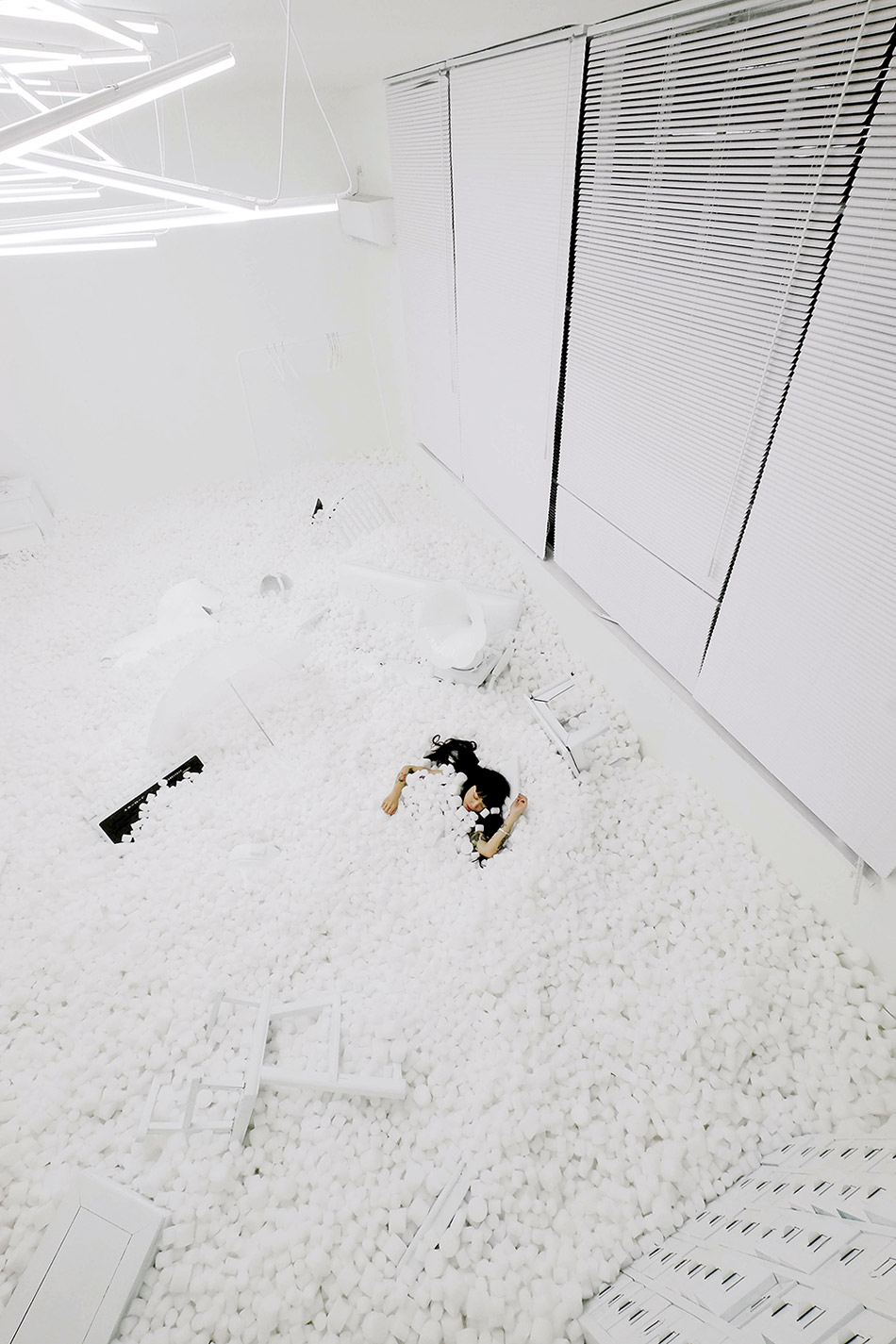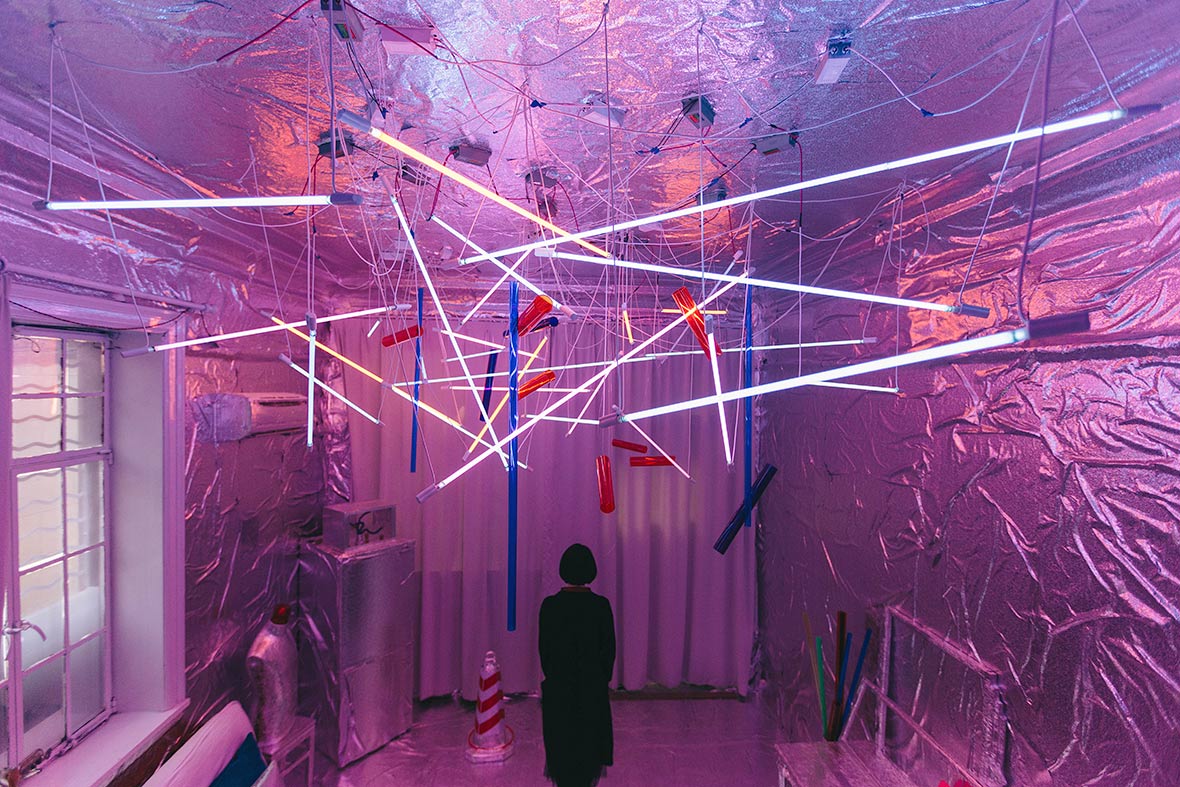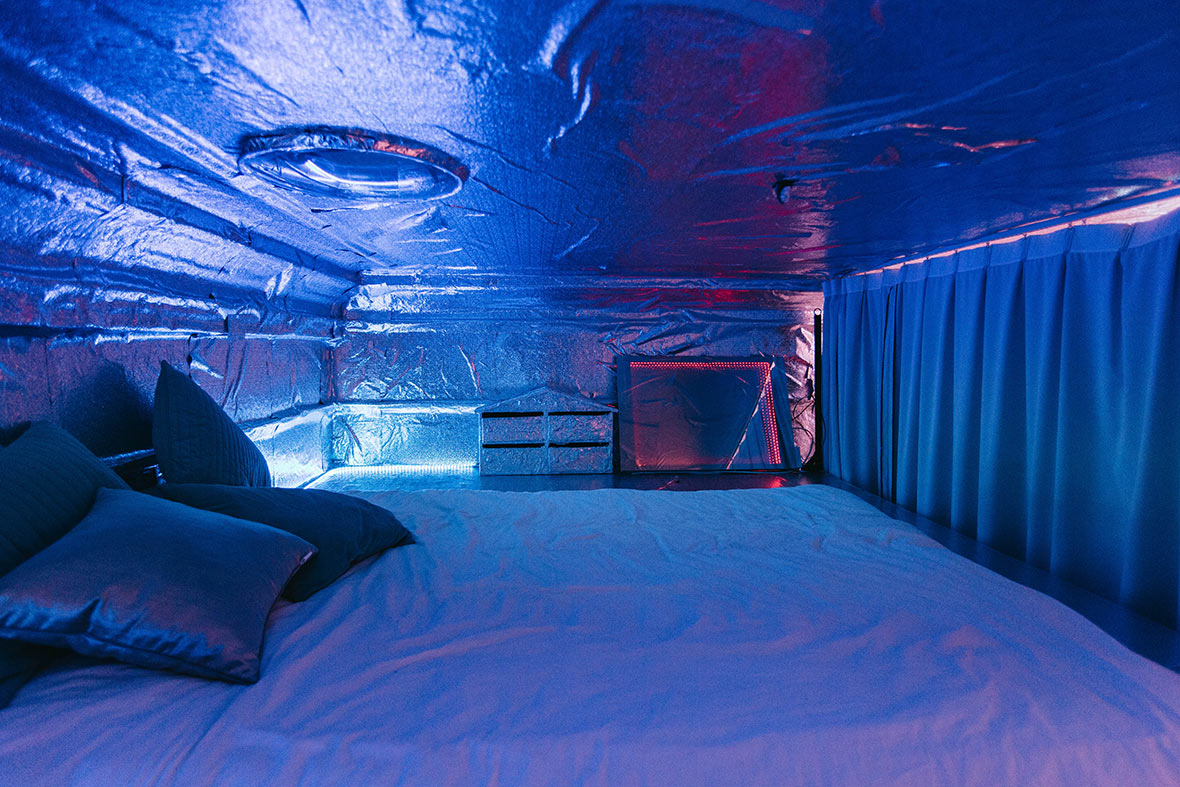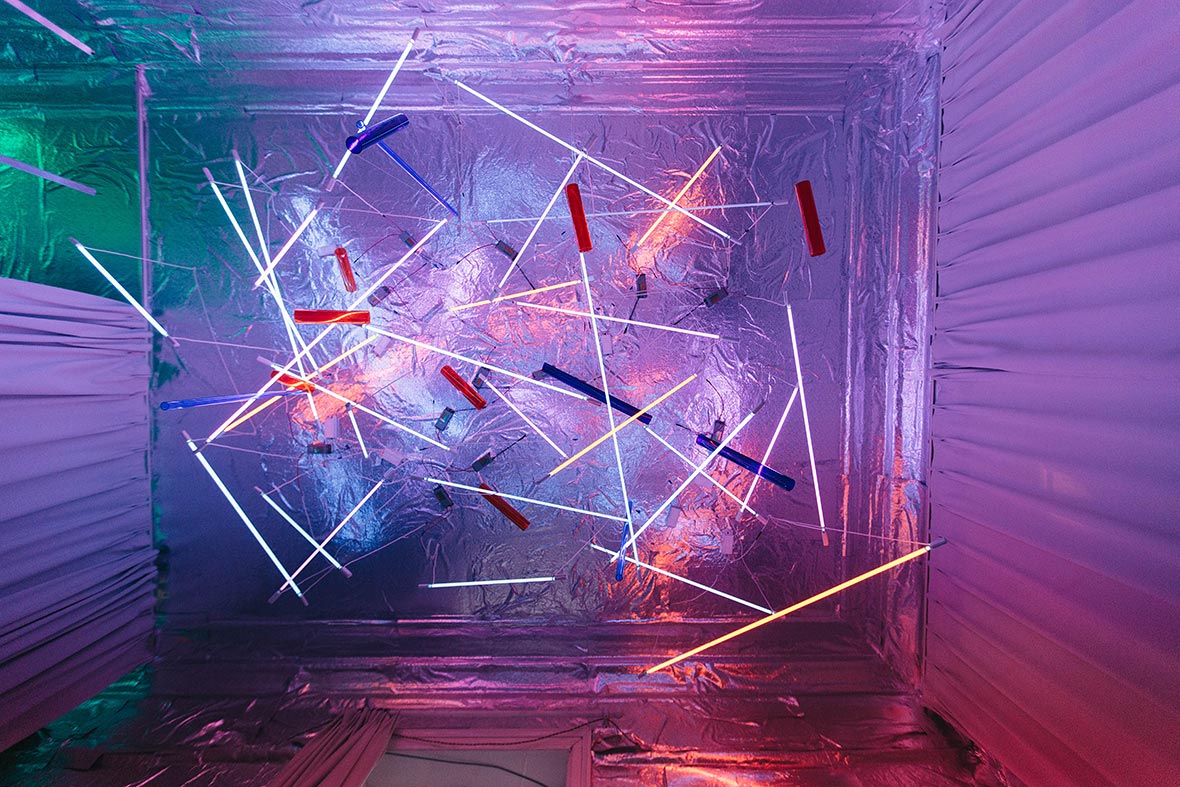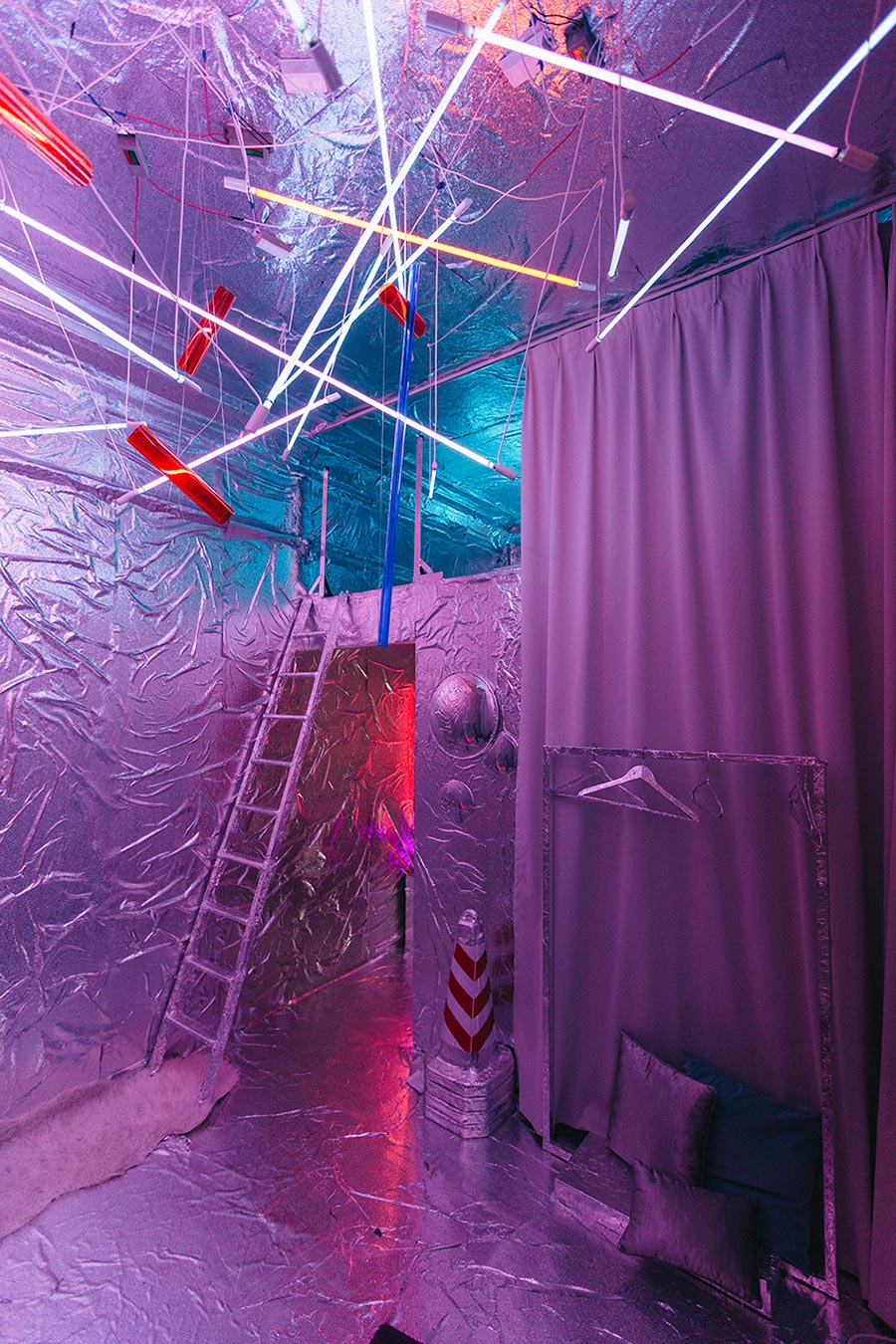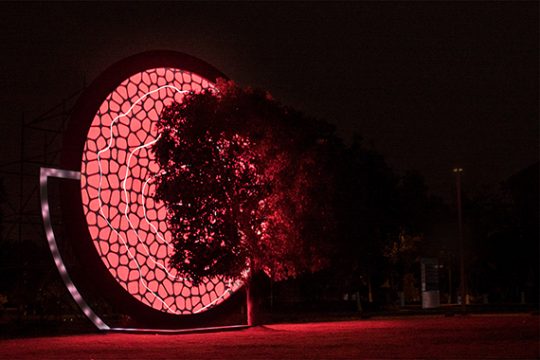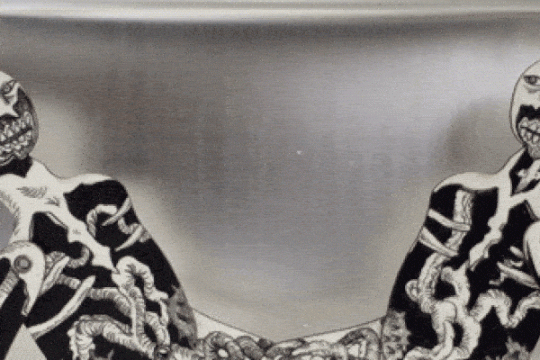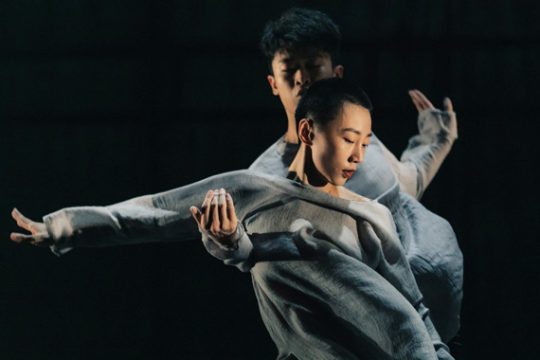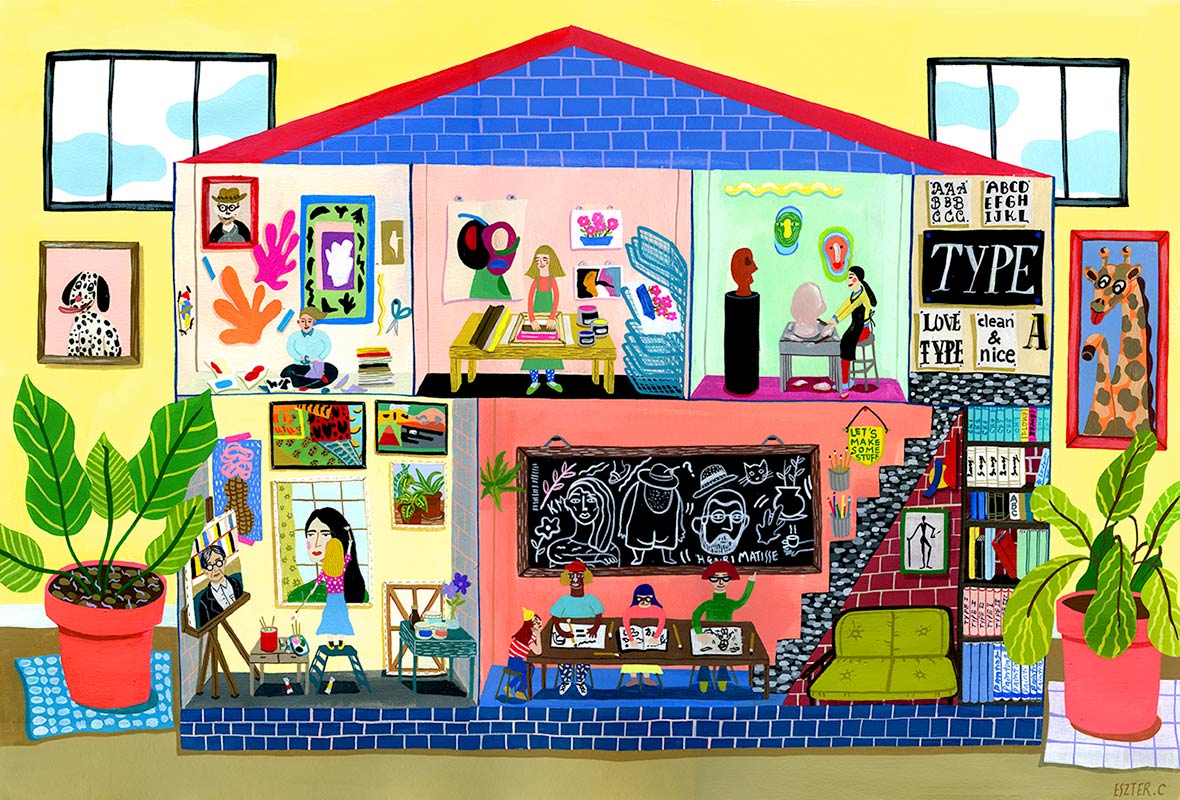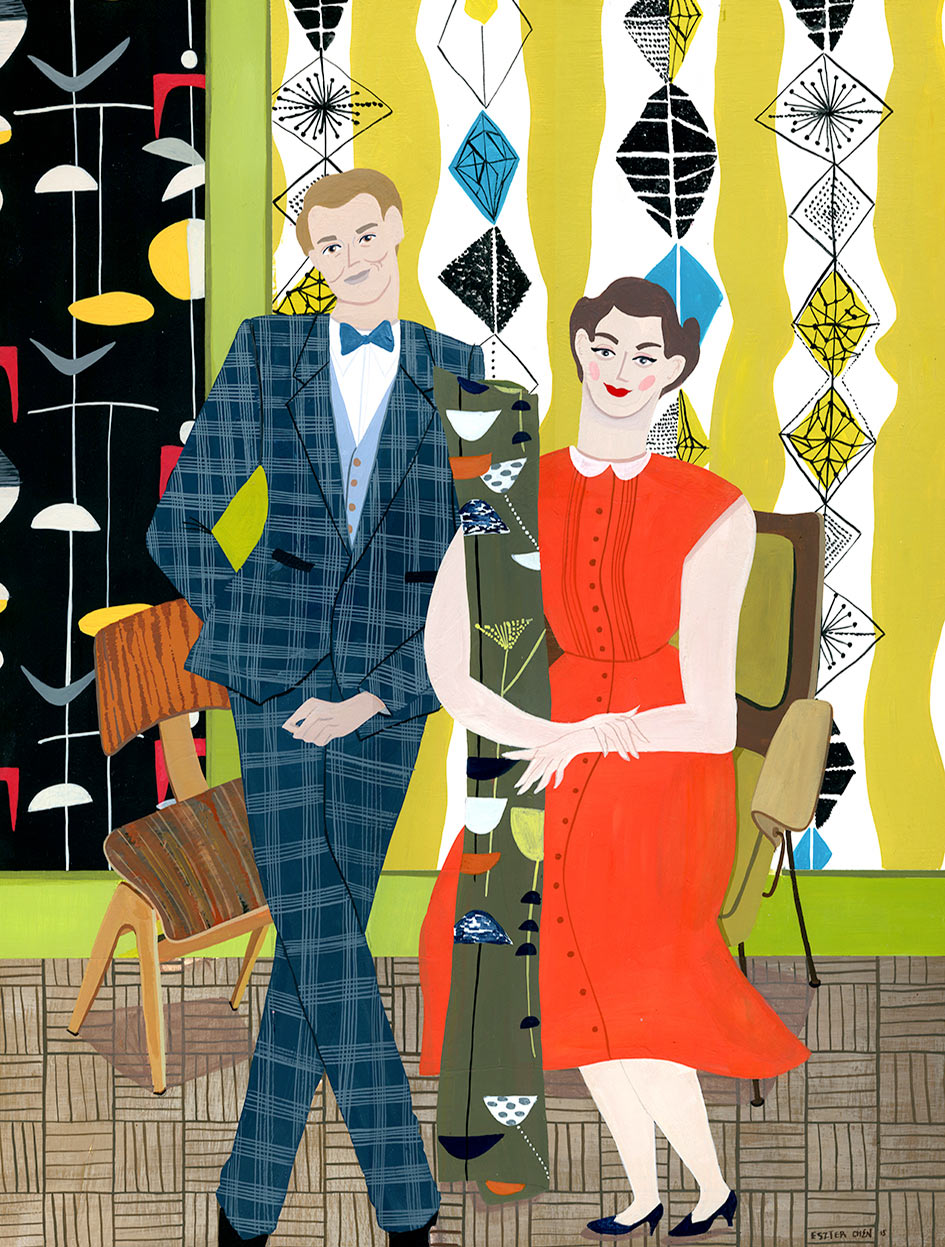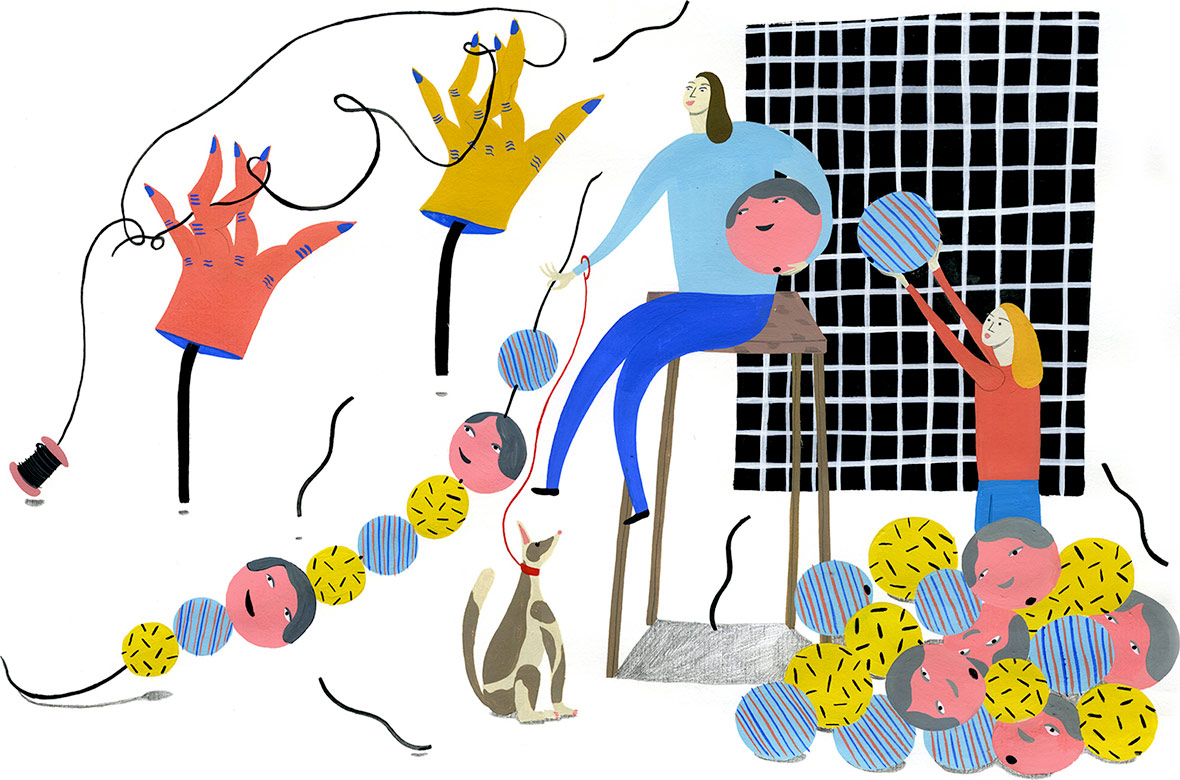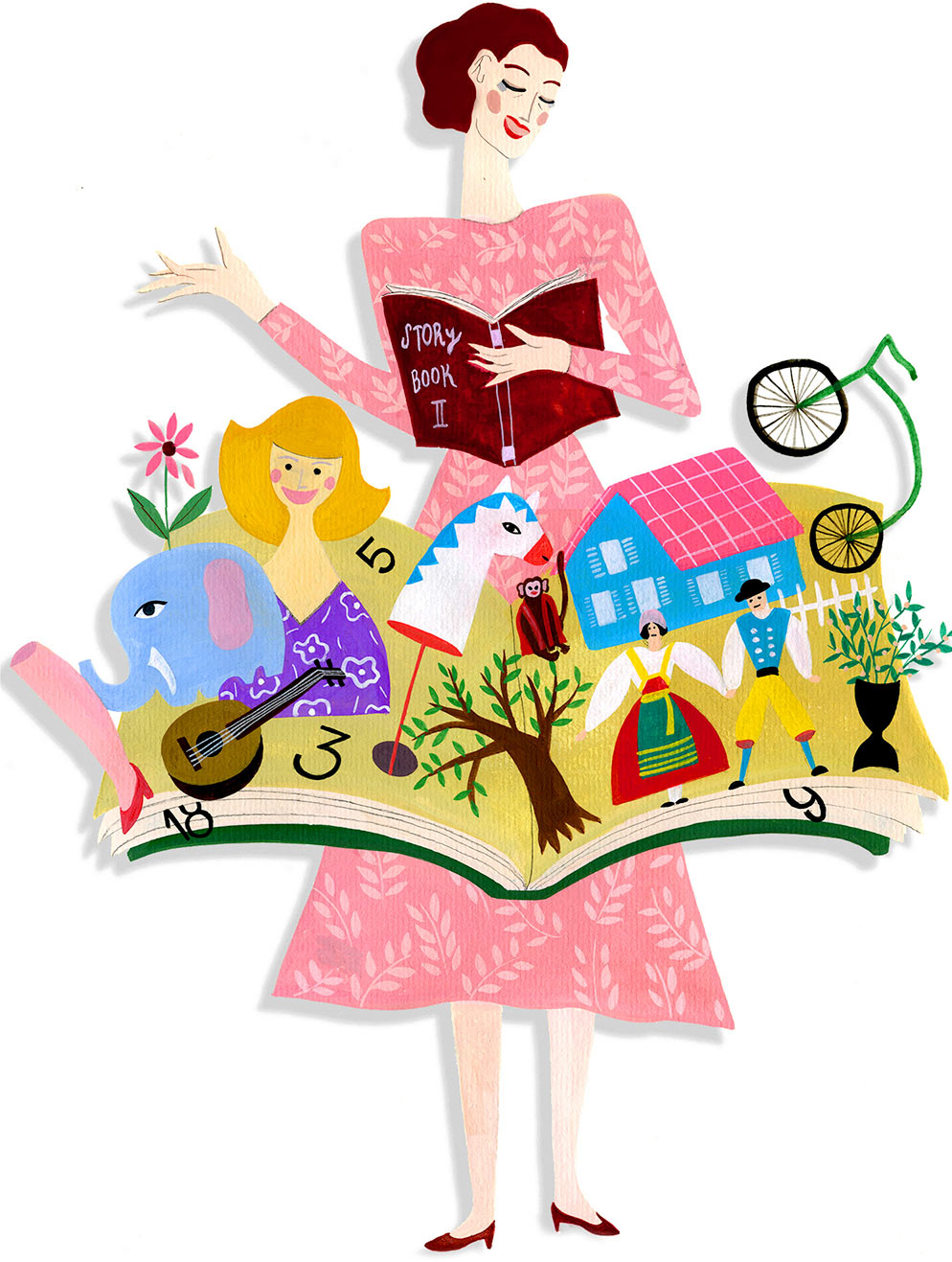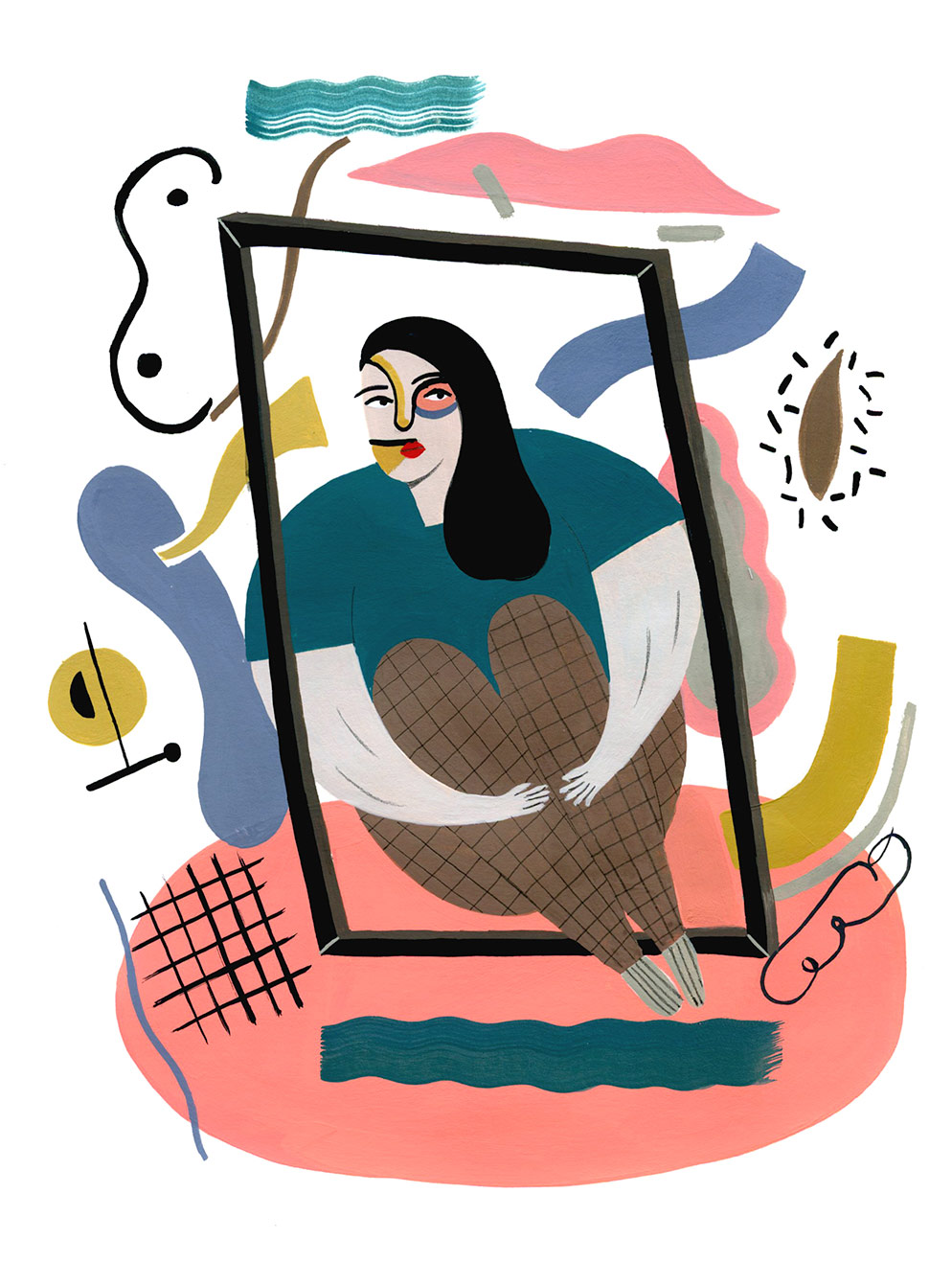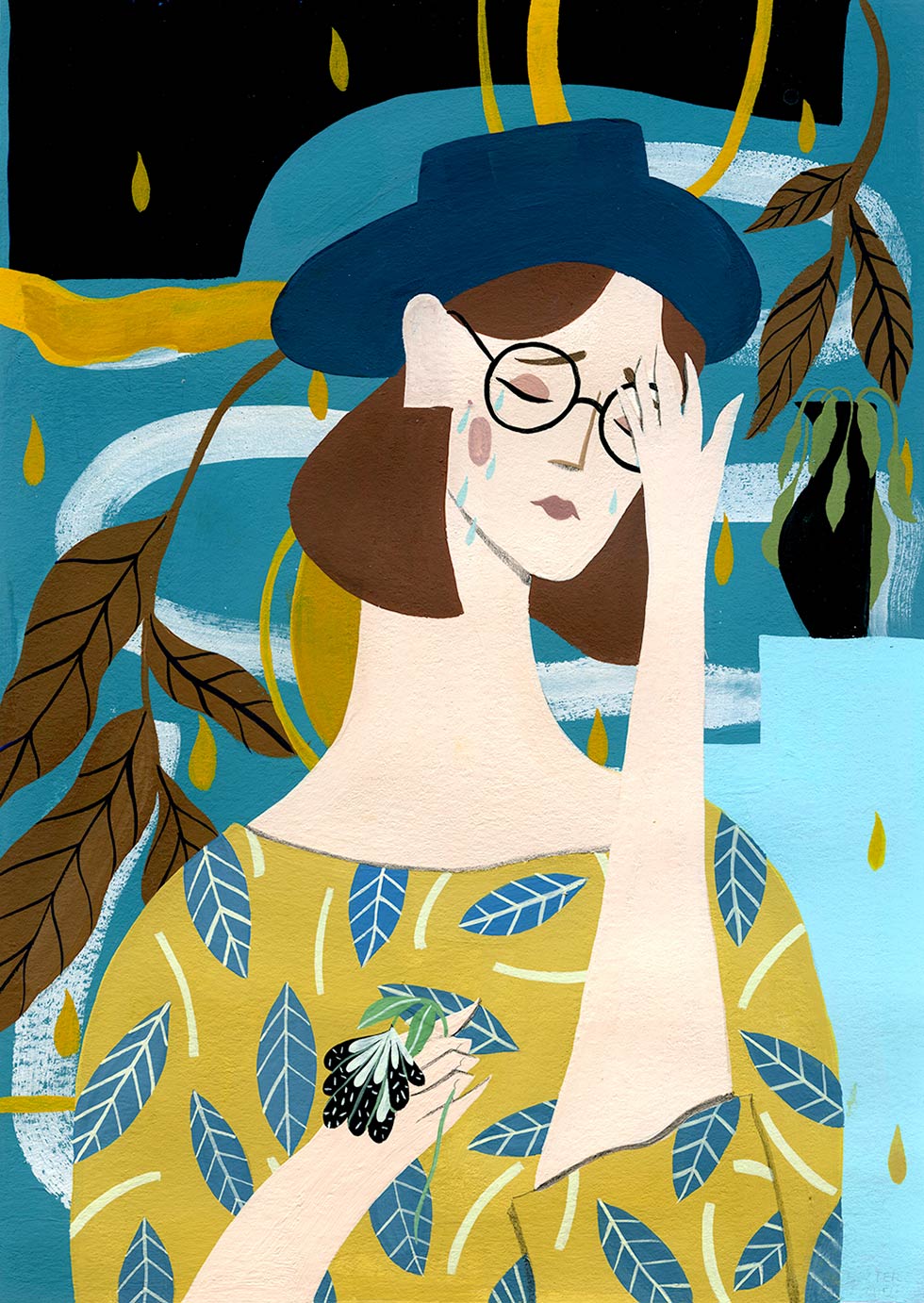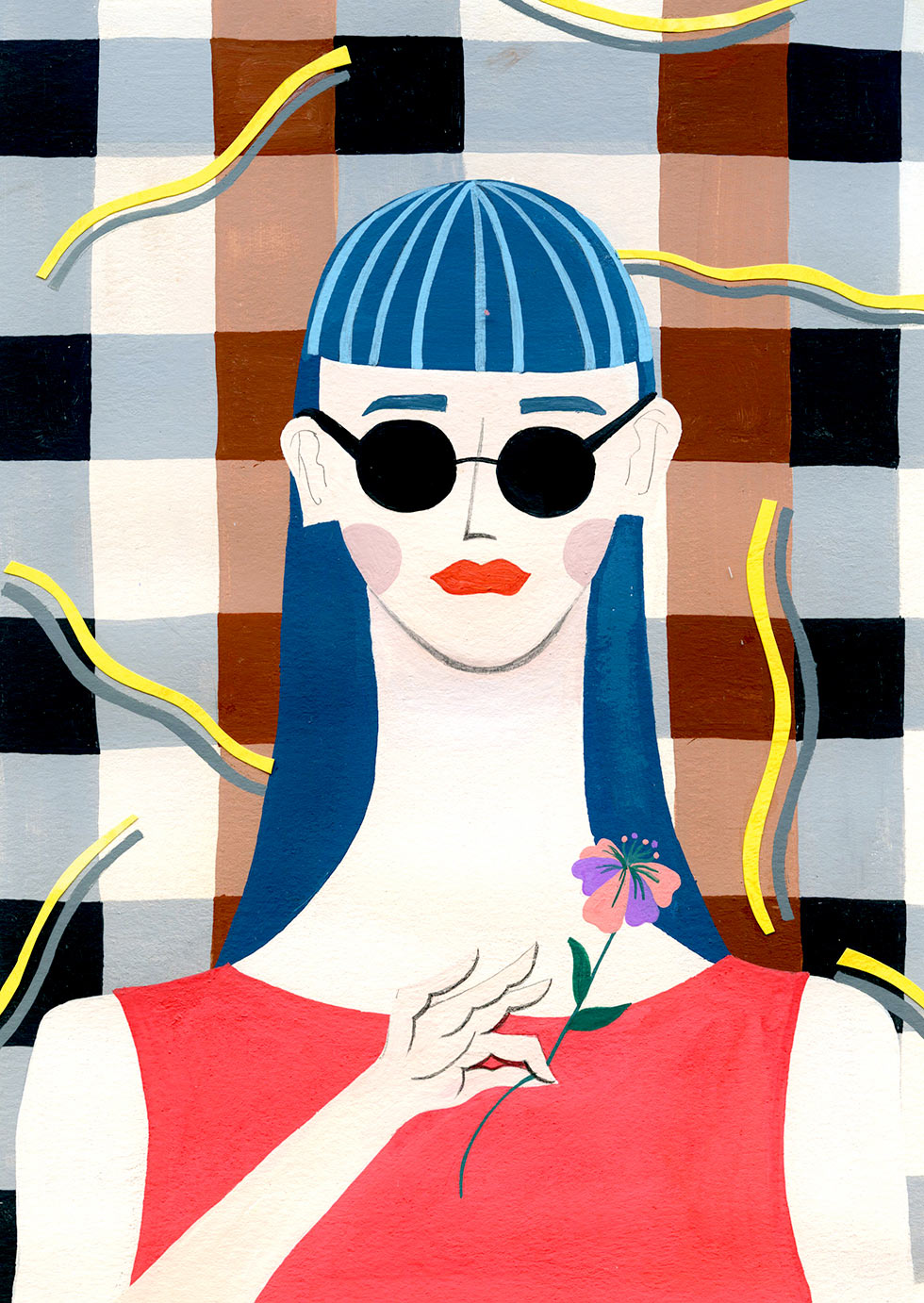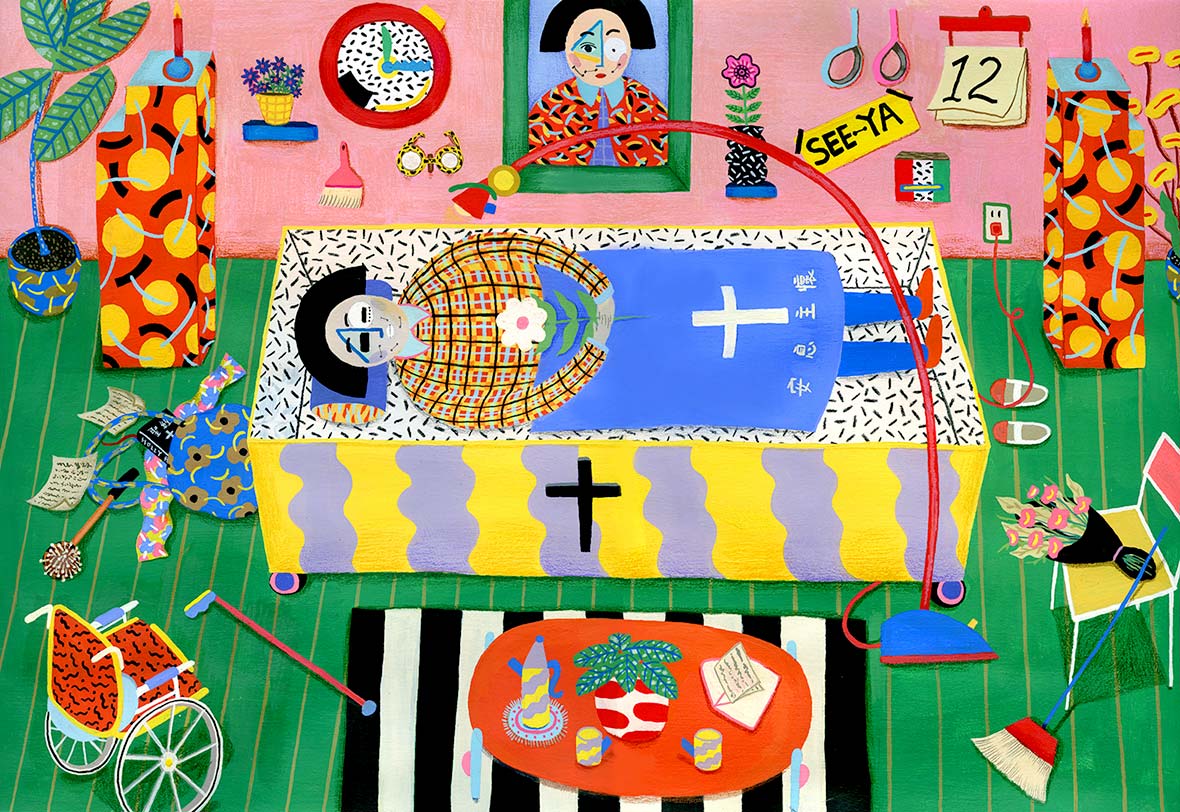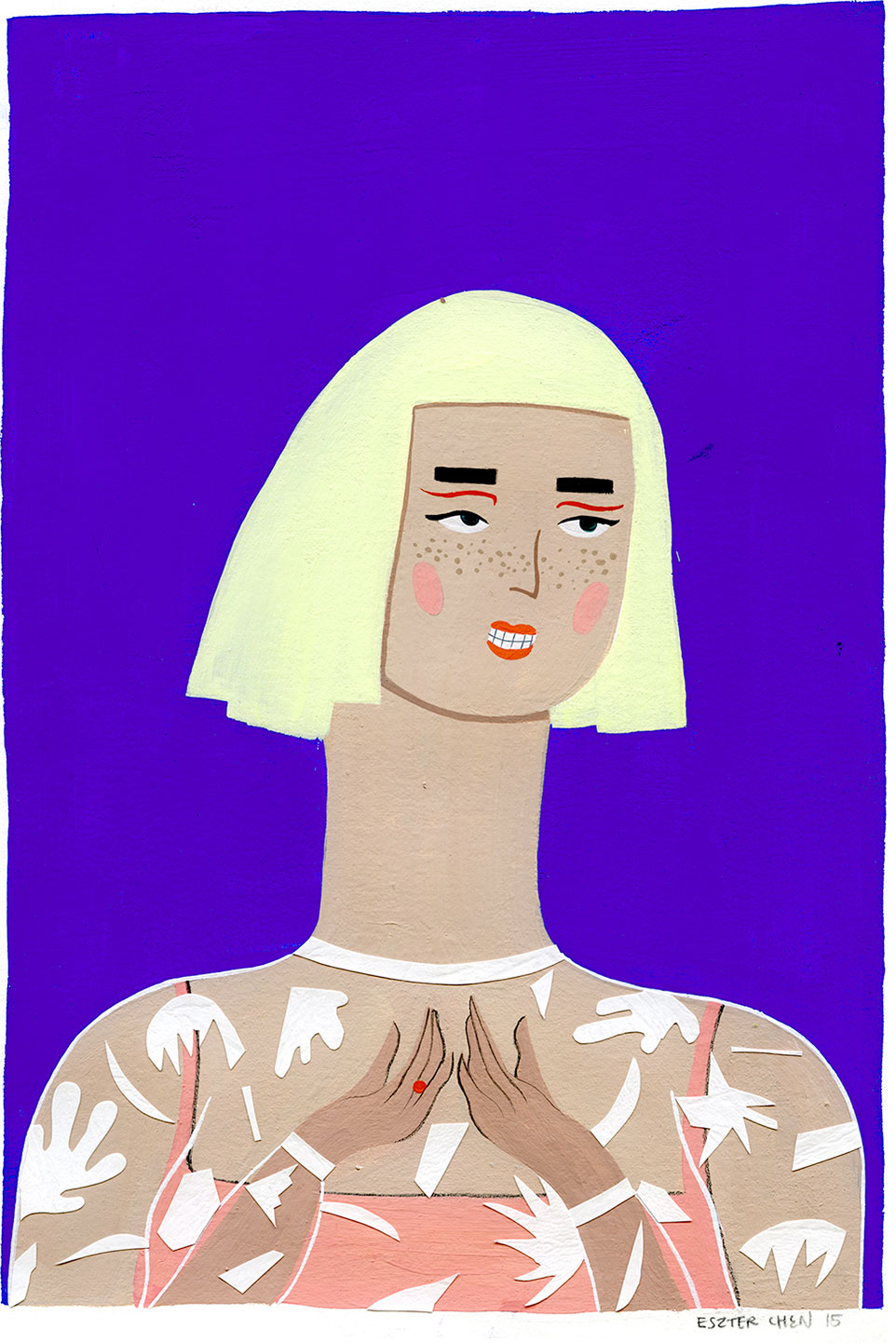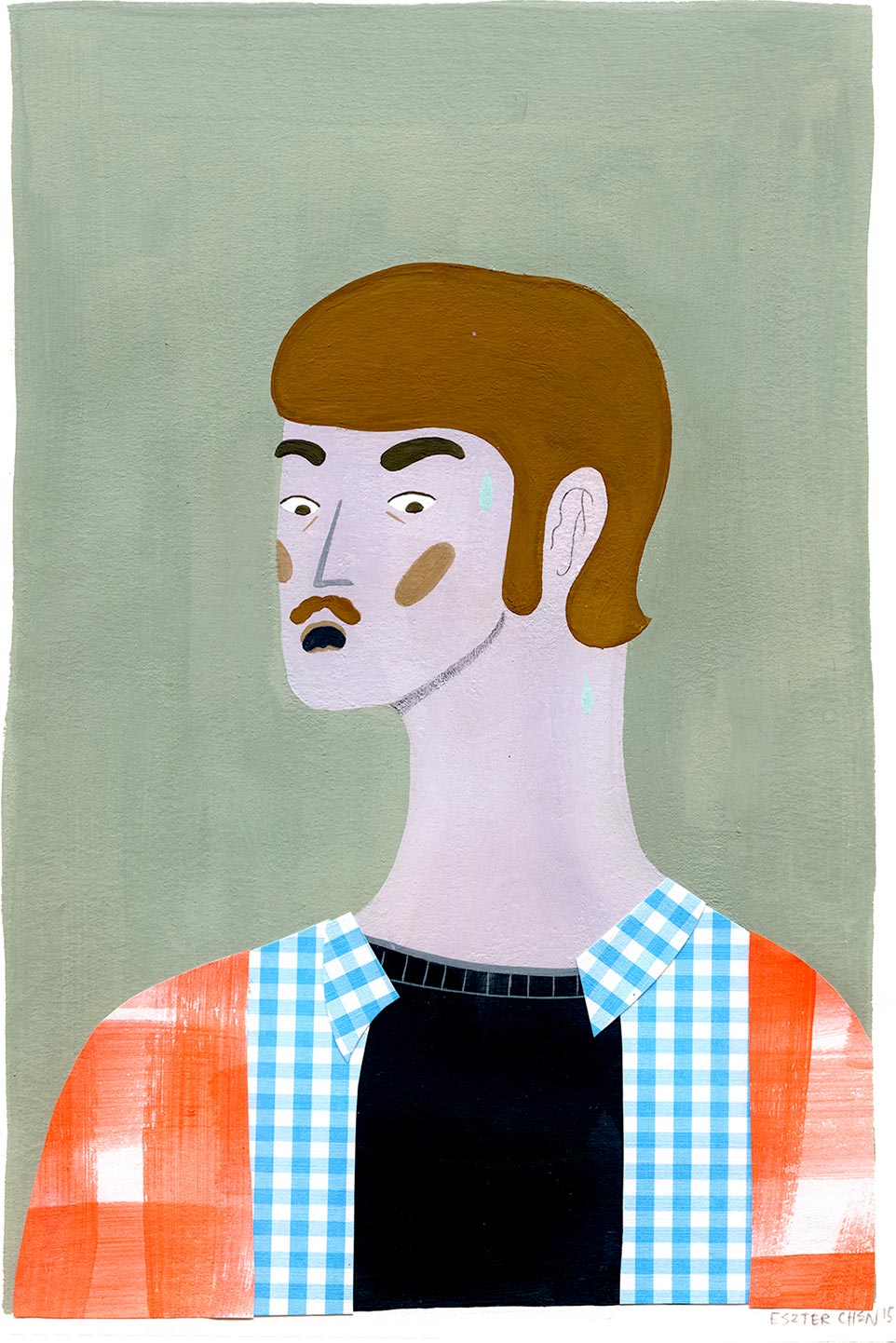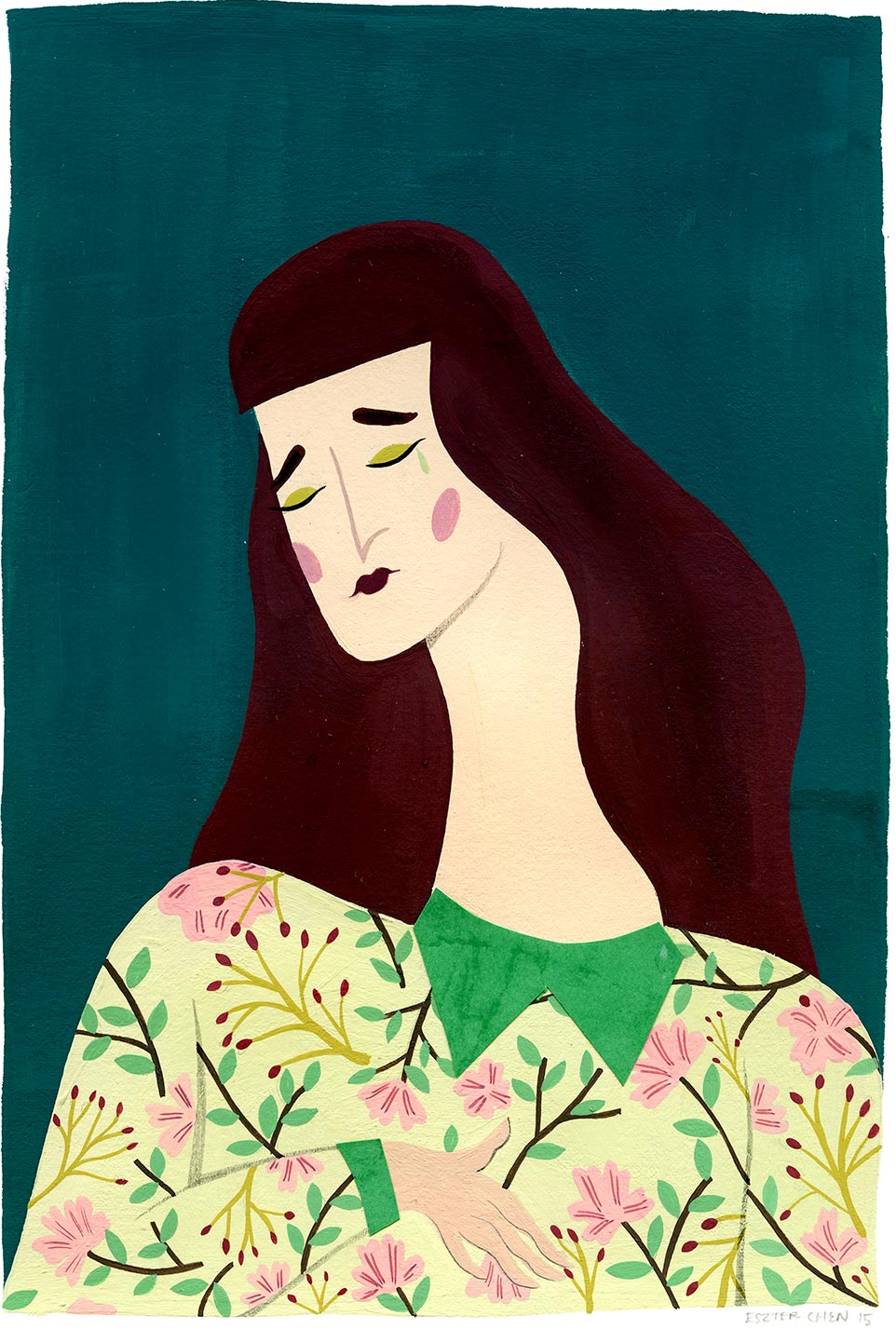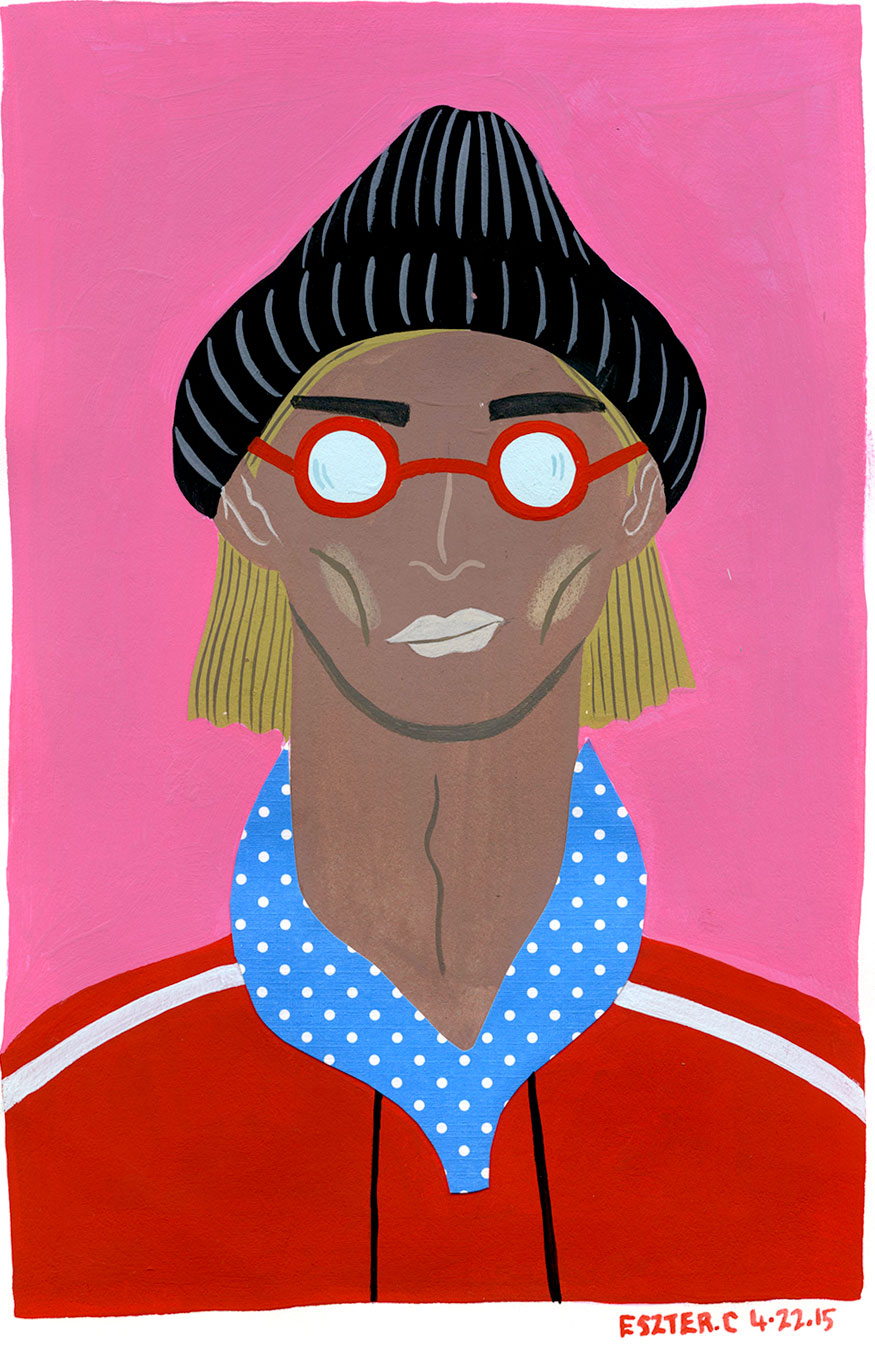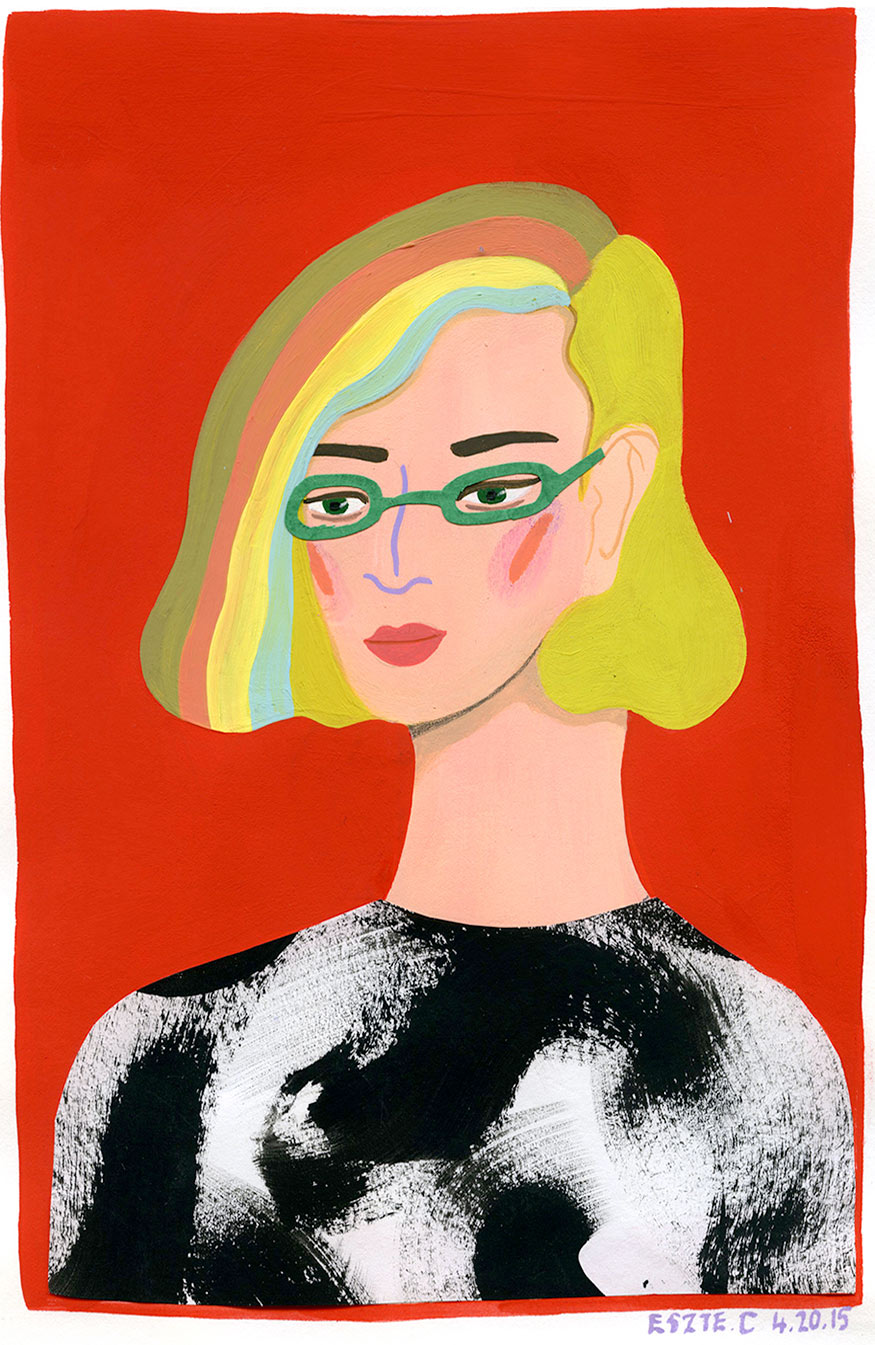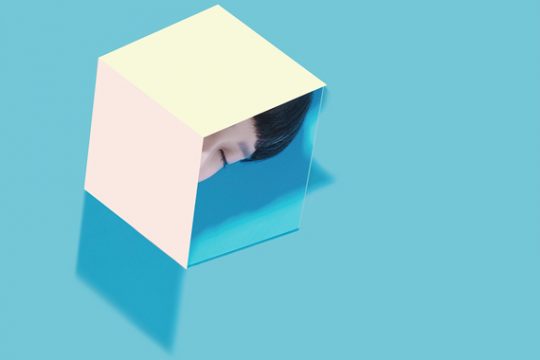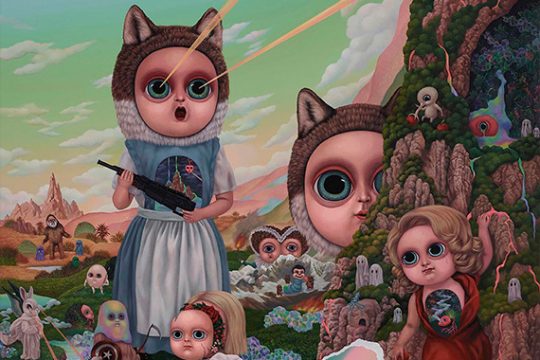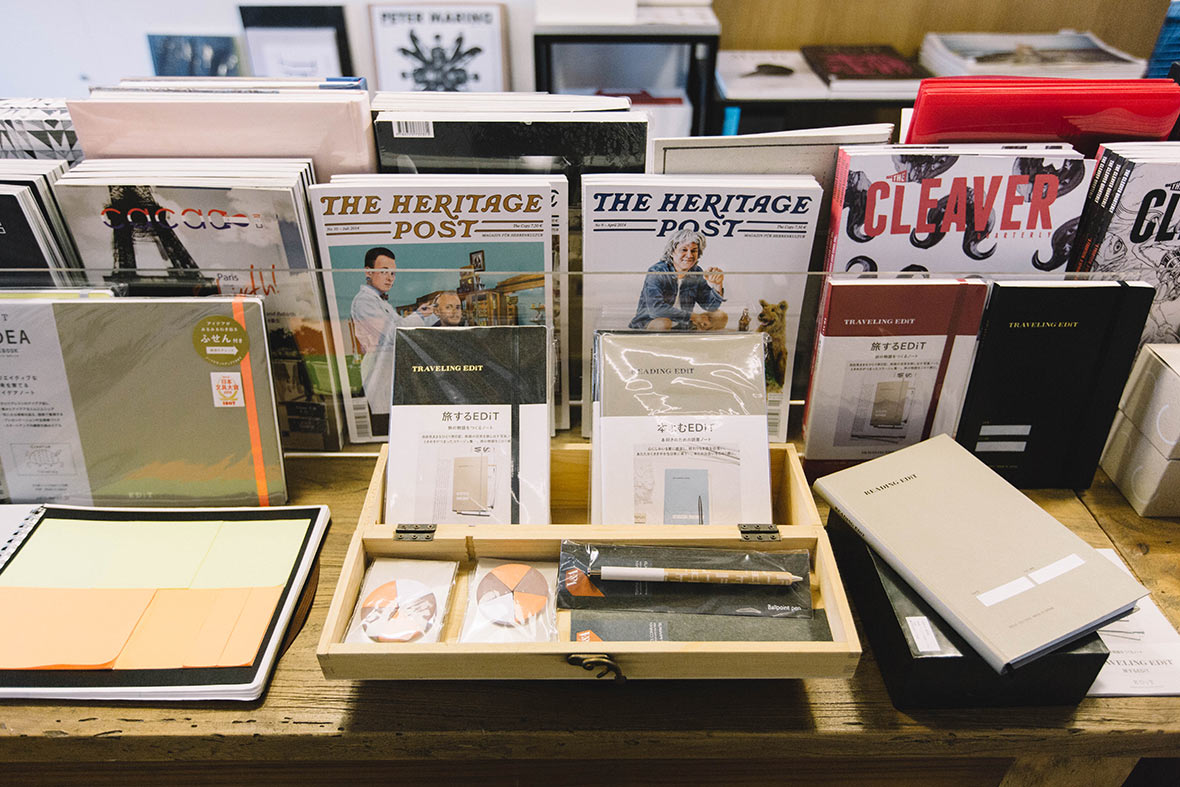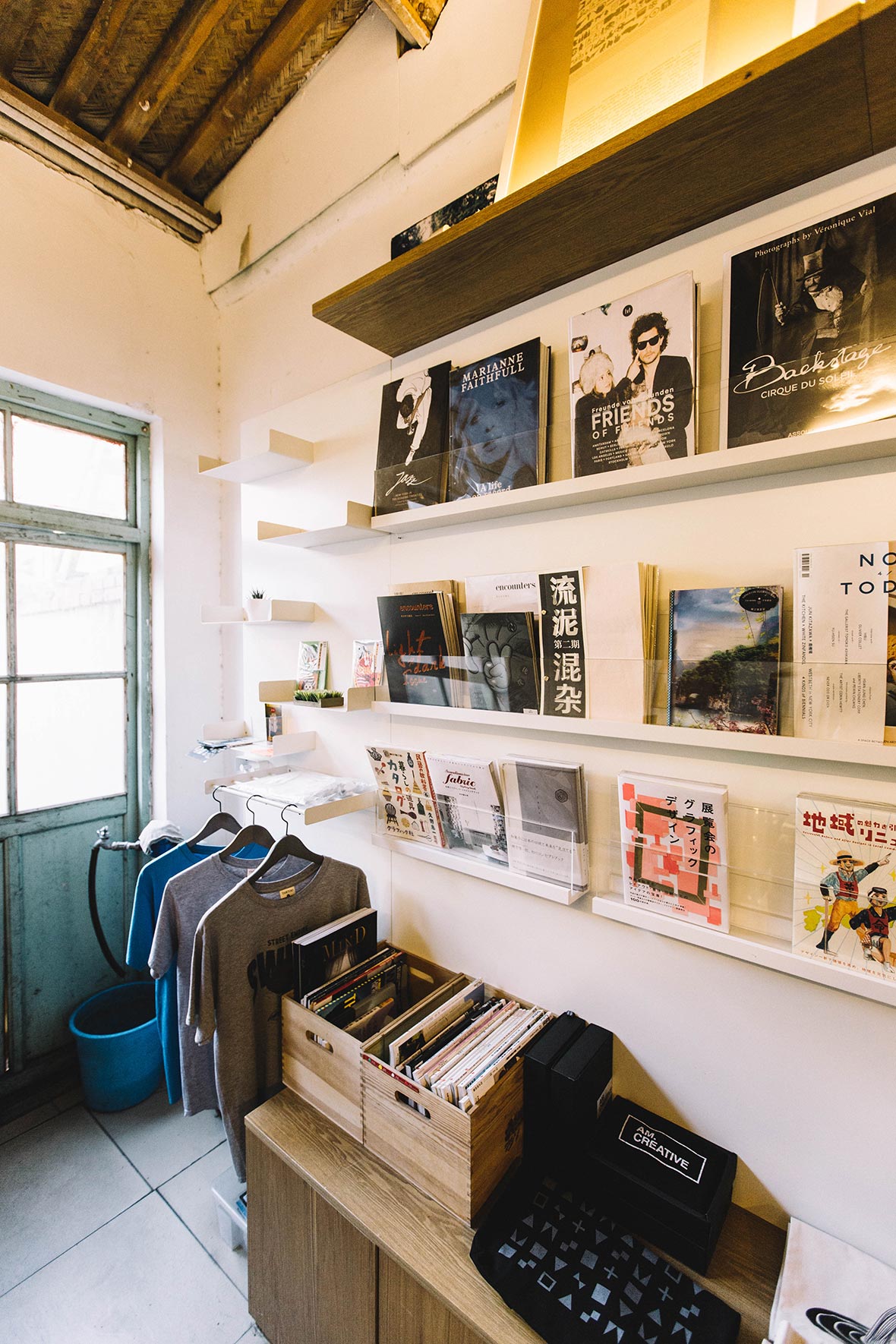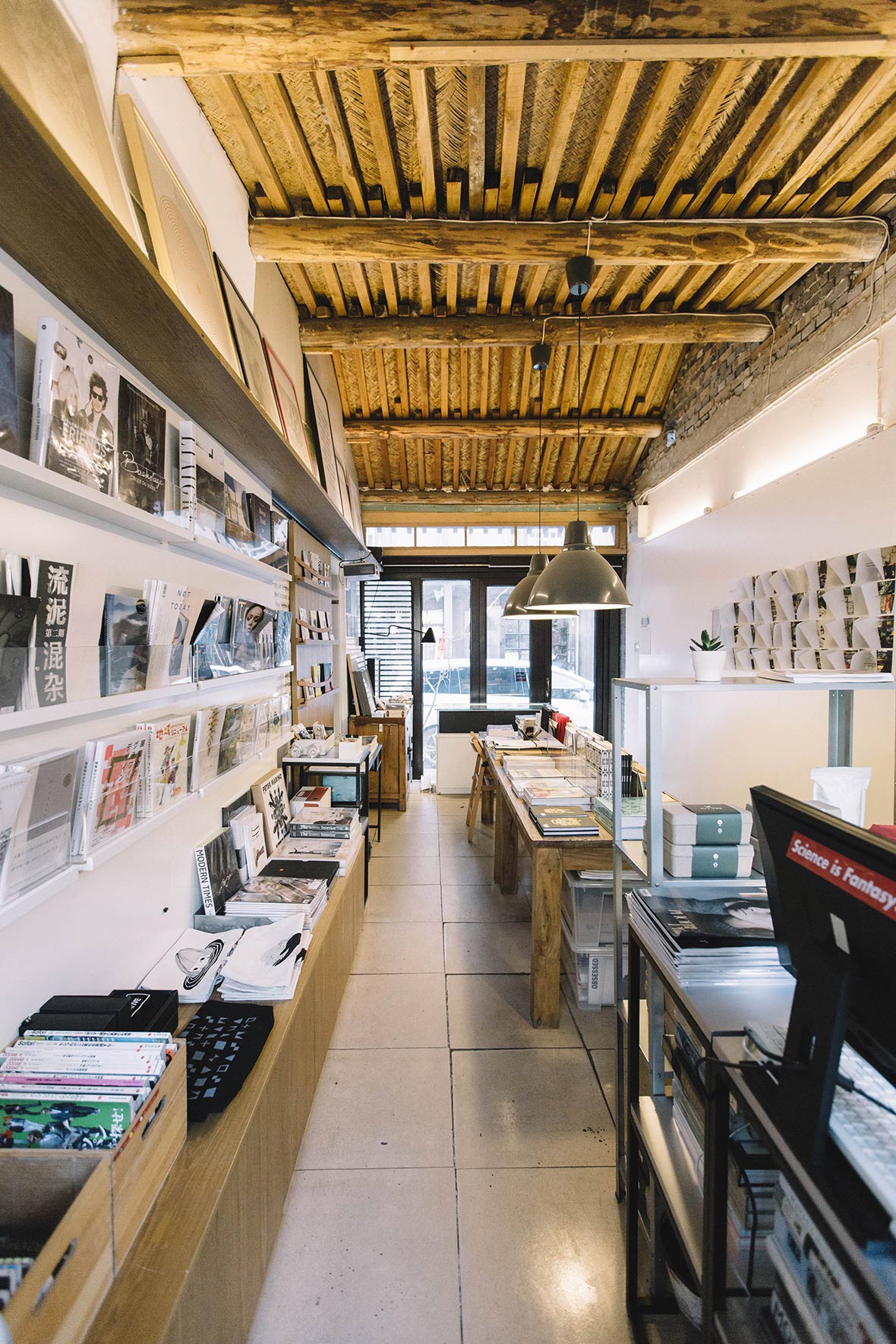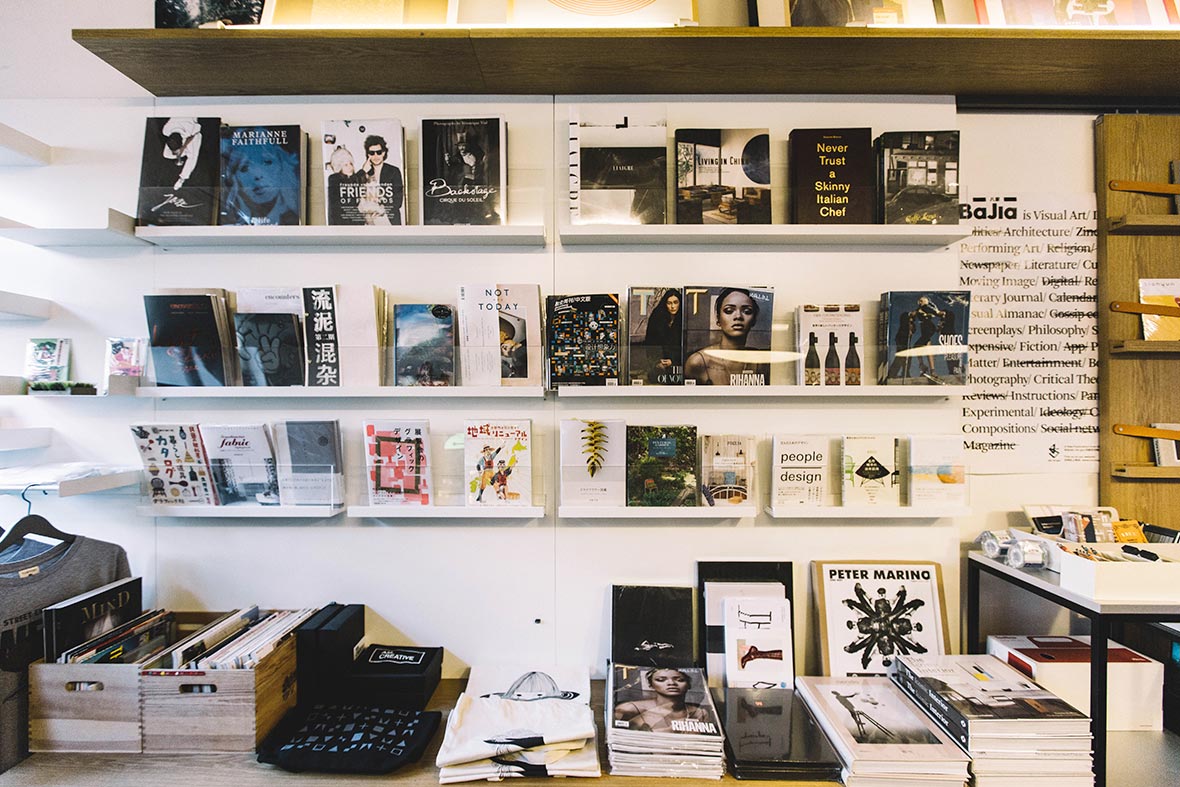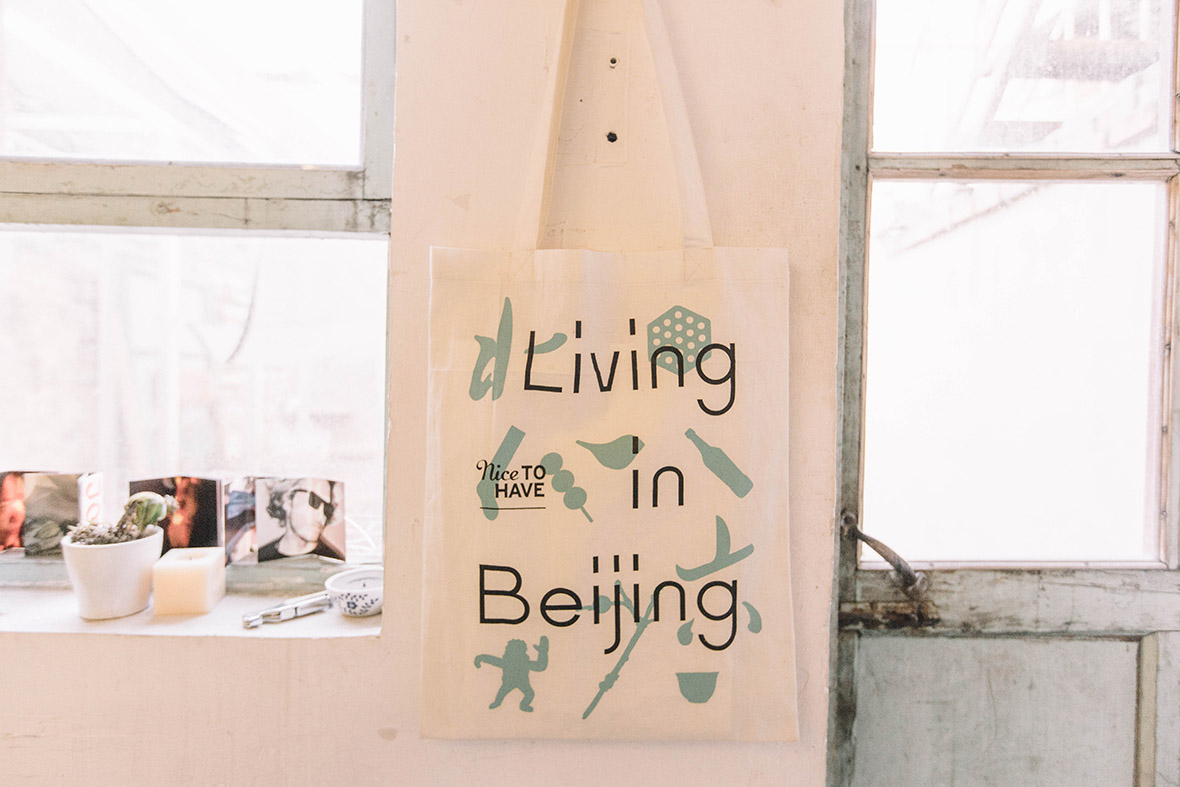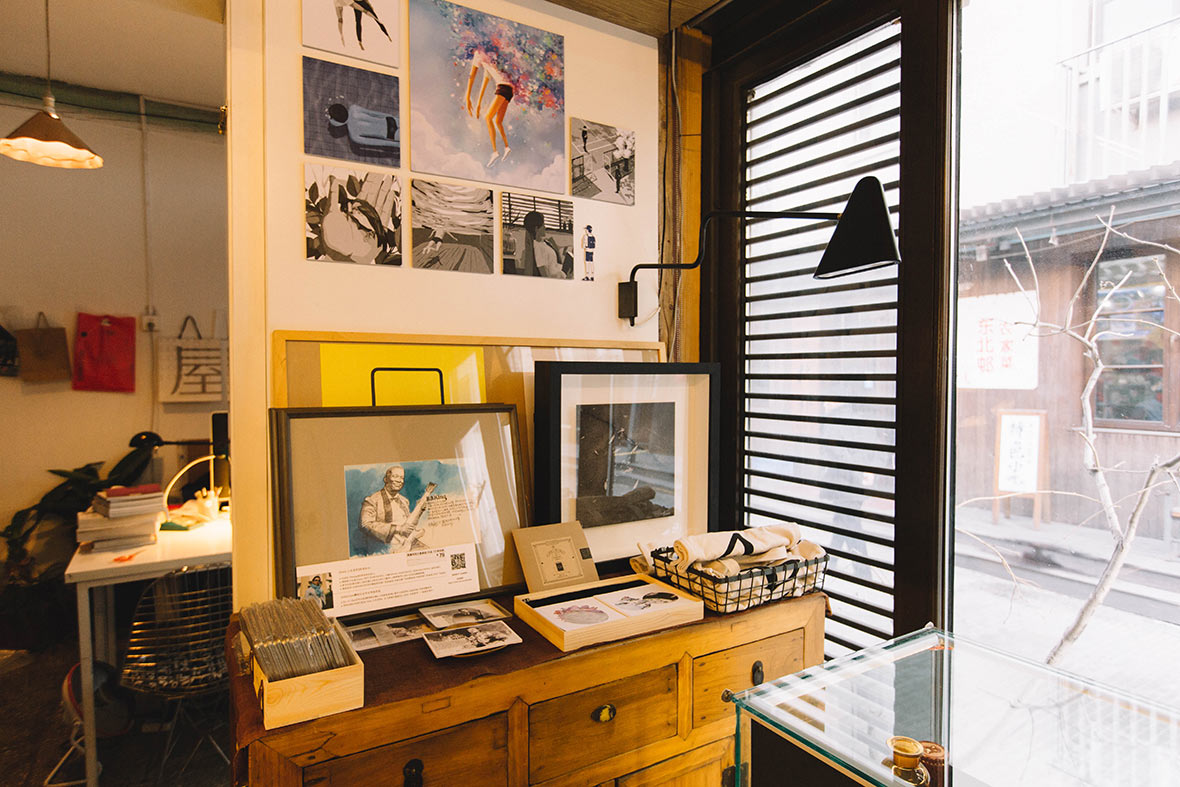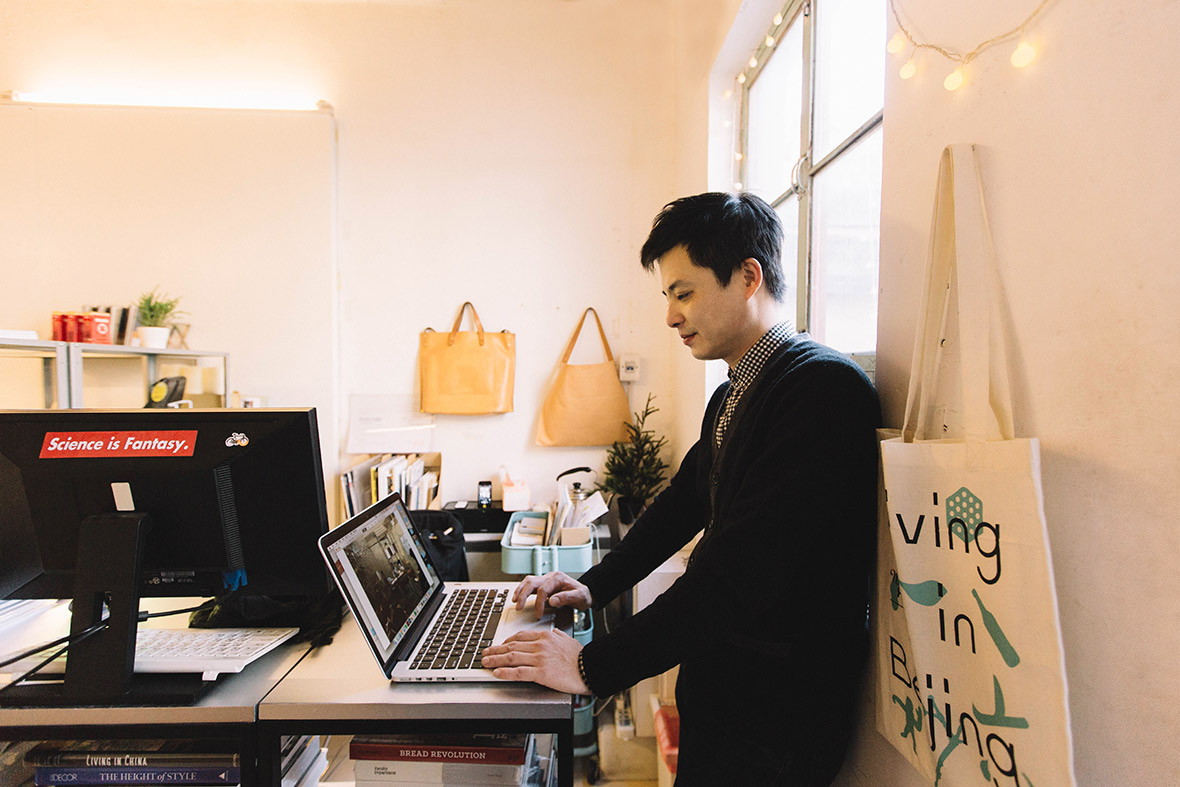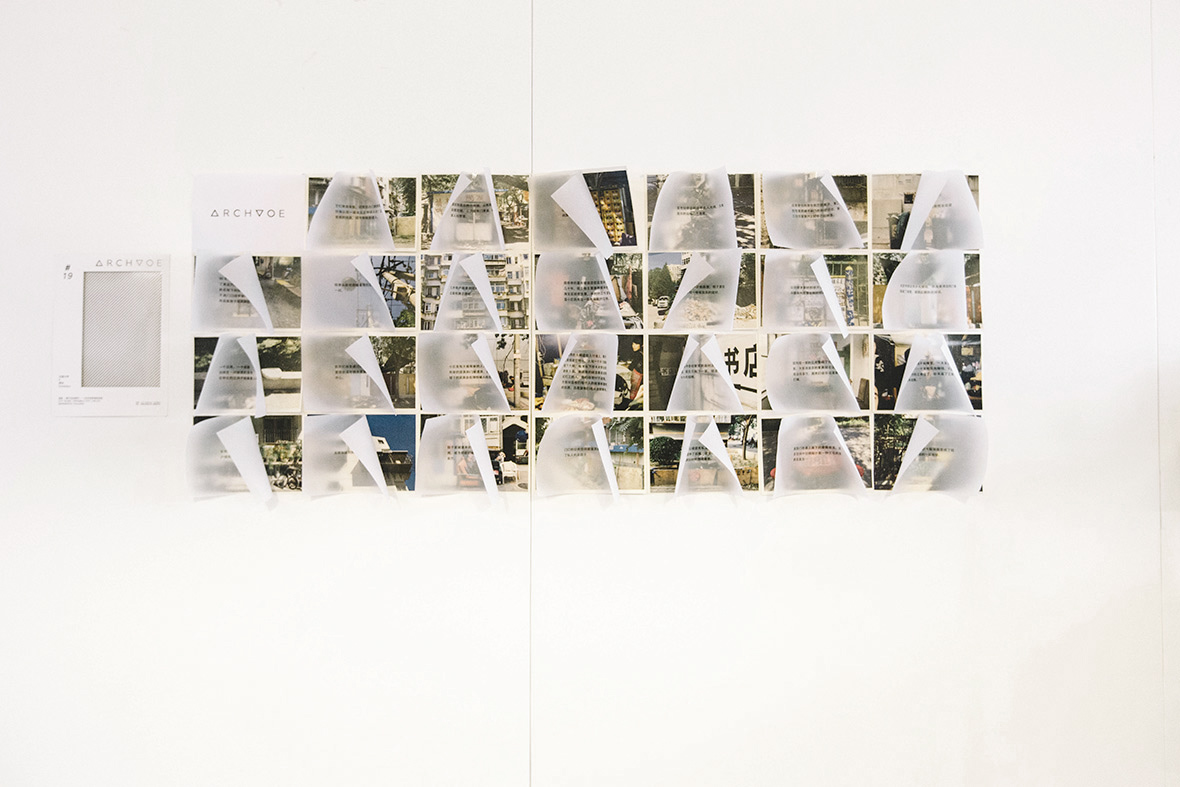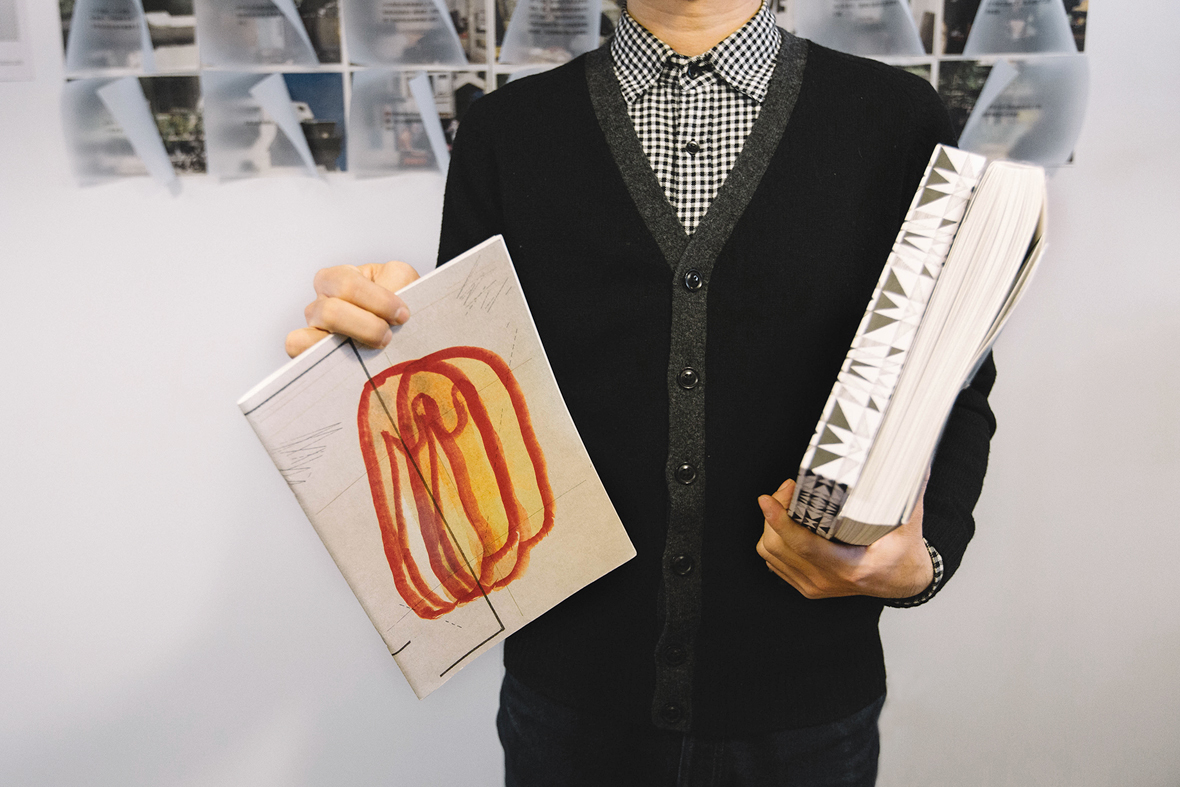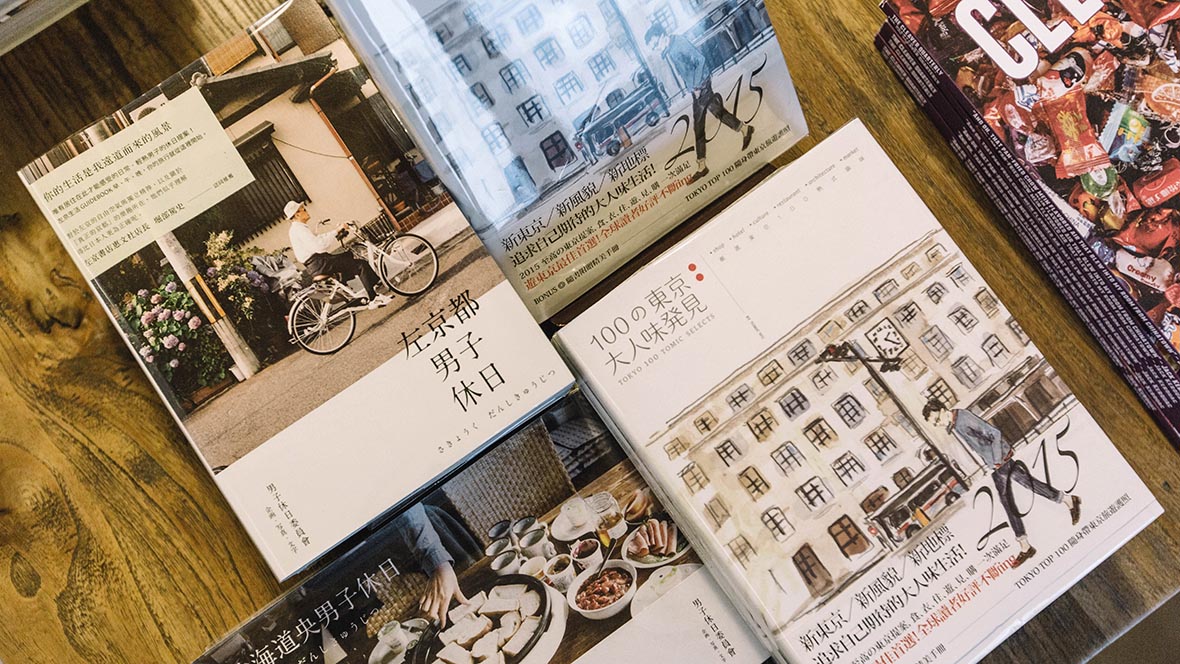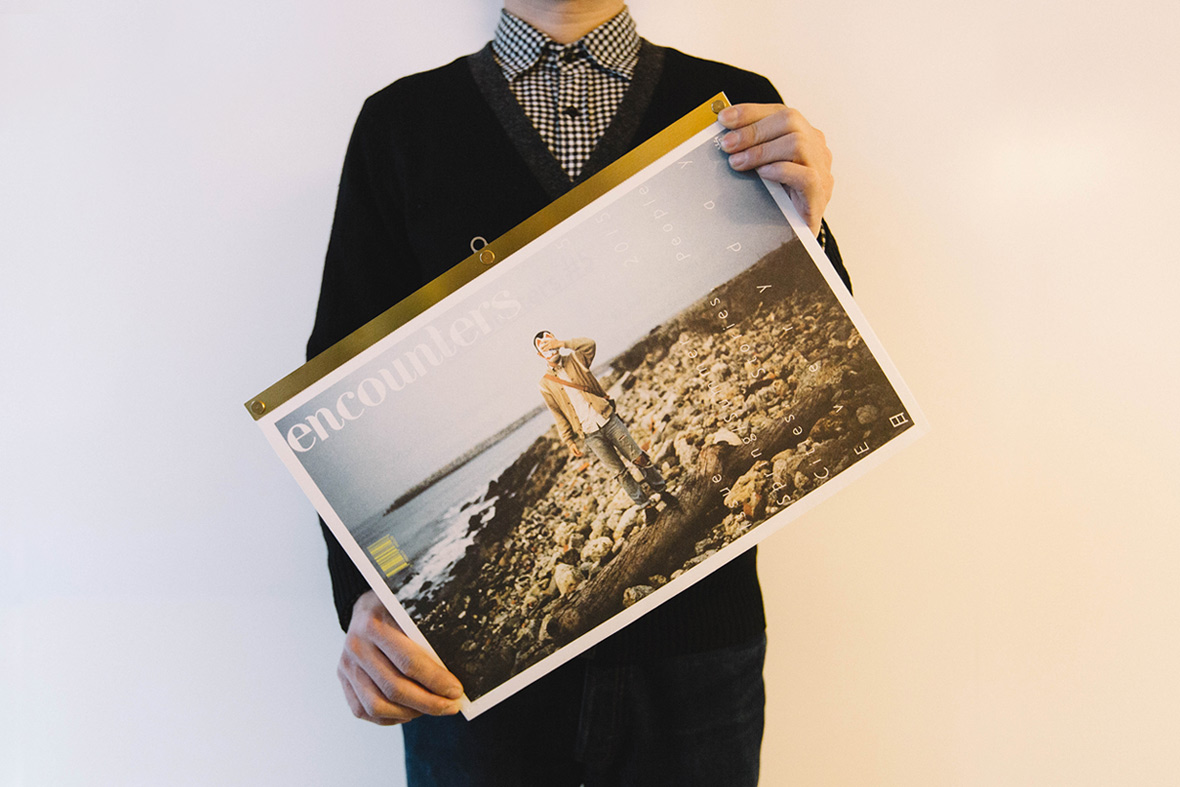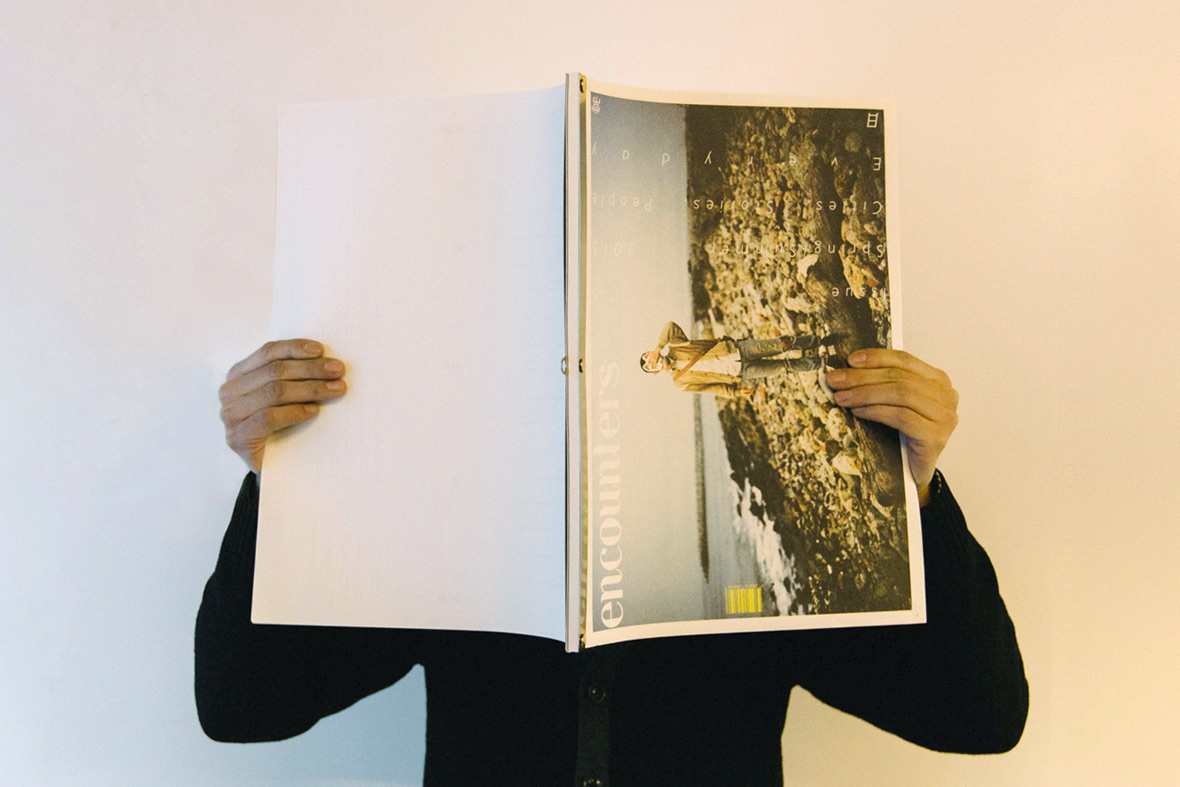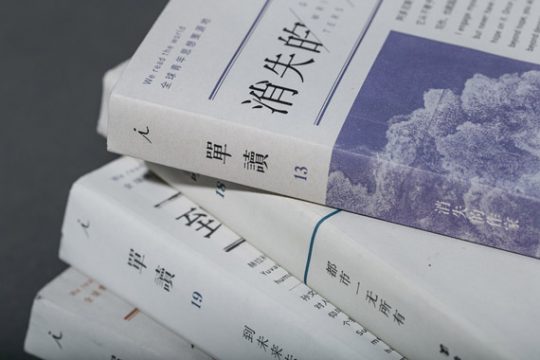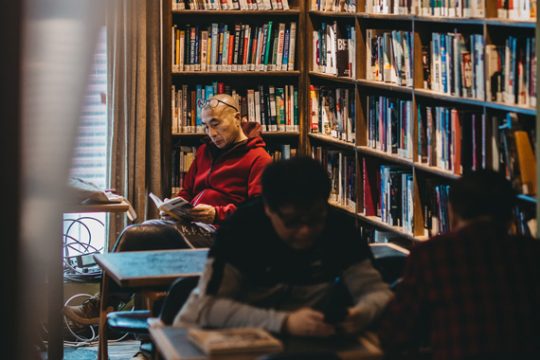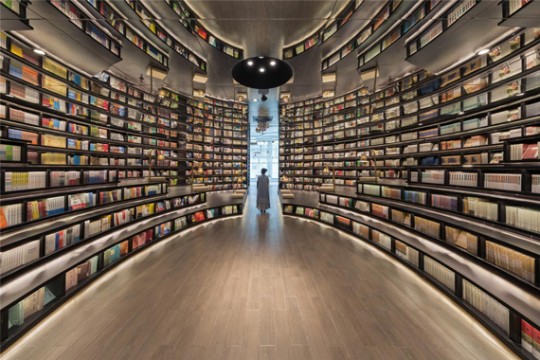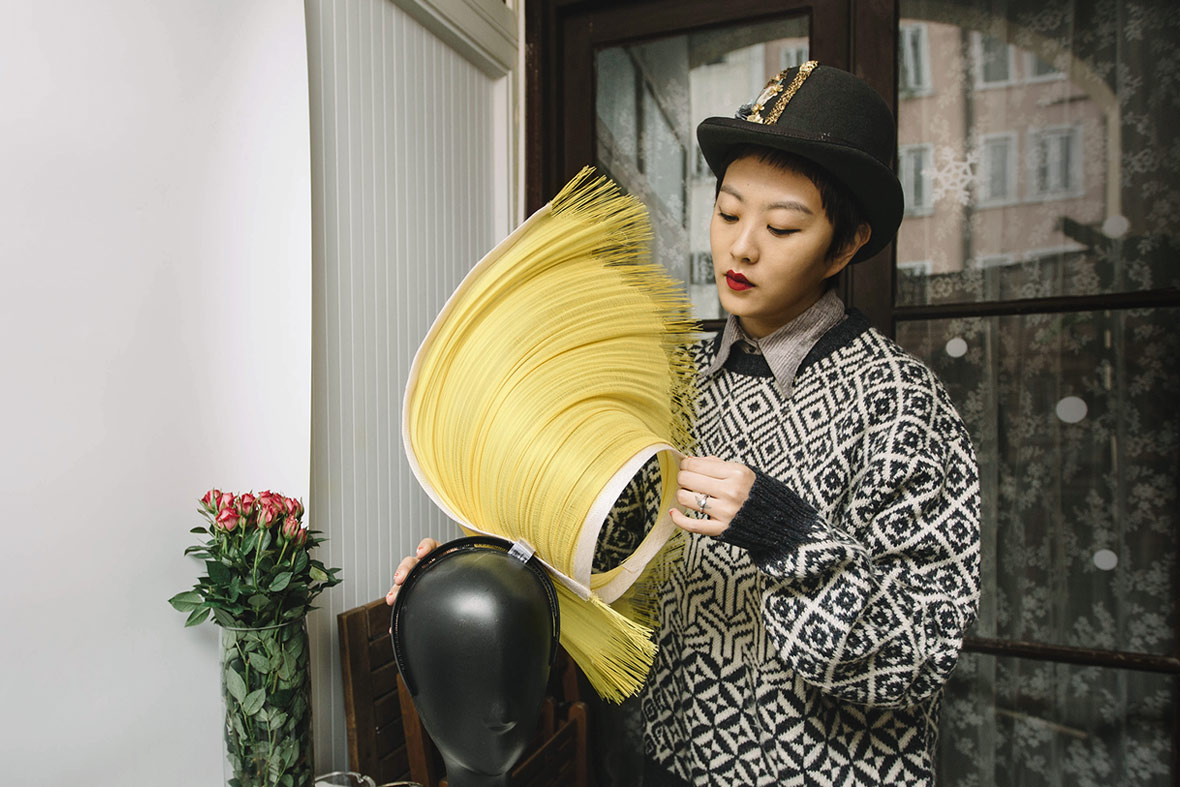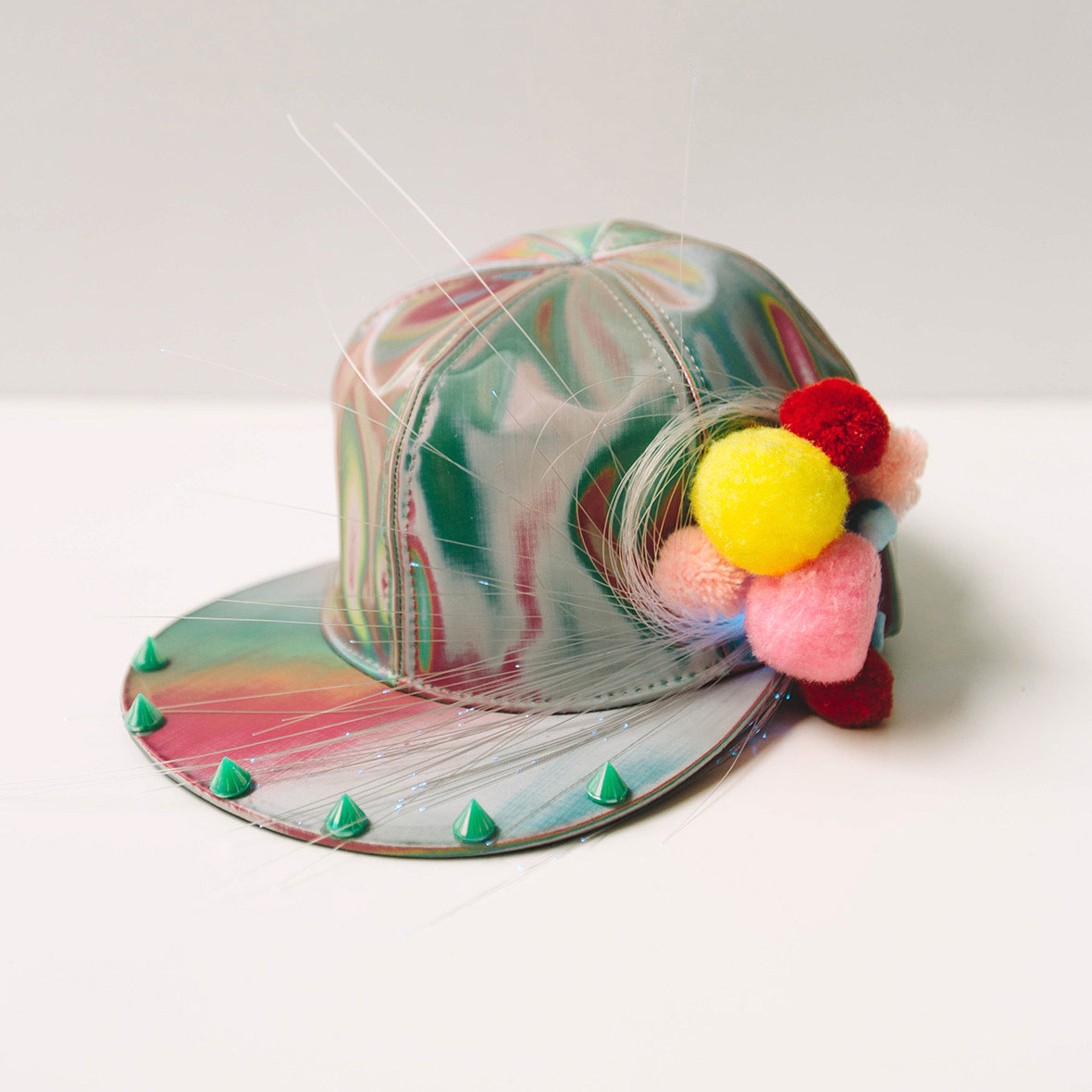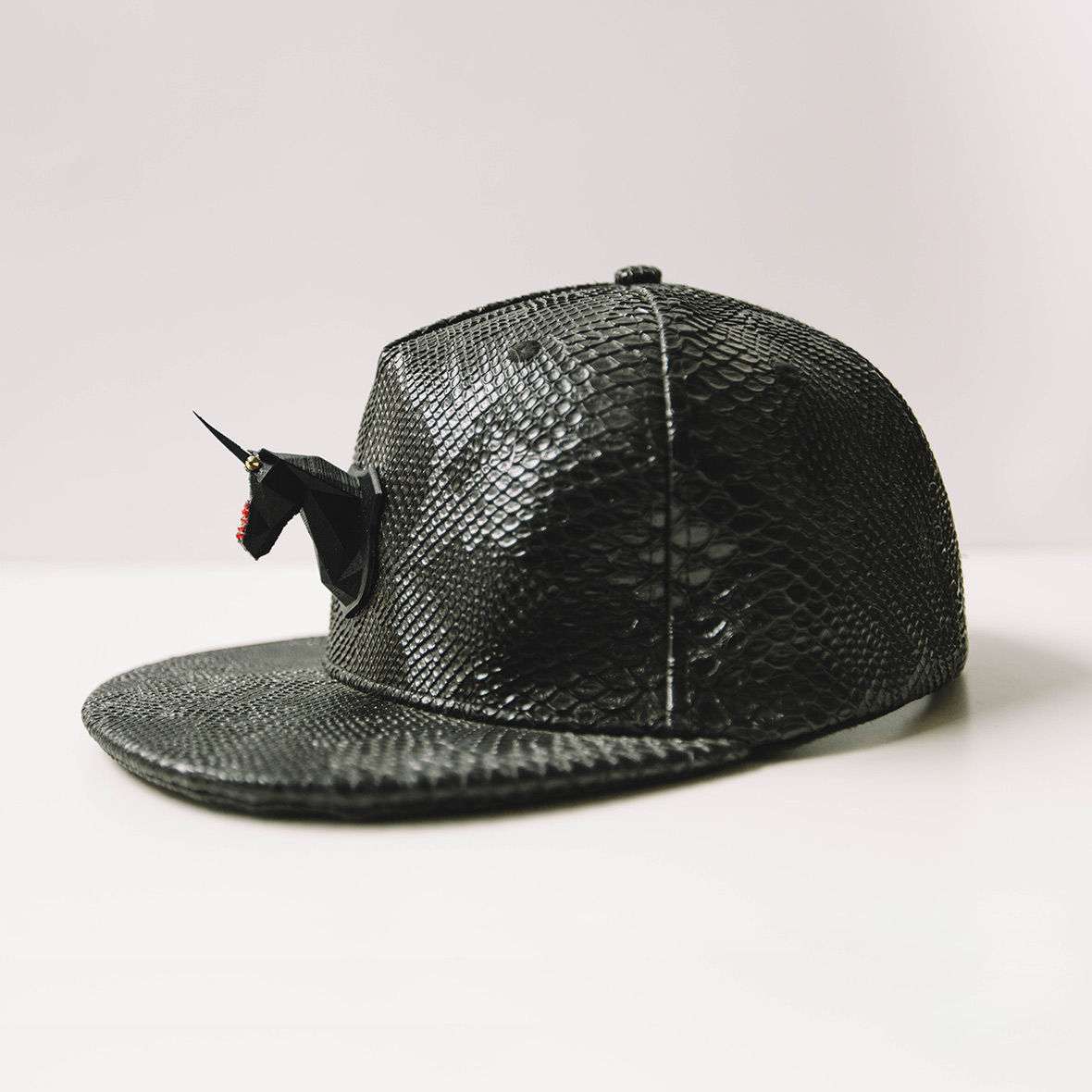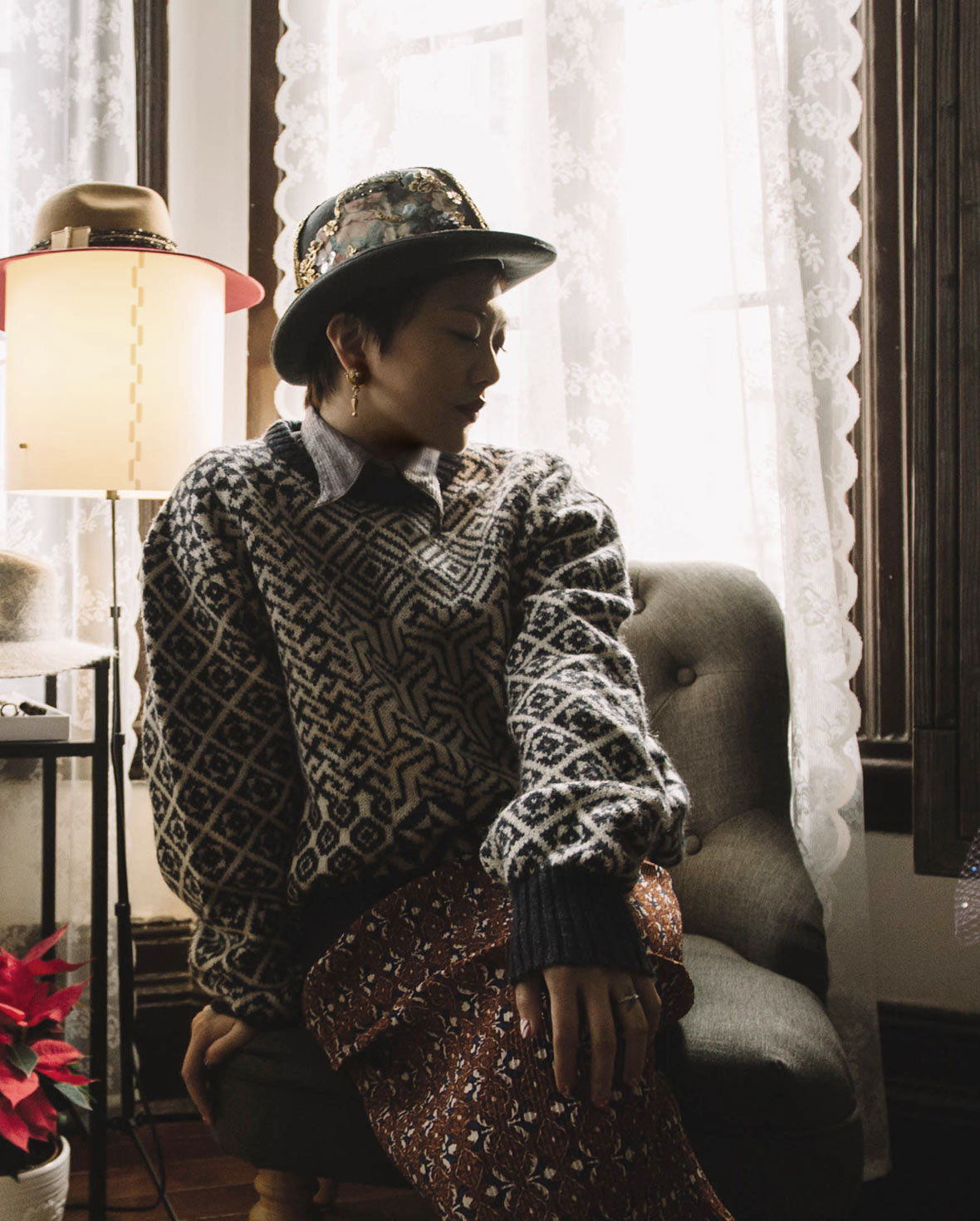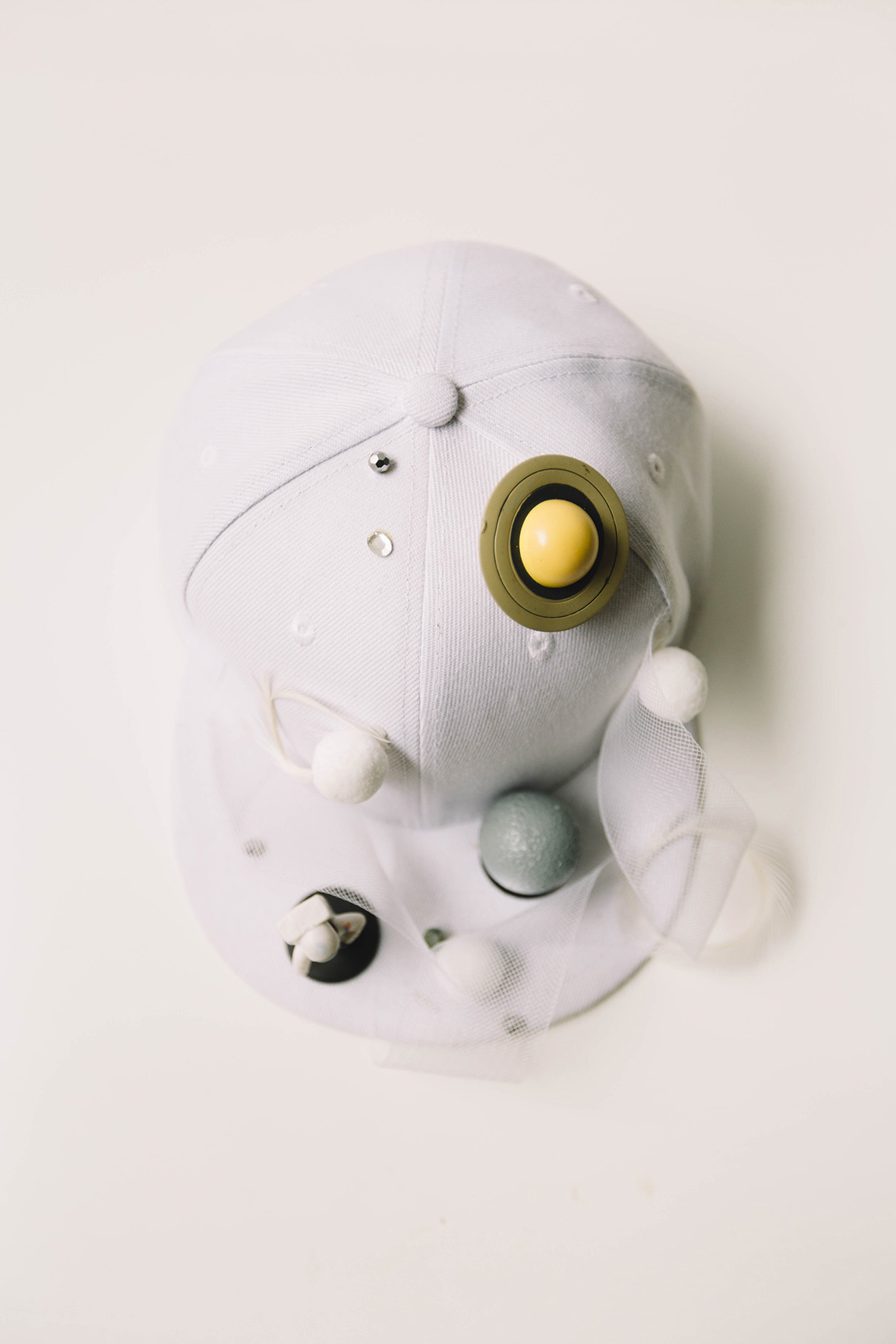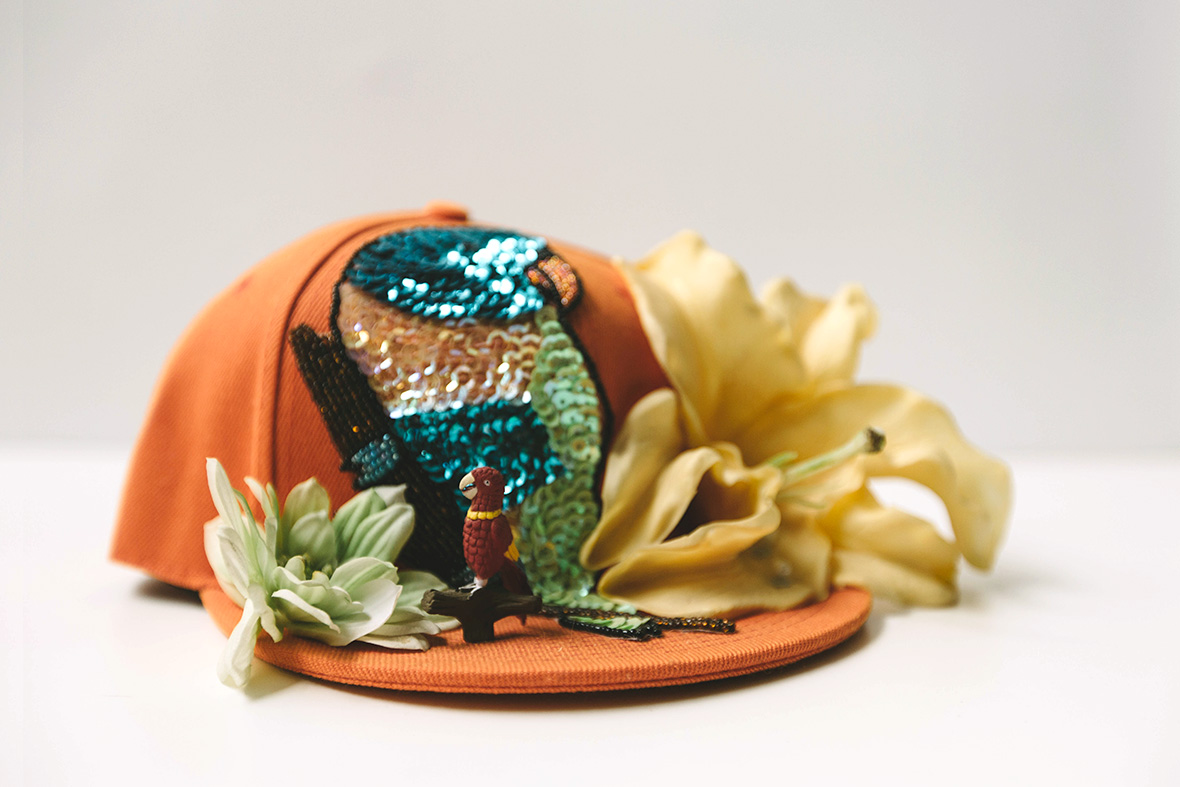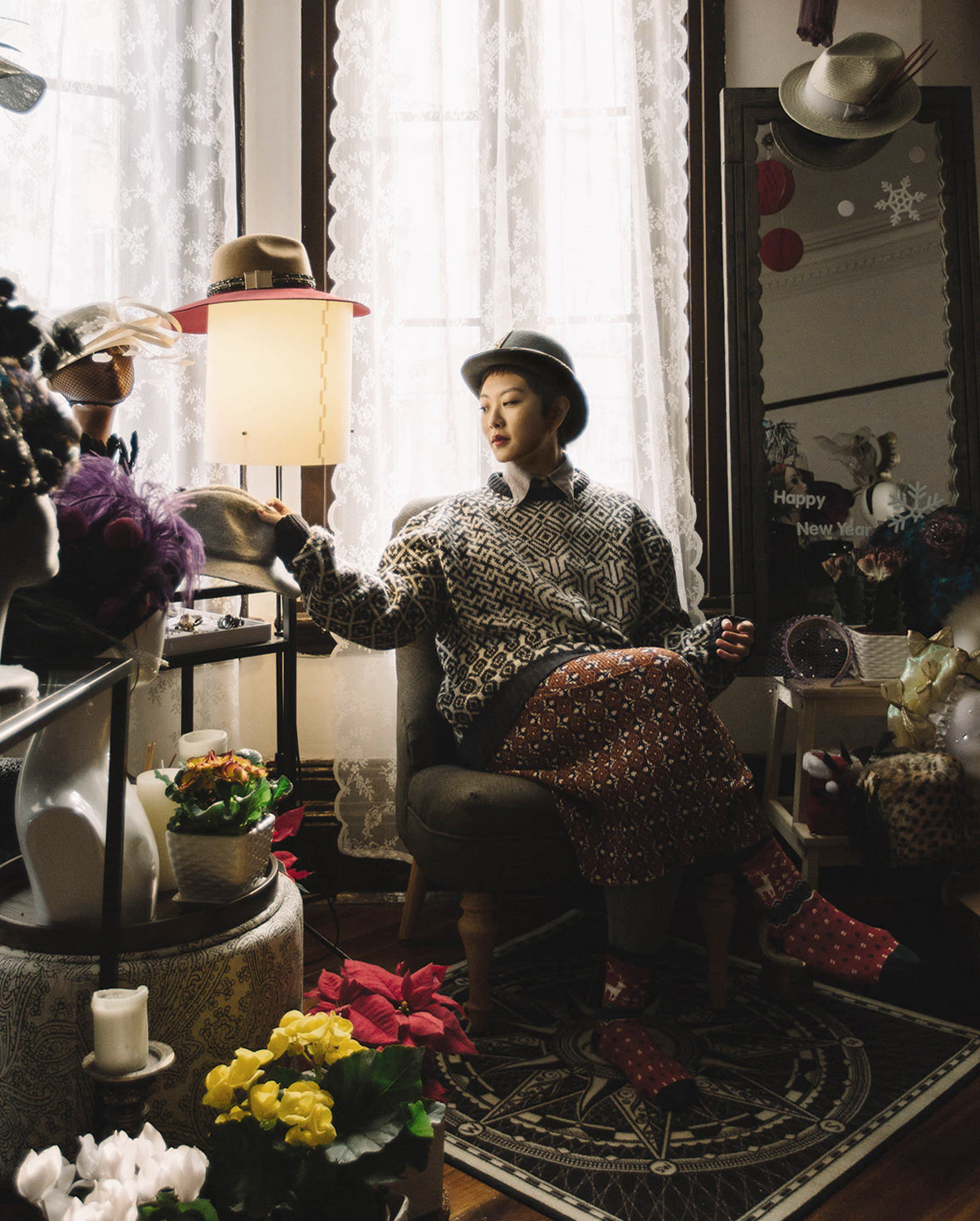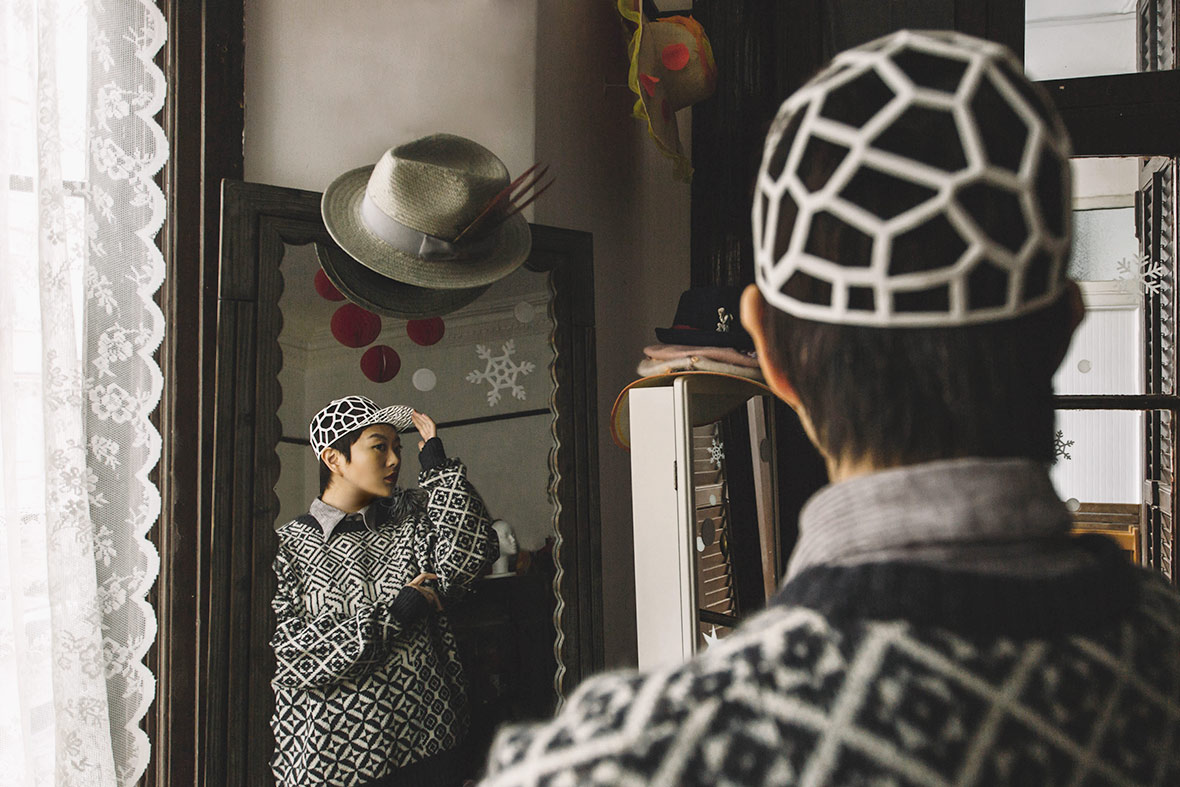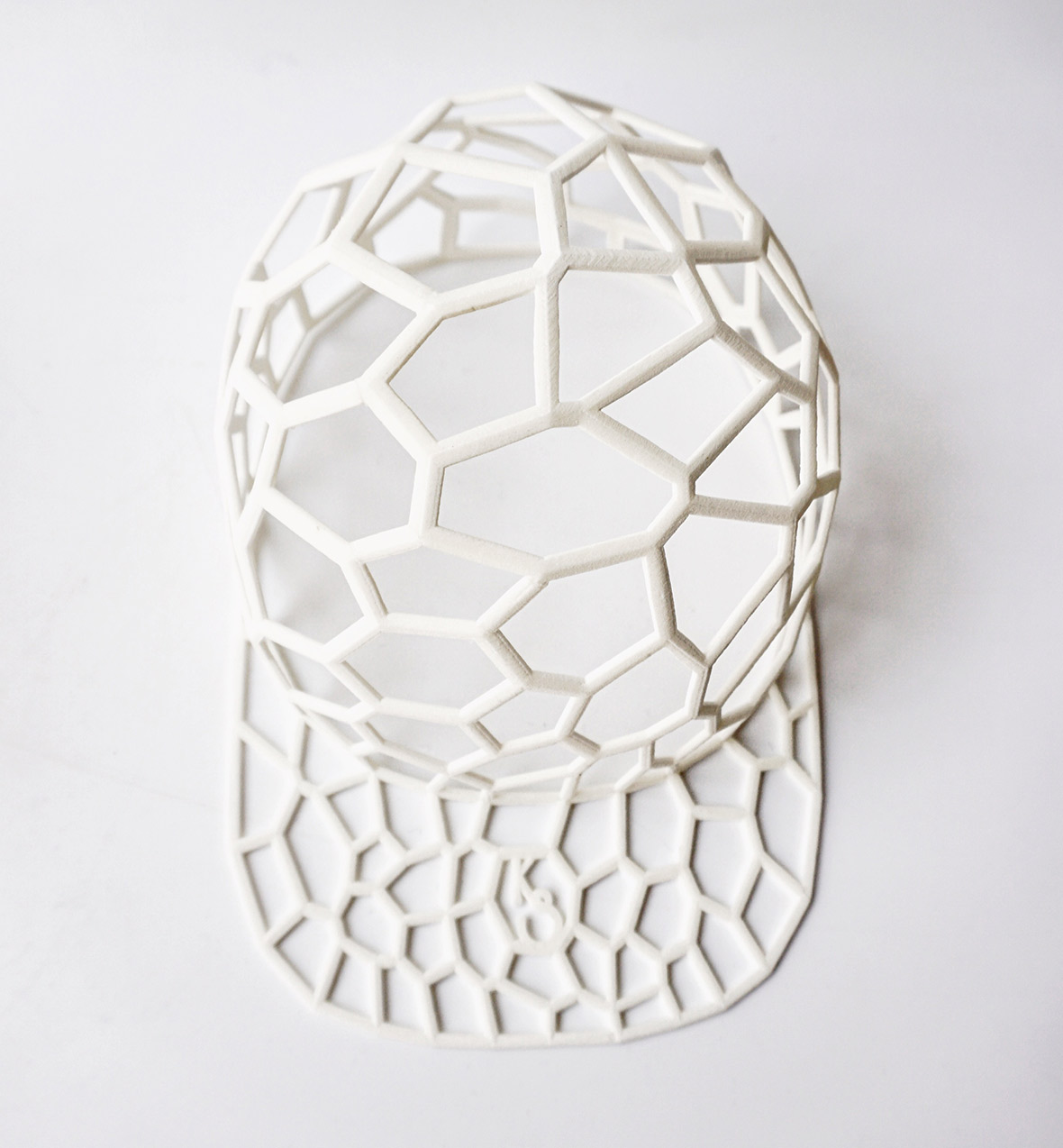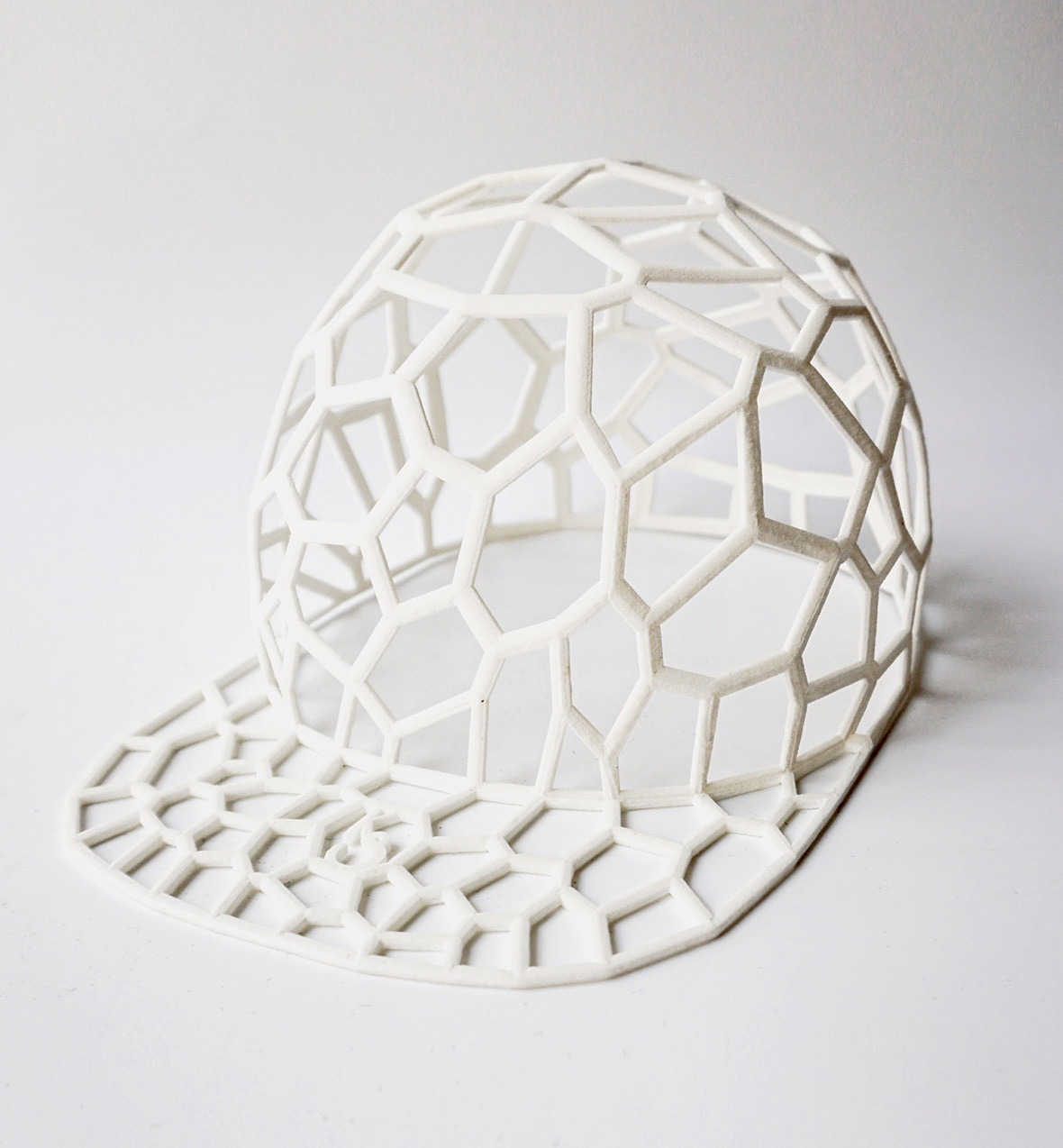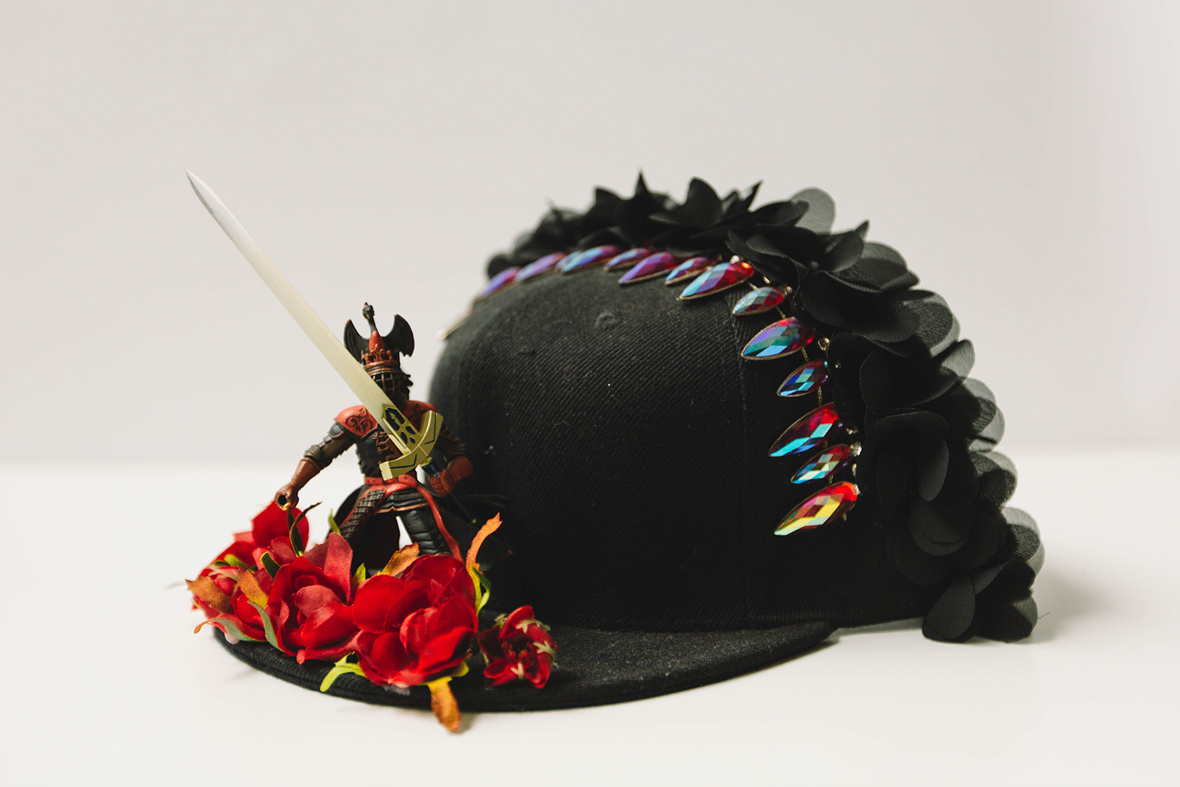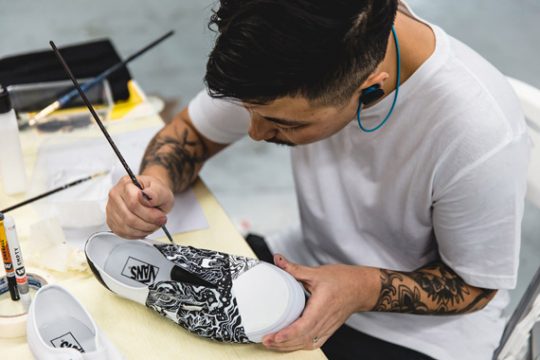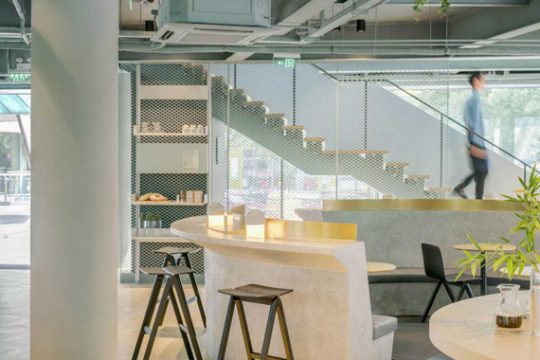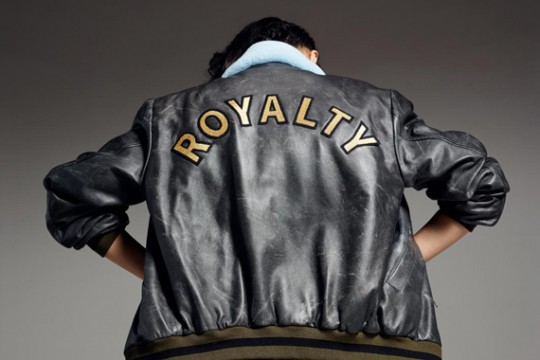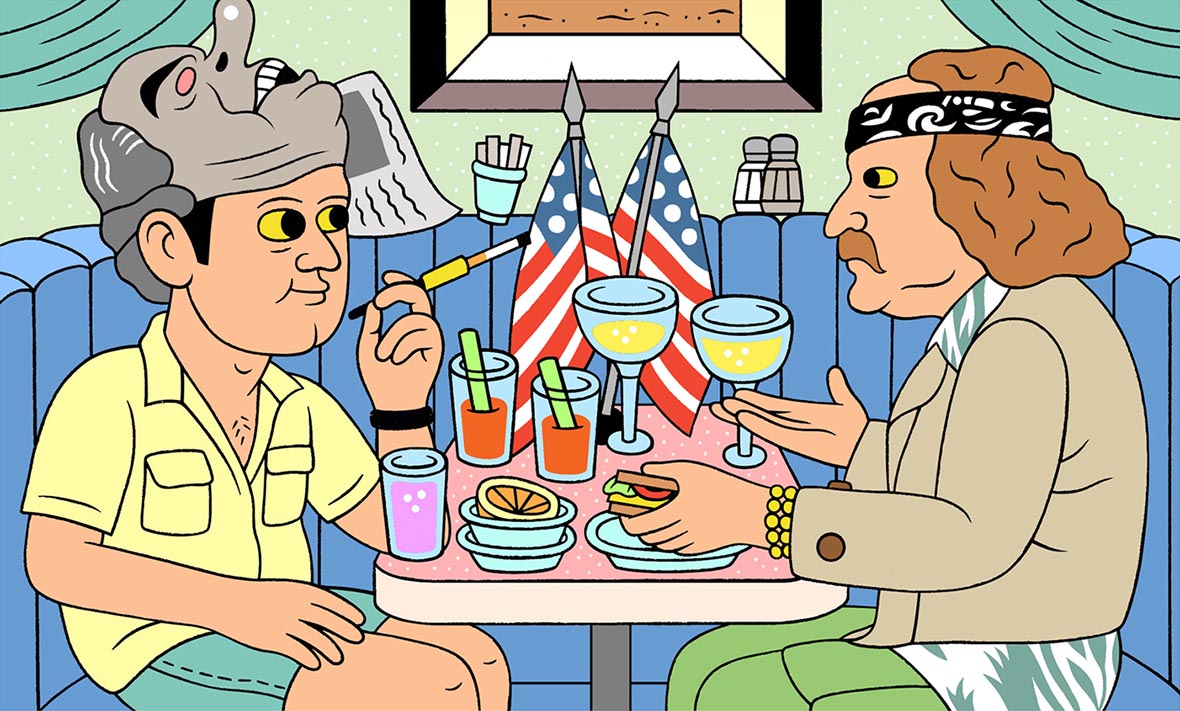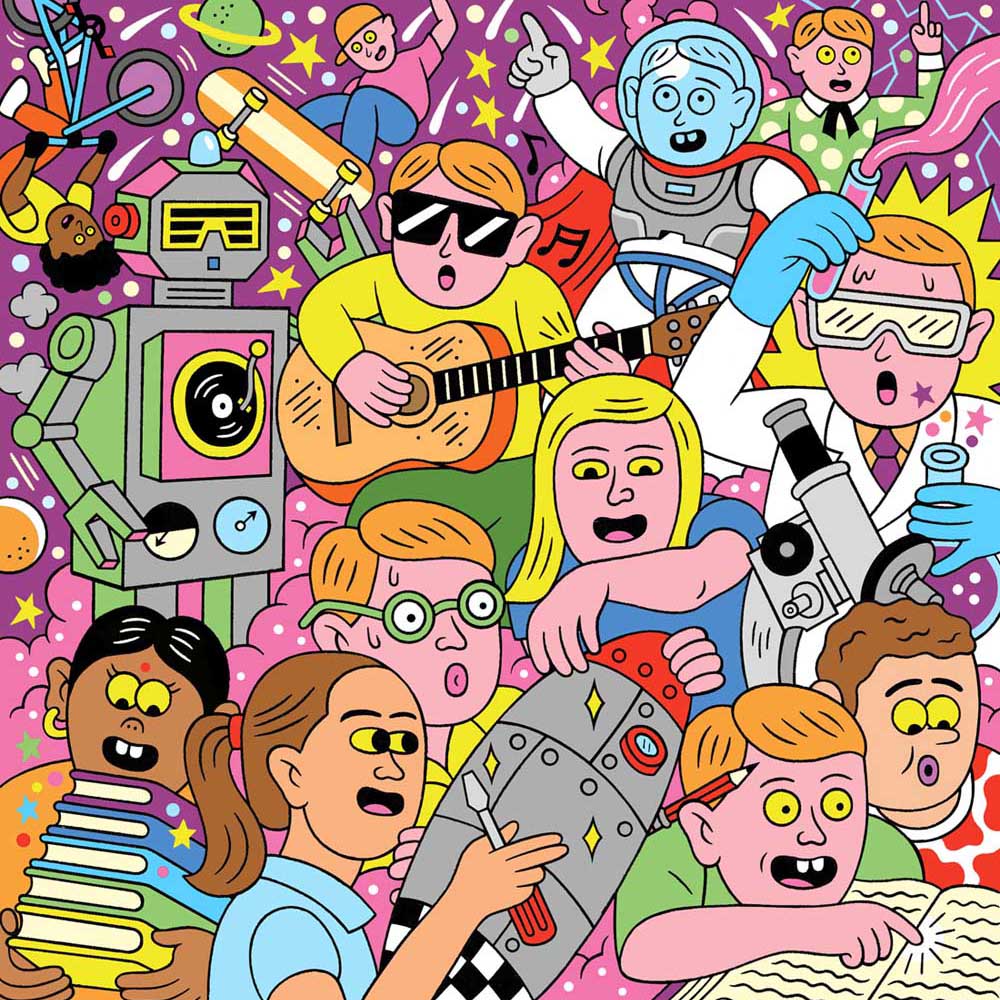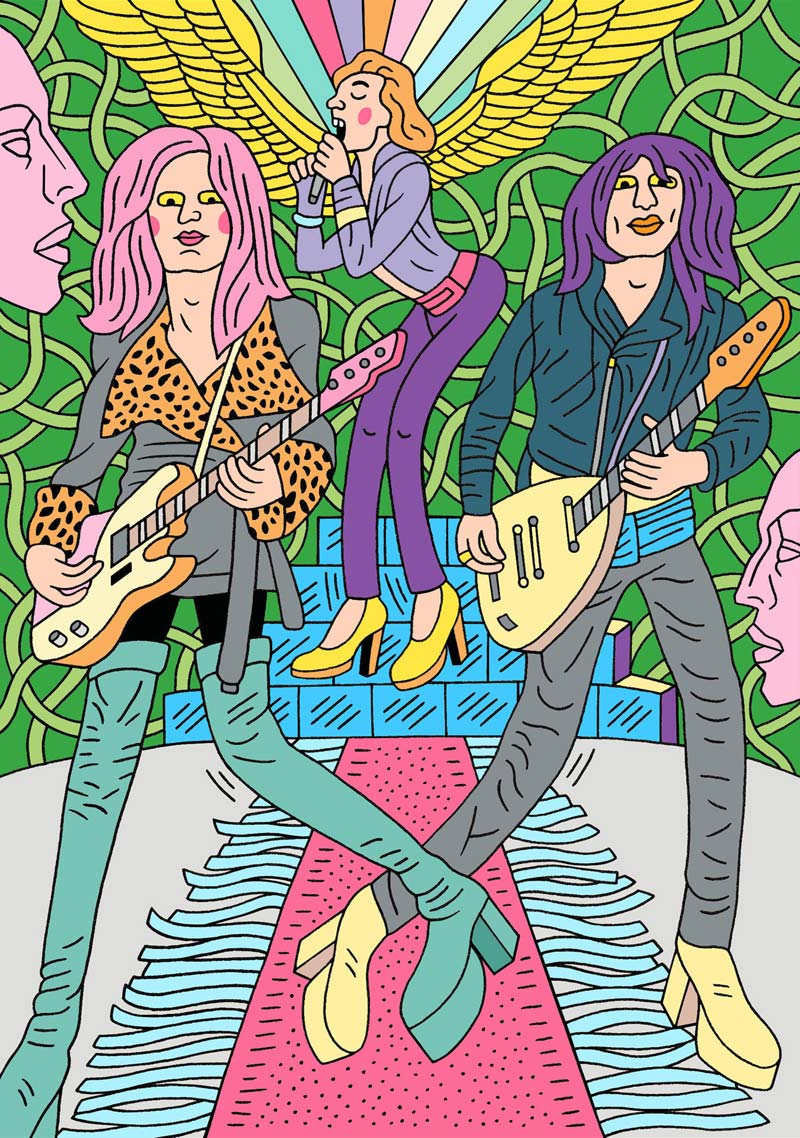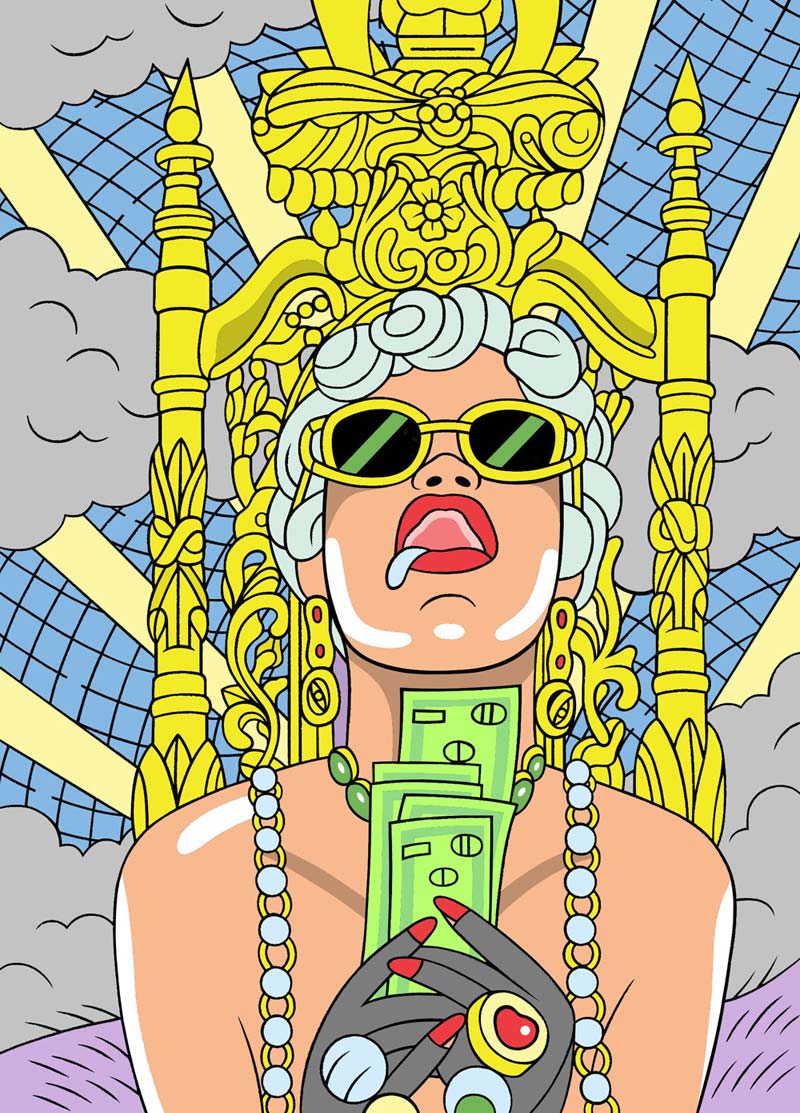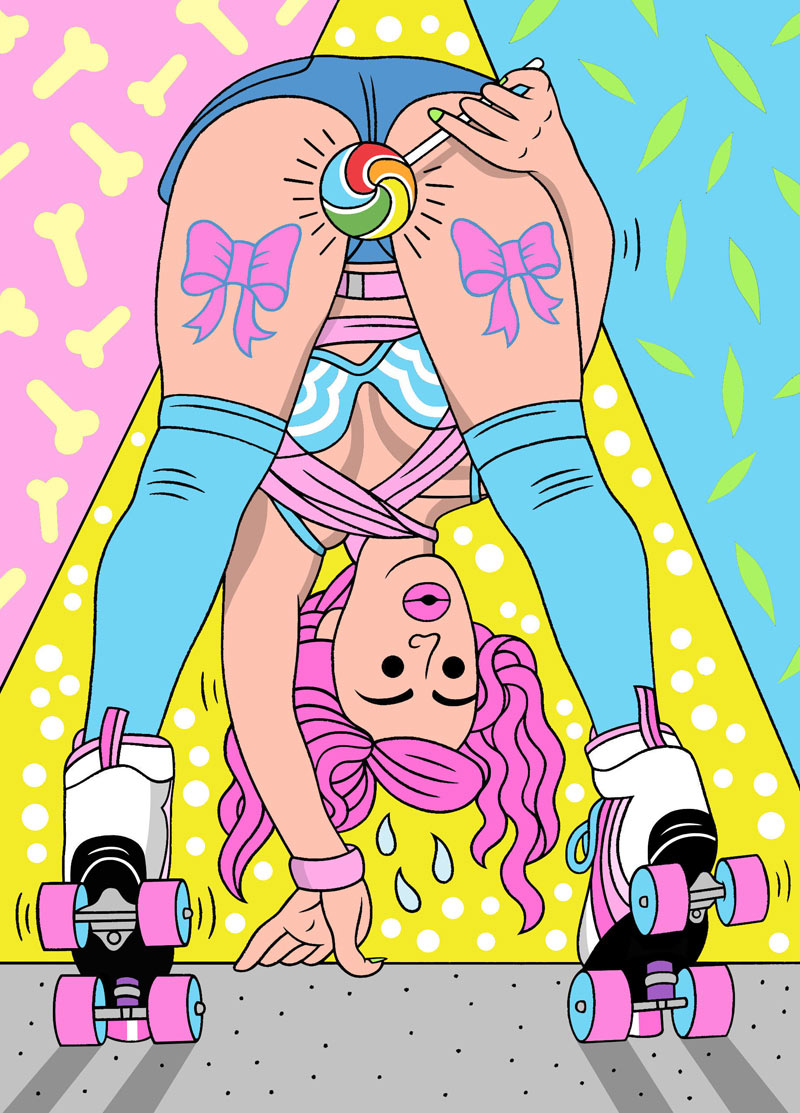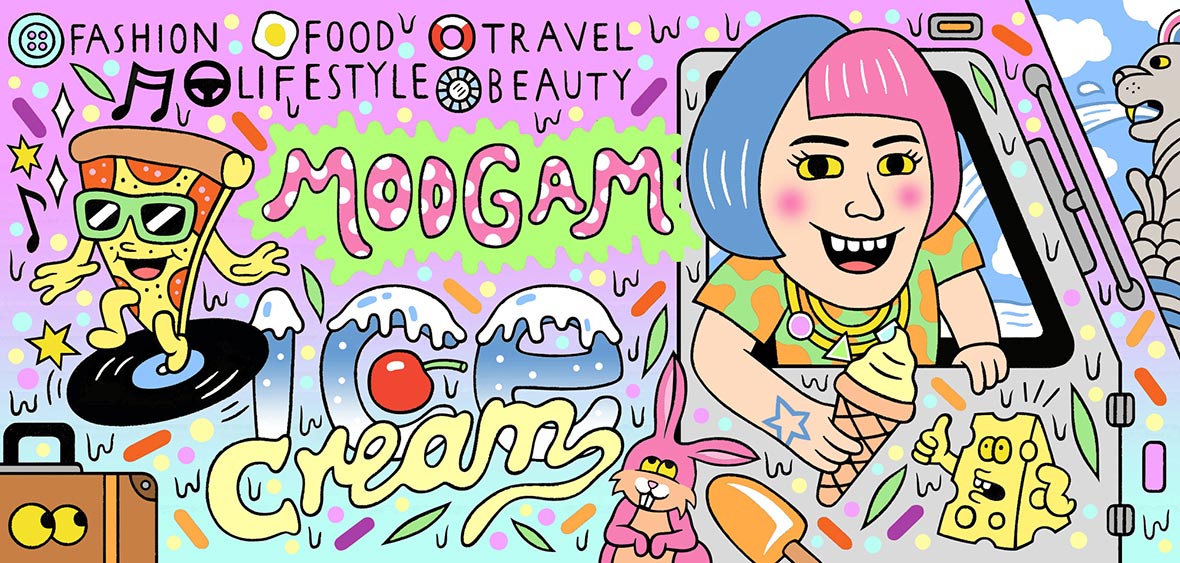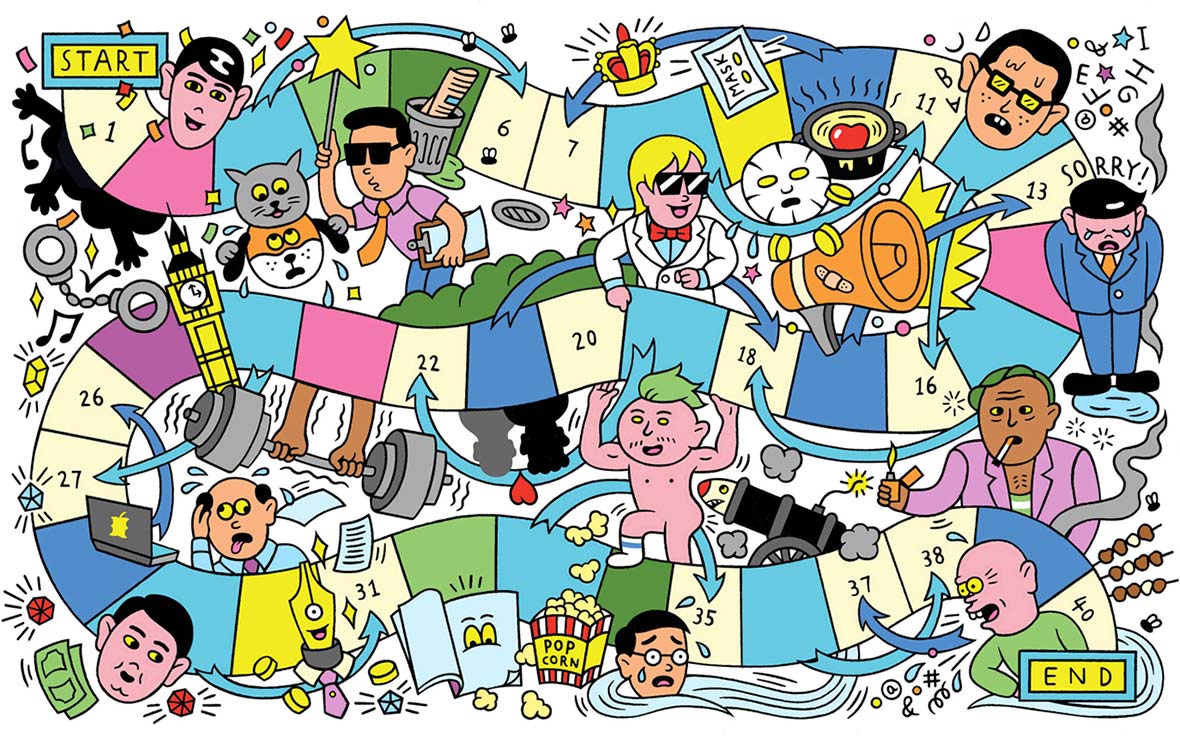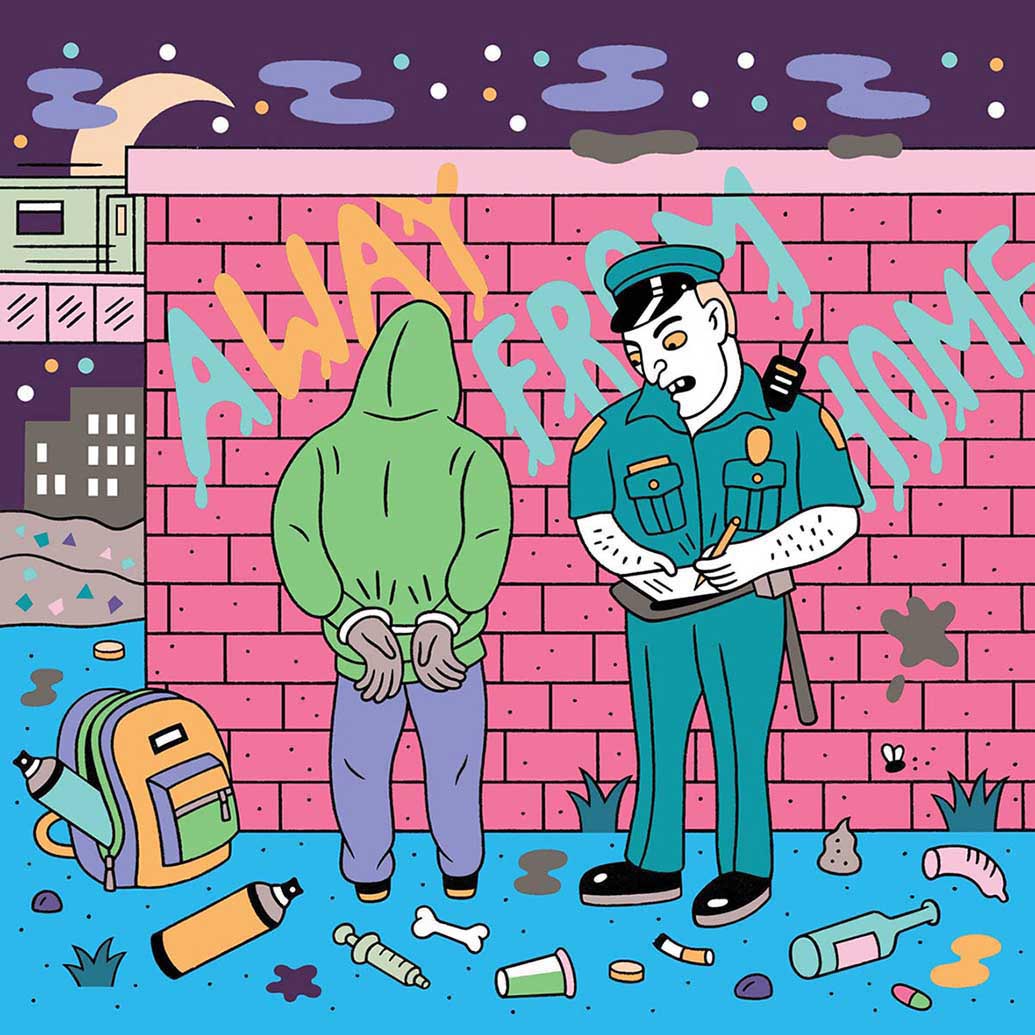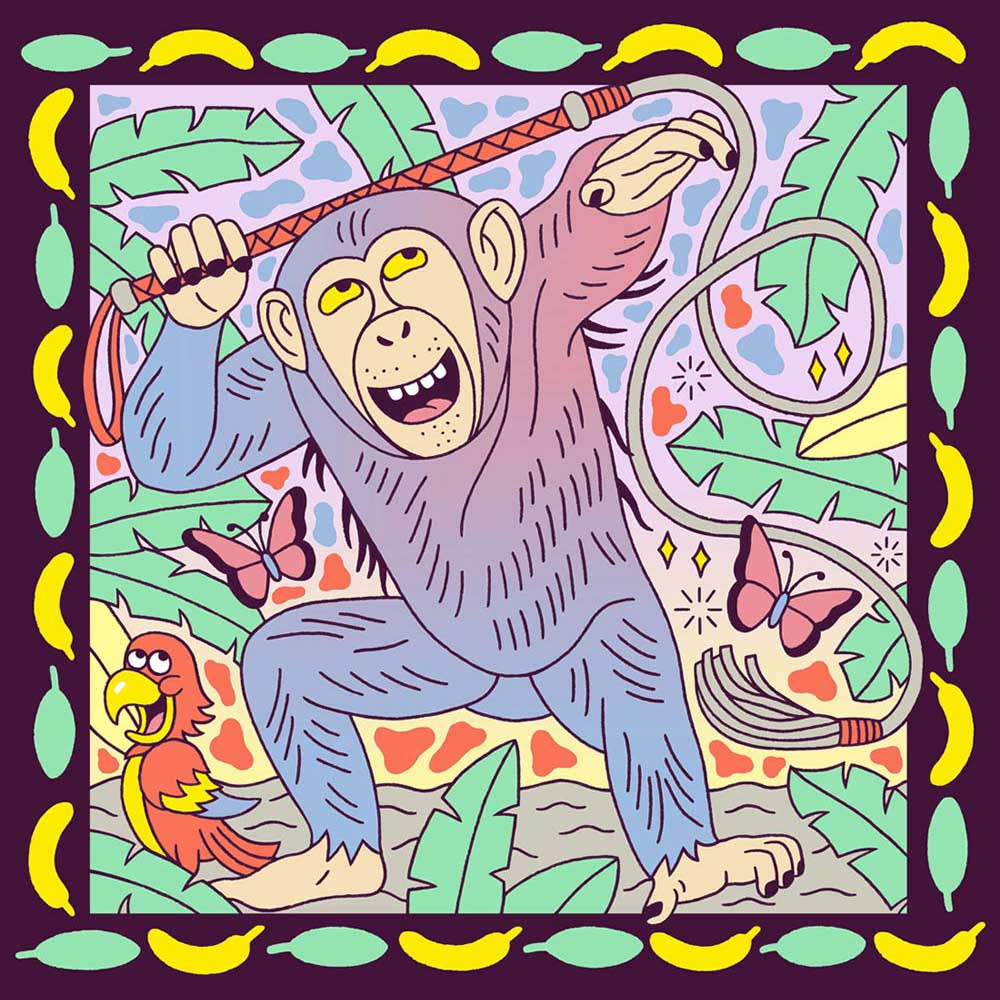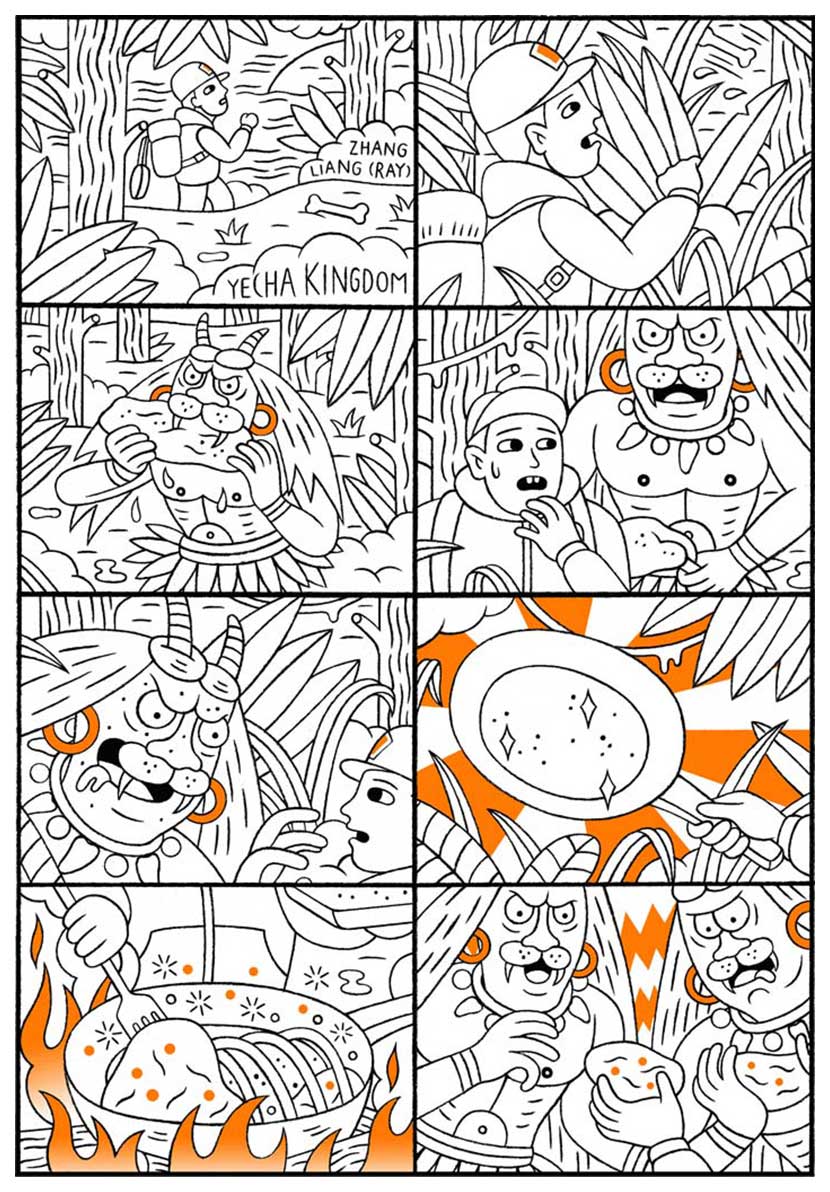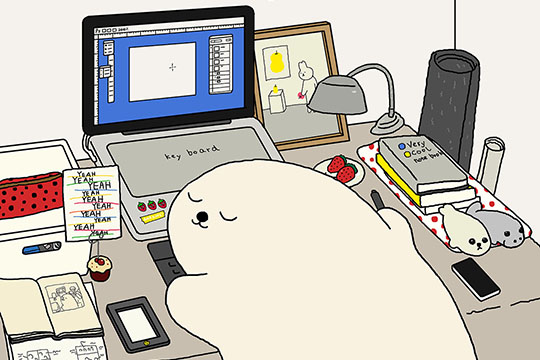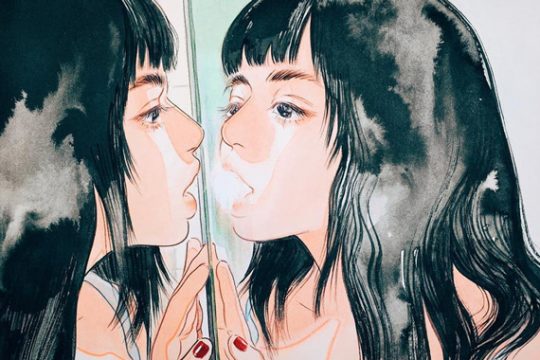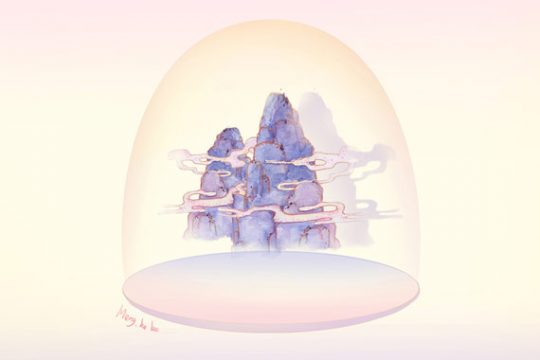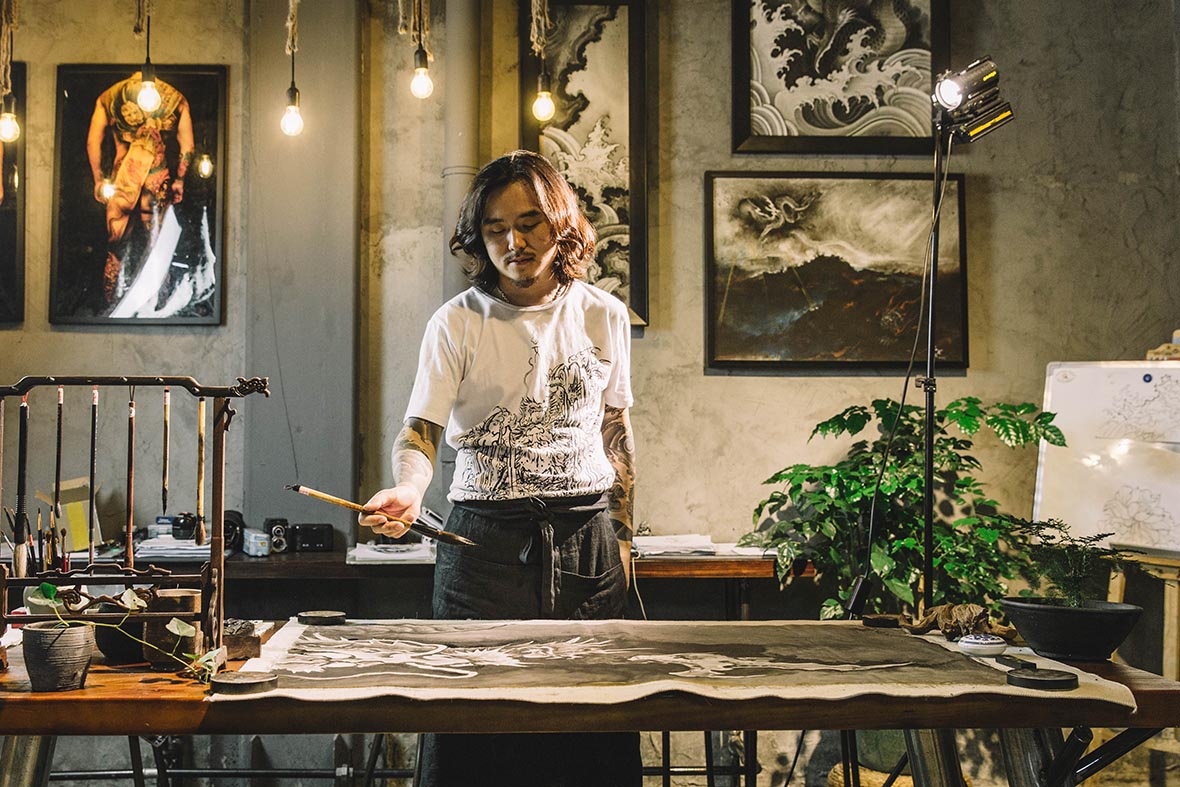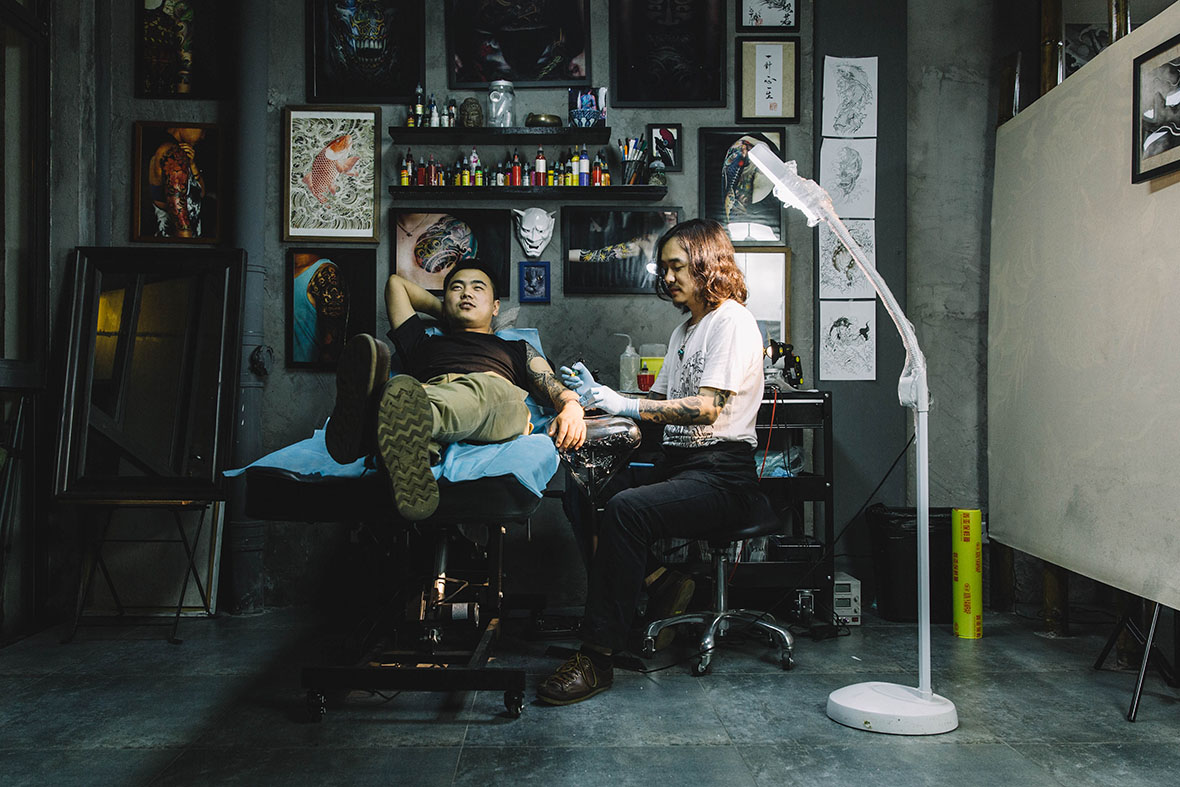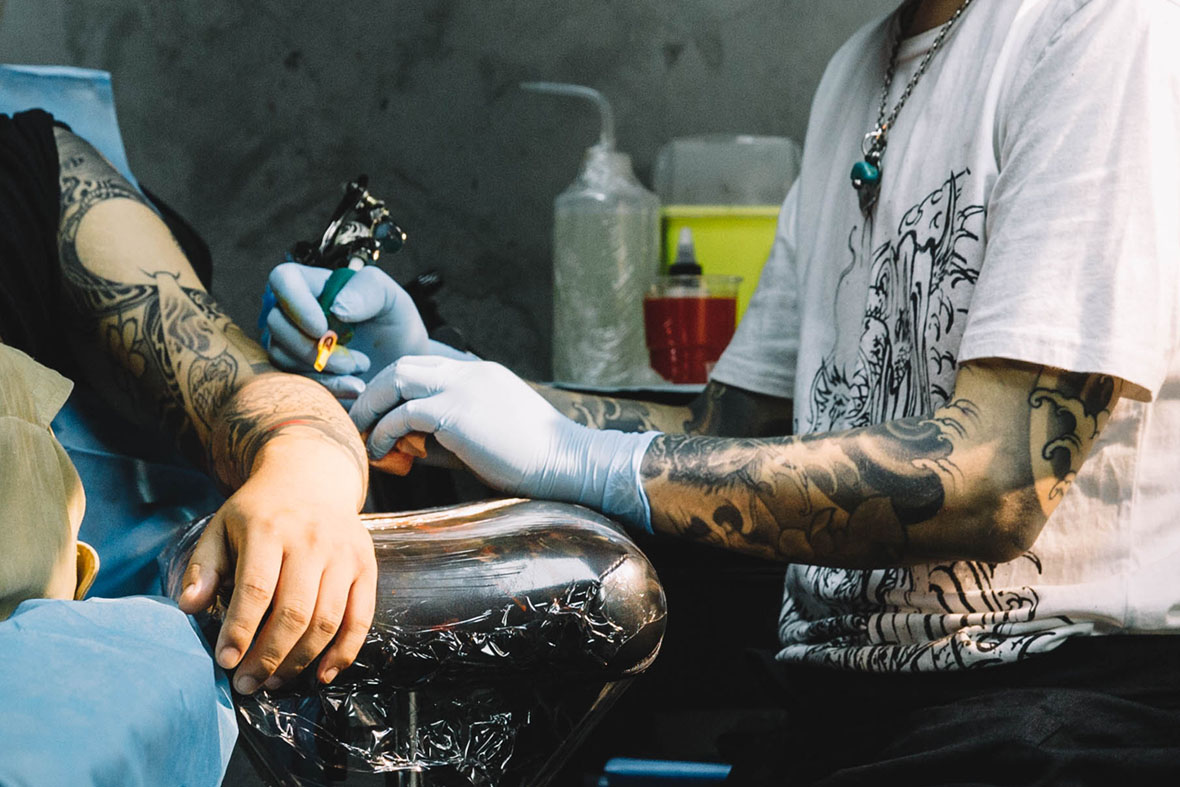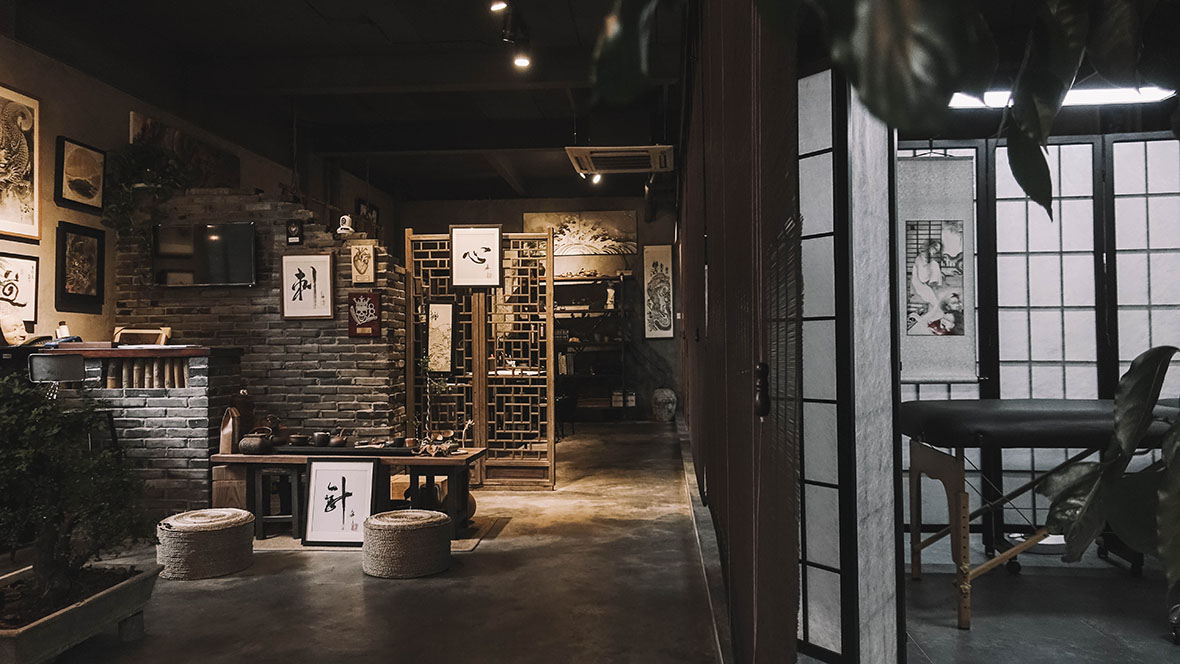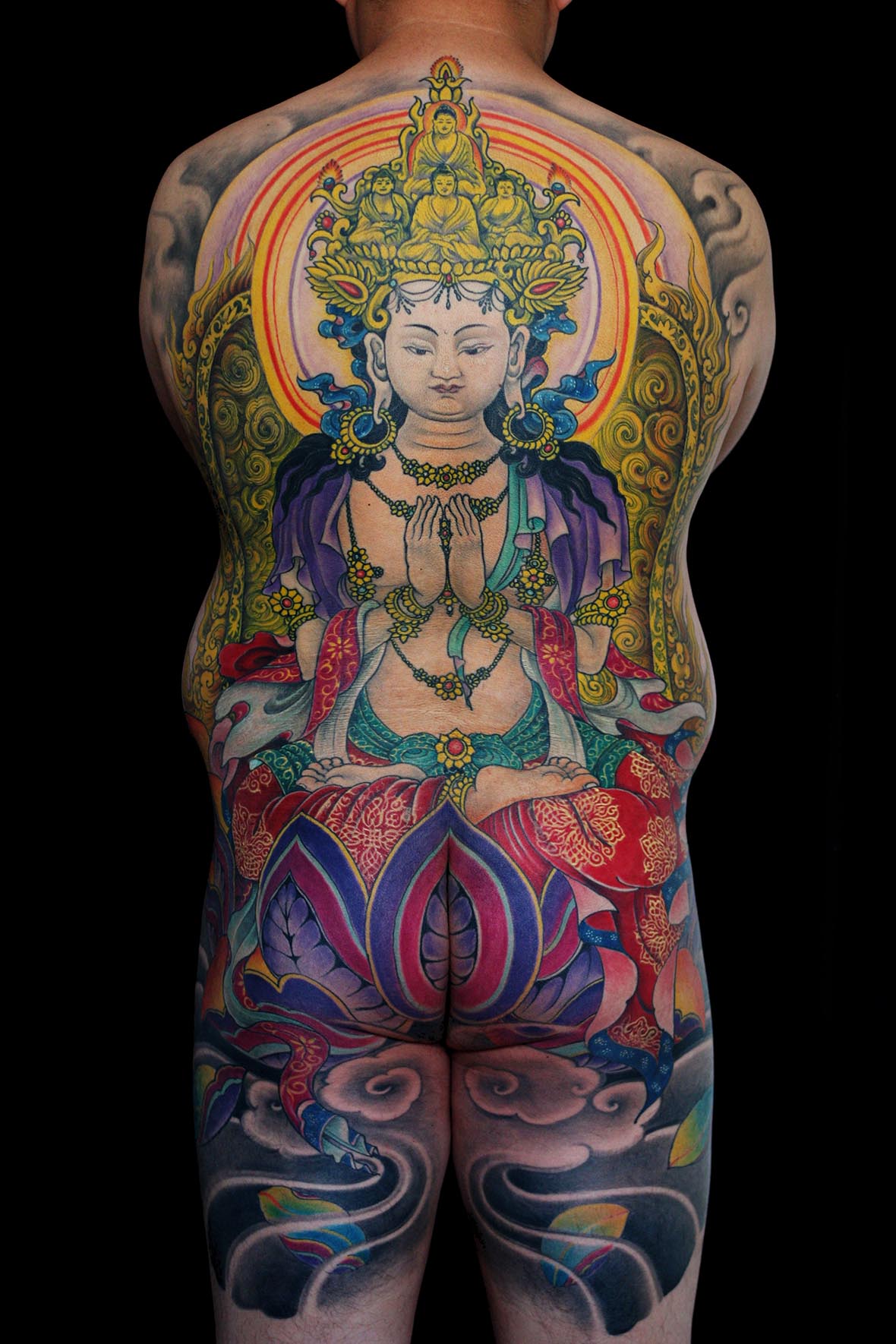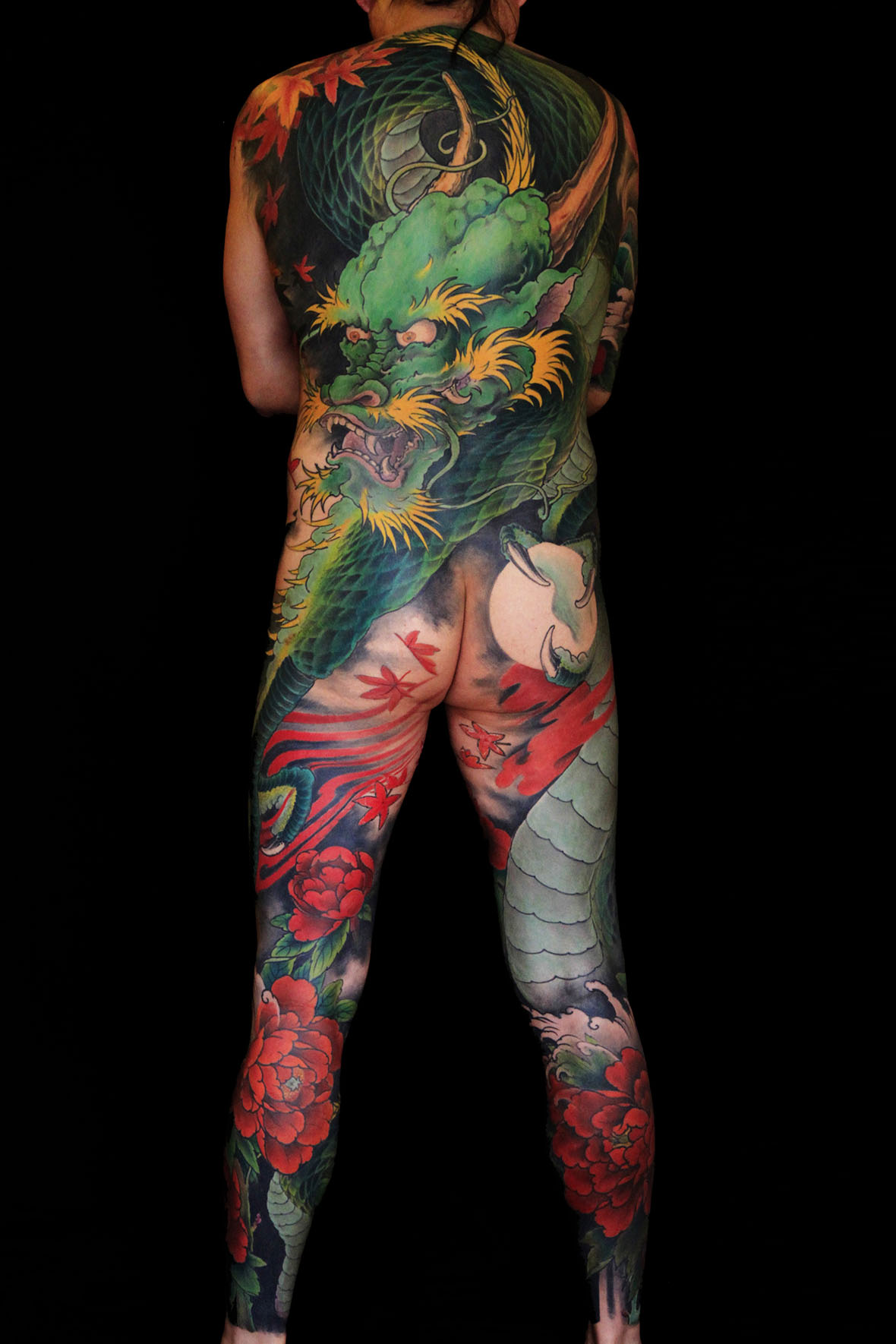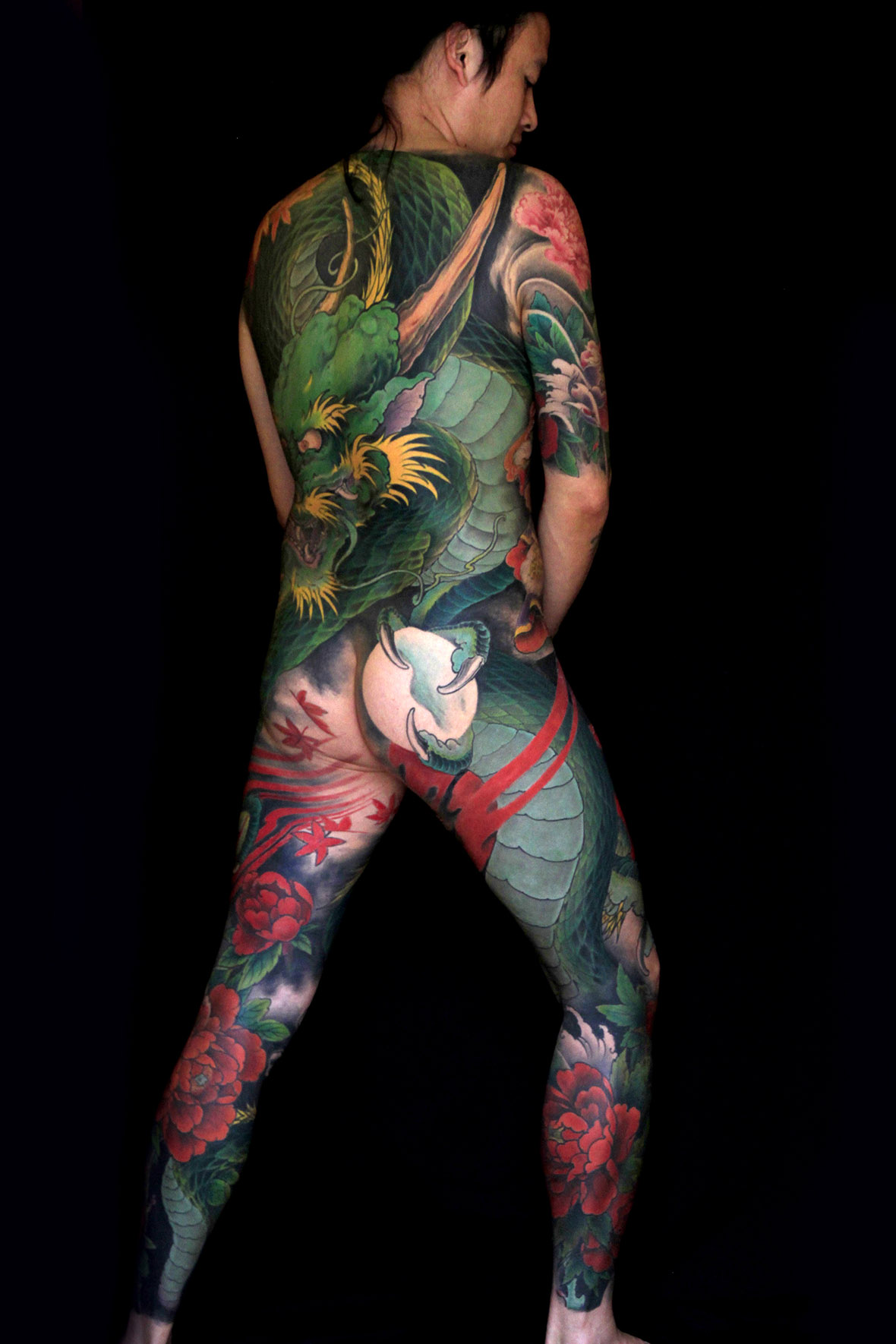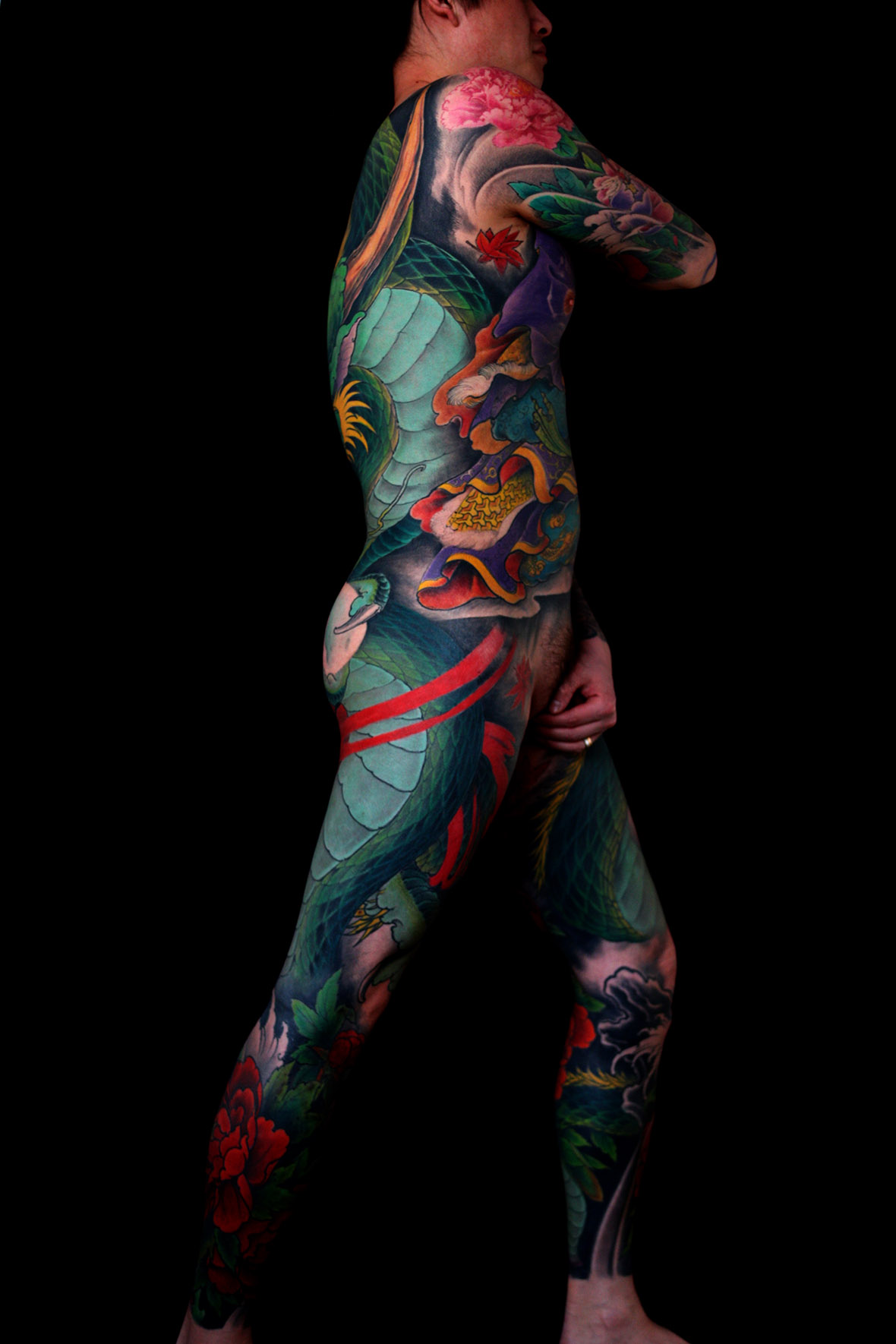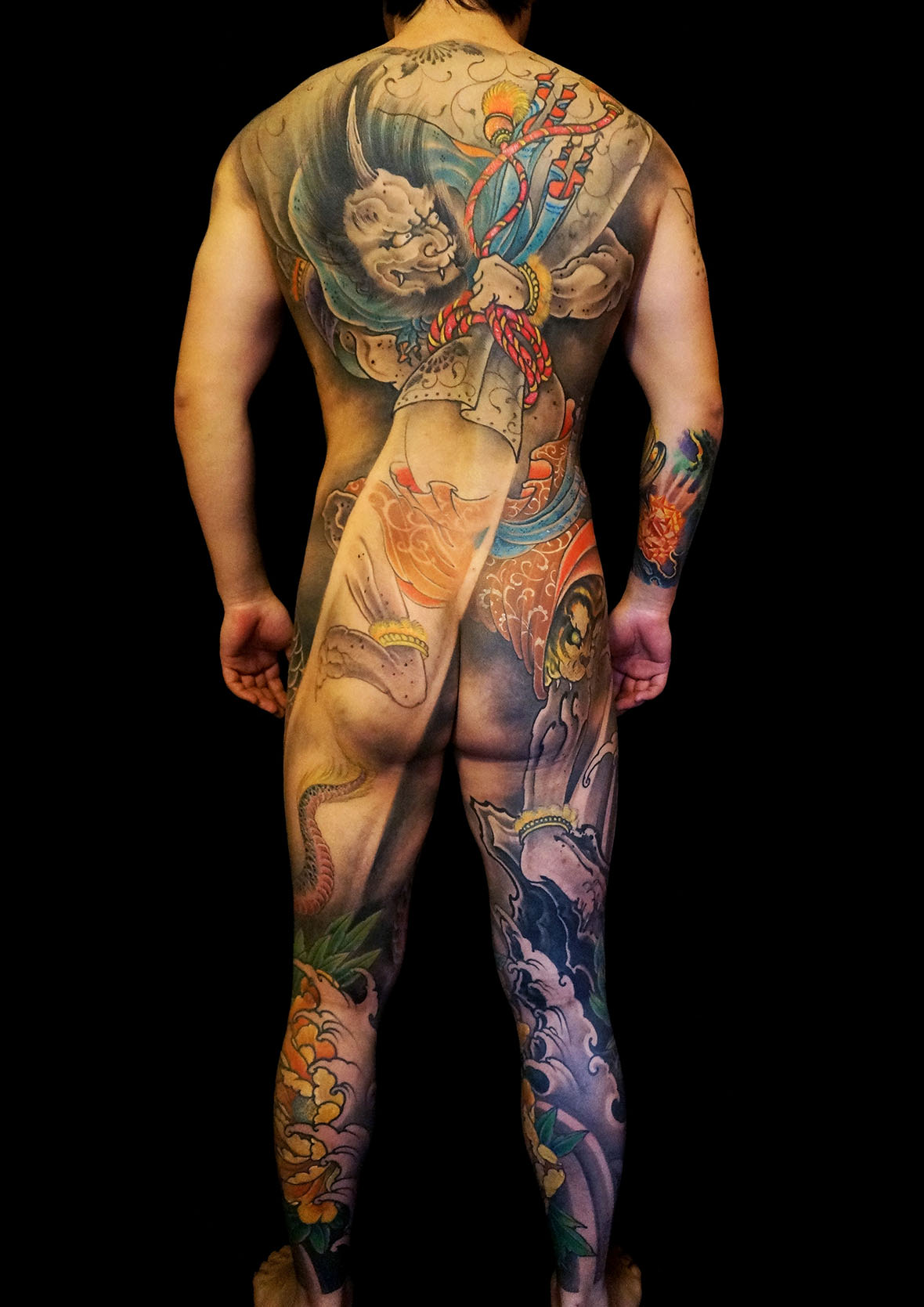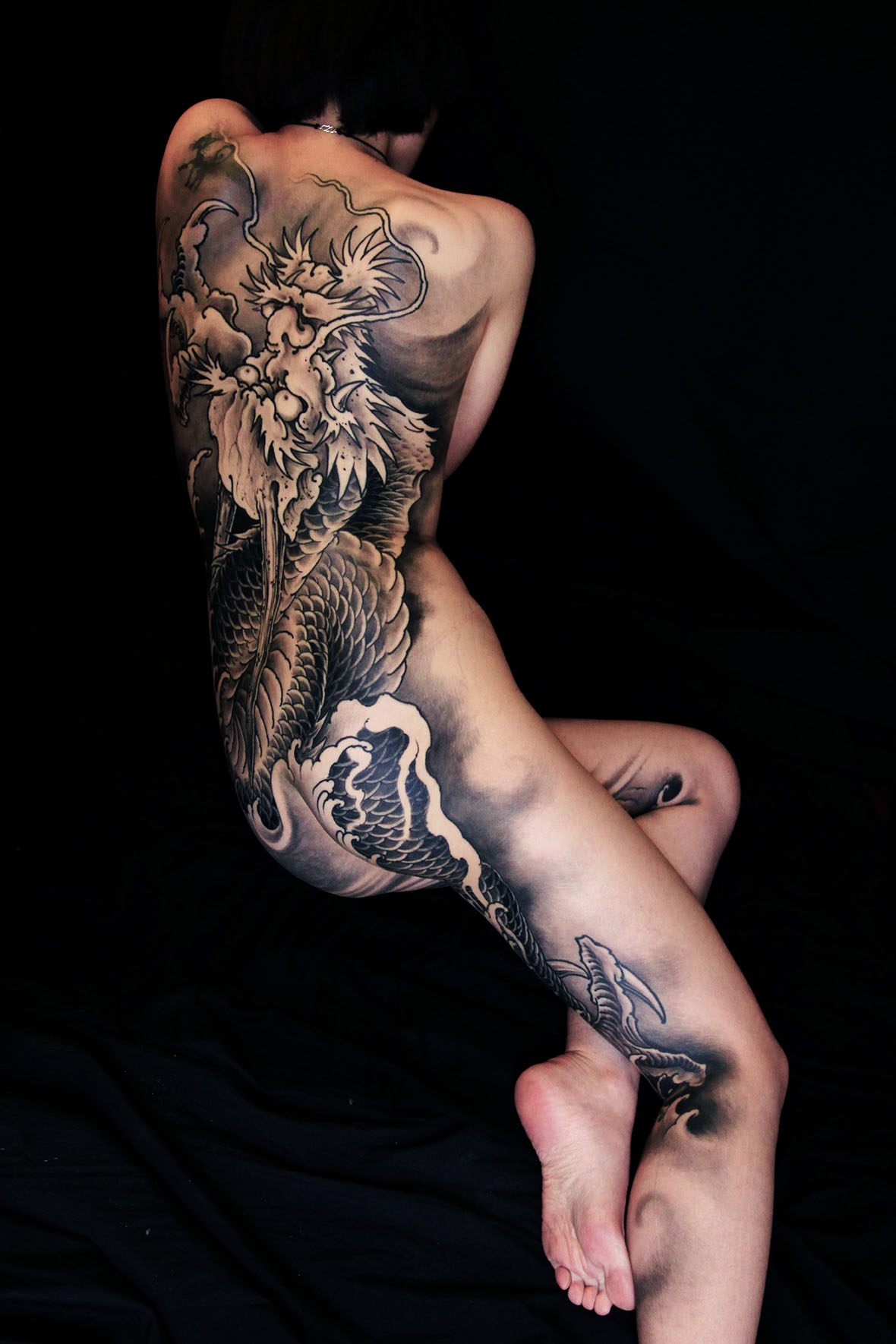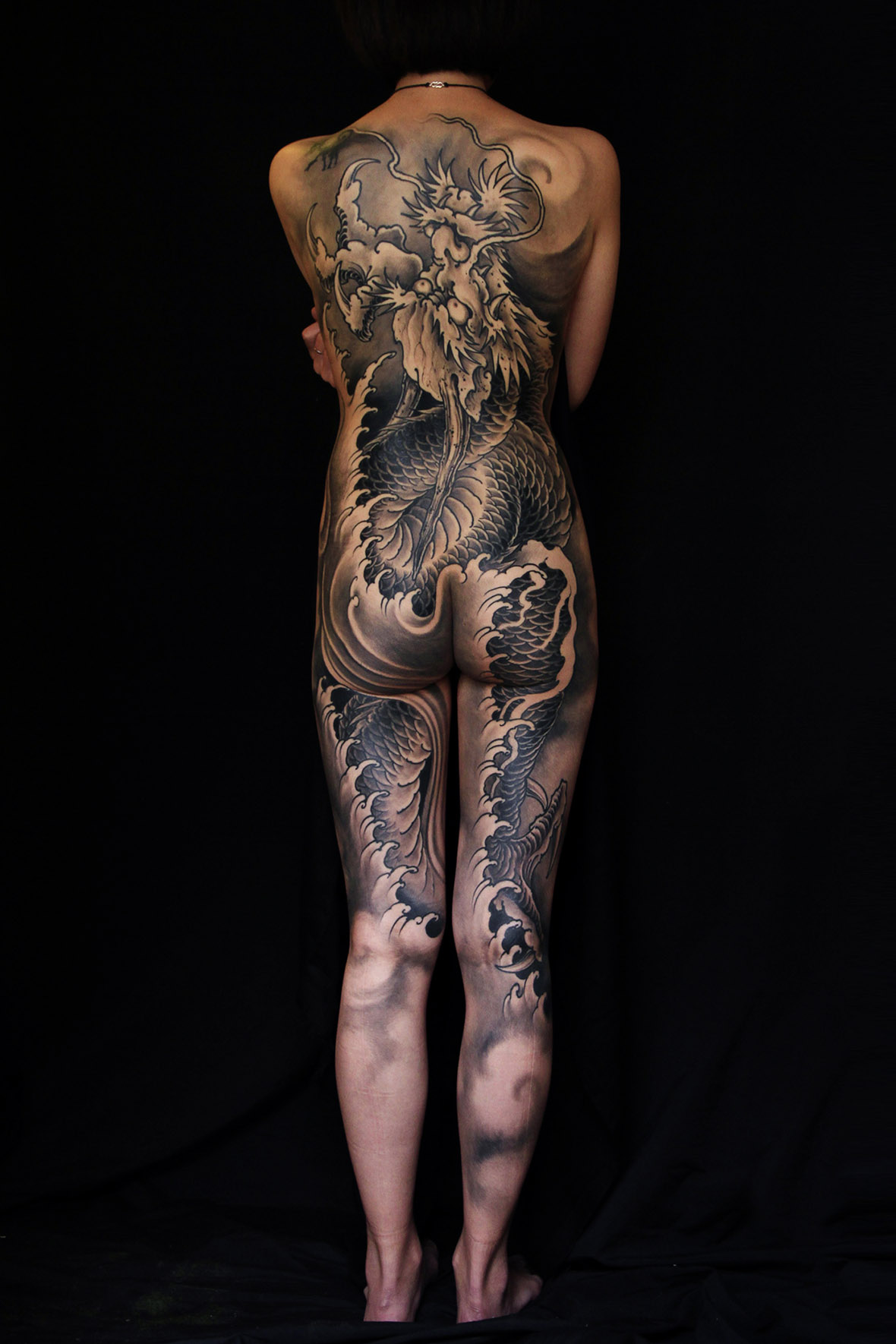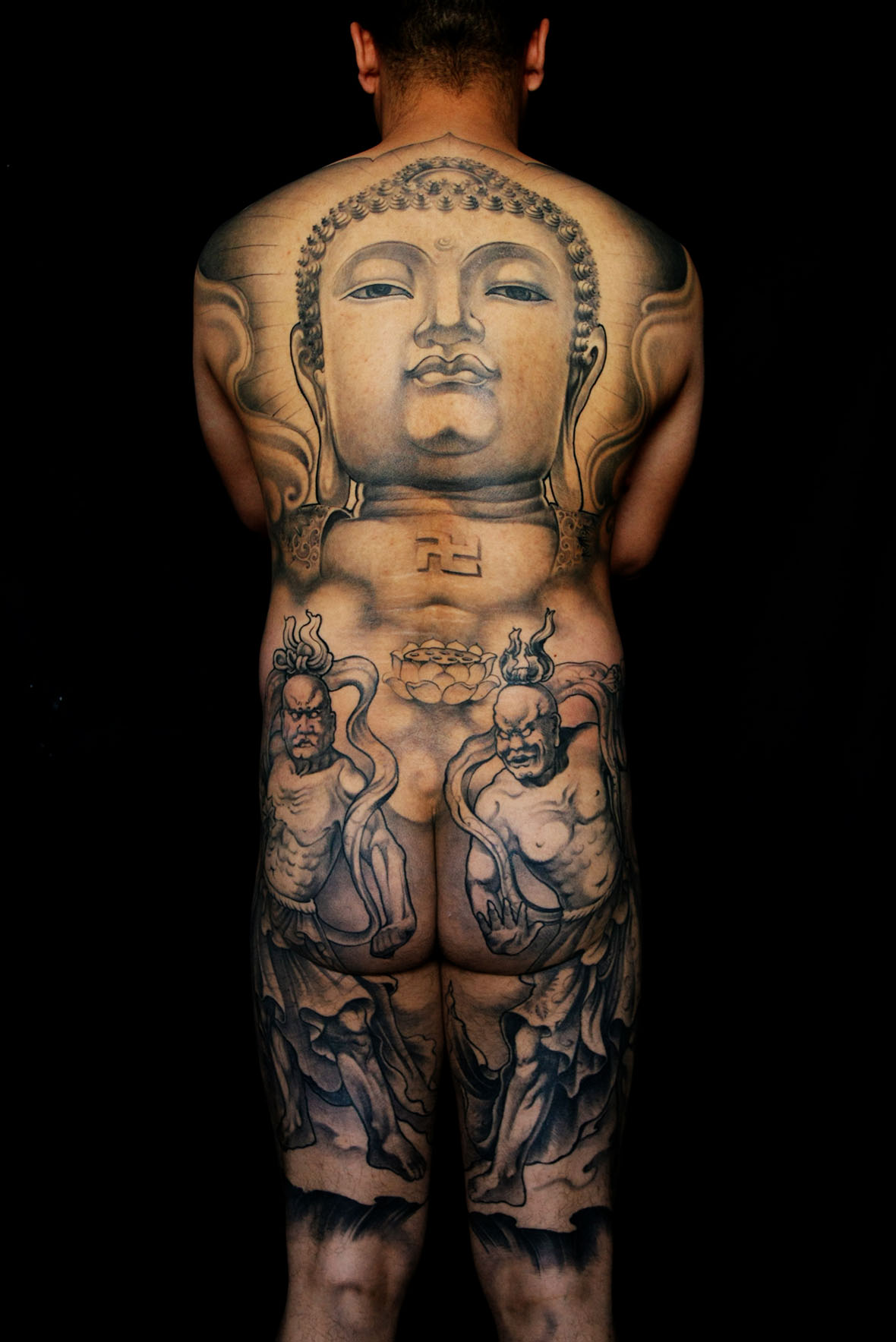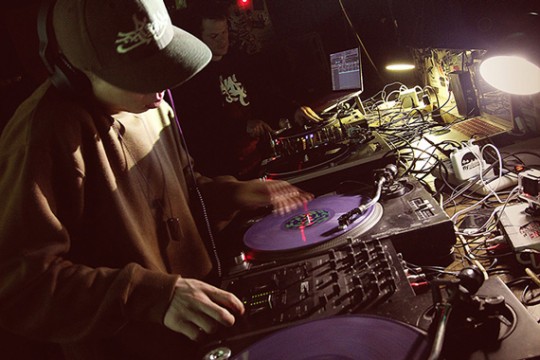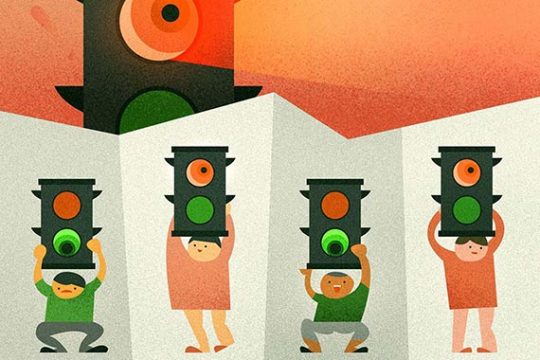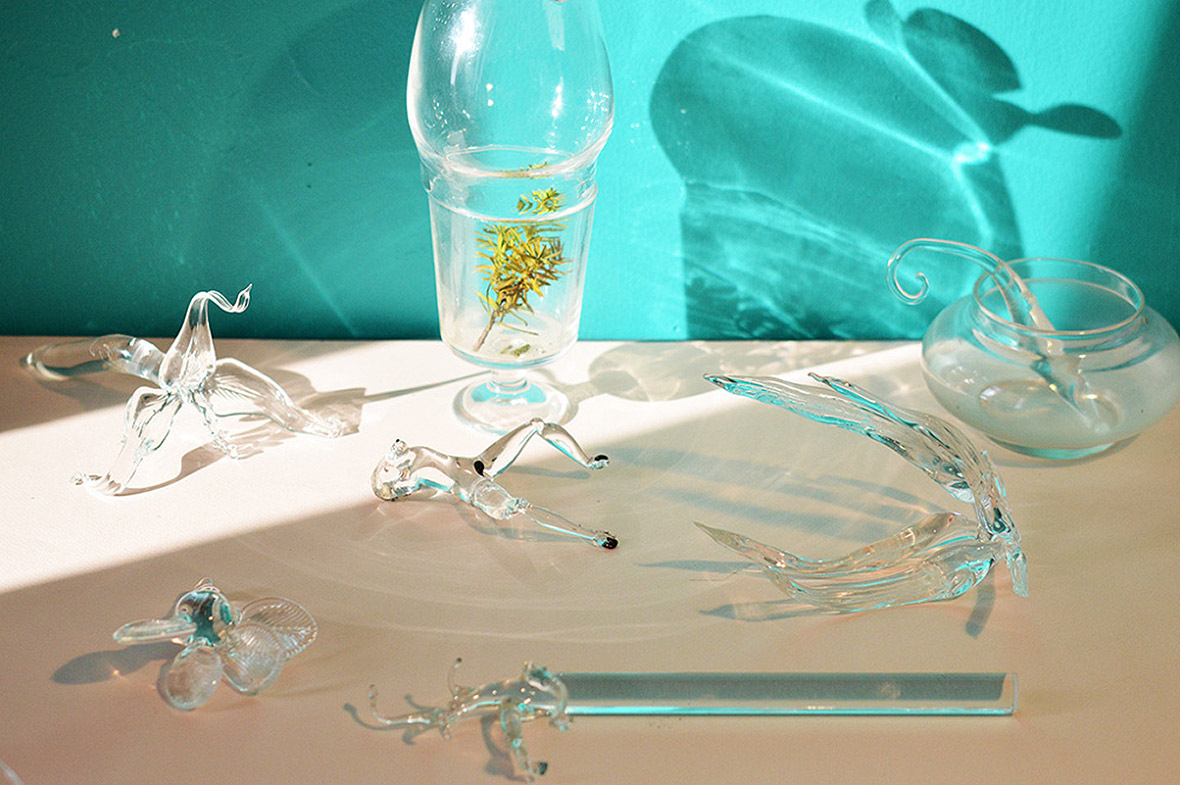
Christina Poblador, also known as Goldie, is a Filipina artist who uses glass and scent as her means of expression. She seeks to convey the freedom of movement and emotion through transforming glass into feminine forms. Fascinated by the link between scents and memories, she compares the process of creating her fragrant perfumes to alchemy. “Something becomes a more potent version of what it originally represented in nature,” she describes. “The medium is always thrilling, and deeply embedded in the subconscious.” In the ongoing journey of creating her Magnum opus, Goldie’s performances combines these different elements together into multi-sensory experiences.
Si Christina Poblador, na kilala rin bilang Goldie ay isang Filipino alagad ng sining na gumagamit ng bubog at pabango bilang paraan ng kanyang pagpapahayag. Hangarin niya na iparating ang kalayaan sa pagkilos at emosyon sa pamamagitan ng pag-transform ng bubog sa pambabaeng anyo. Dahil sa pagkabighani sa ugnayan ng mga pabango at alaala, ikinukumpara niya ang proseso ng paglikha ng kanyang mga pabango sa alkimya. “Ilang bagay na nagiging mas mabisang bersyon ng kung ano ang orihinal na kinakatawan nito sa uri,” paglalarawan niya. “Ang medium ay laging nakakagulat, at labis kakambal ng imahinasyon.” Sa patuloy na paglalakbay sa paglikha ng kanyang Dakilang akda, pinagsama-sama ni Goldie sa kanyang performance ang iba’t ibang elementong ito kasama ang multi-sensory na mga karanasan.
Goldie graduated from the Rhode Island School of Design with an MFA in glass and is now based in New York. “My work is a statement. Rooted in inherited culture, personal and collective narratives of the Philippines. It is unashamed of its origins,” she describes. “I use performance, glass, scent, installation, and sound to represent untold stories of Filipino culture. “ Currently, she is working on a series of work for a solo exhibition to be held in the Philippine Consulate Gallery later in March. The exhibit will feature several pieces of work from her Venus Freed series as well as other never before seen artwork. Neocha recently had the opportunity to discuss inspirations and personal identity with this talented artist.
Si Goldie ay nagtapos sa Rhode Island School of Design na may MFA sa bubog at ngayon ay nakatira sa New York. “Ang trabaho ko ay isang pahayag. Nag-ugat sa namanang kultura, pansarili at pinagsama-samang kuwento ng Pilipinas, hindi nito ikinahihiya ang pinanggalingan nito,” paglalarawan niya. “Gumagamit ako ng performance, bubog, pabango, instalasyon, at tunog upang kumatawan sa hindi mabilang na kuwento ng kulturang Filipino. “ Sa kasalukuyan, nagtatrabaho siya sa serye ng likha para sa solong eksibit na gaganapin sa Gallery ng Konsulado ng Pilipinas sa susunod na Marso. Itatampok ng eksibit ang ilang obra maestra mula sa kanyang Venus Freed series gayundin ang iba pang hindi pa nakikitang likhang sining. Kamakailan ay nagkaroon ang Neocha ng pagkakataon para talakayin ang inspirasyon at personal na pagkakakilanlan ng talentadong alagad ng sining na ito.
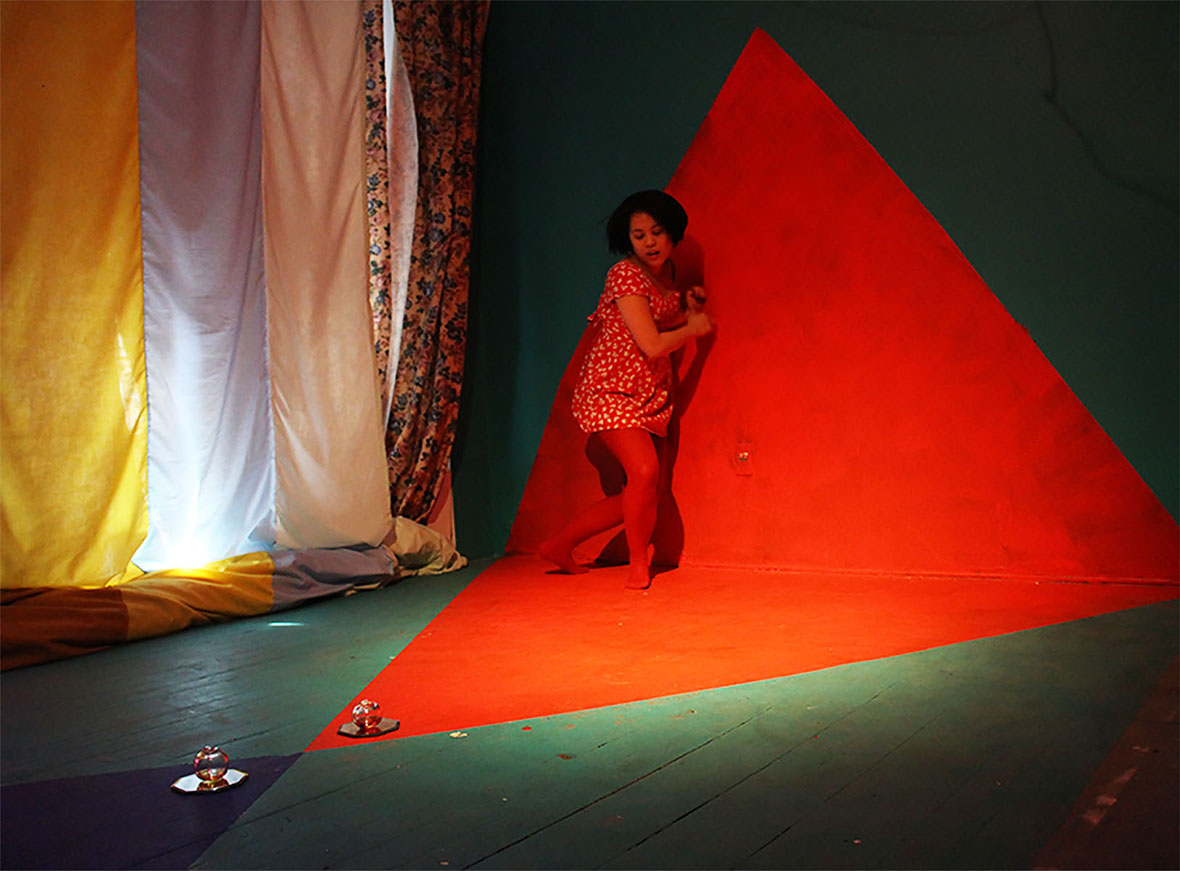
Neocha: When did you first start to use glass as an art medium? What sparked your interest?
Goldie: I first started blowing glass in 2009, in order to create my undergraduate thesis project about scent, and the narratives of the village where I grew up. The environment changed a lot, and natural disaster influenced a shift in the direction of my work. I wanted to work with memory, and that brought me to scent. Which then brought me to the most obvious medium that perfumers work with – glass.
Neocha: Kailan ka nagsimulang gumamit ng bubog bilang kasangkapan sa sining? Ano ang nagpatindi sa iyong interes?
Goldie: Una akong nagsimulang gumamit ng bubog noong 2009 para gawin ang aking proyekto sa undergraduate thesis tungkol sa pabango at mga kuwento ng nayon kung saan ako lumaki. Napakaraming nagbago sa kapaligiran, at ang likas na sakuna ay nakaimpluwensiya sa pagbabago ng direksyon ng aking ginagawa. Gusto kong magtrabaho kasama ang alaala, at nagdala iyon sa akin sa pabango at pagkatapos ay nagdala sa akin sa mas kilalang kasangkapan na ginagamit ng mga gumawa ng pabango – ang bubog.
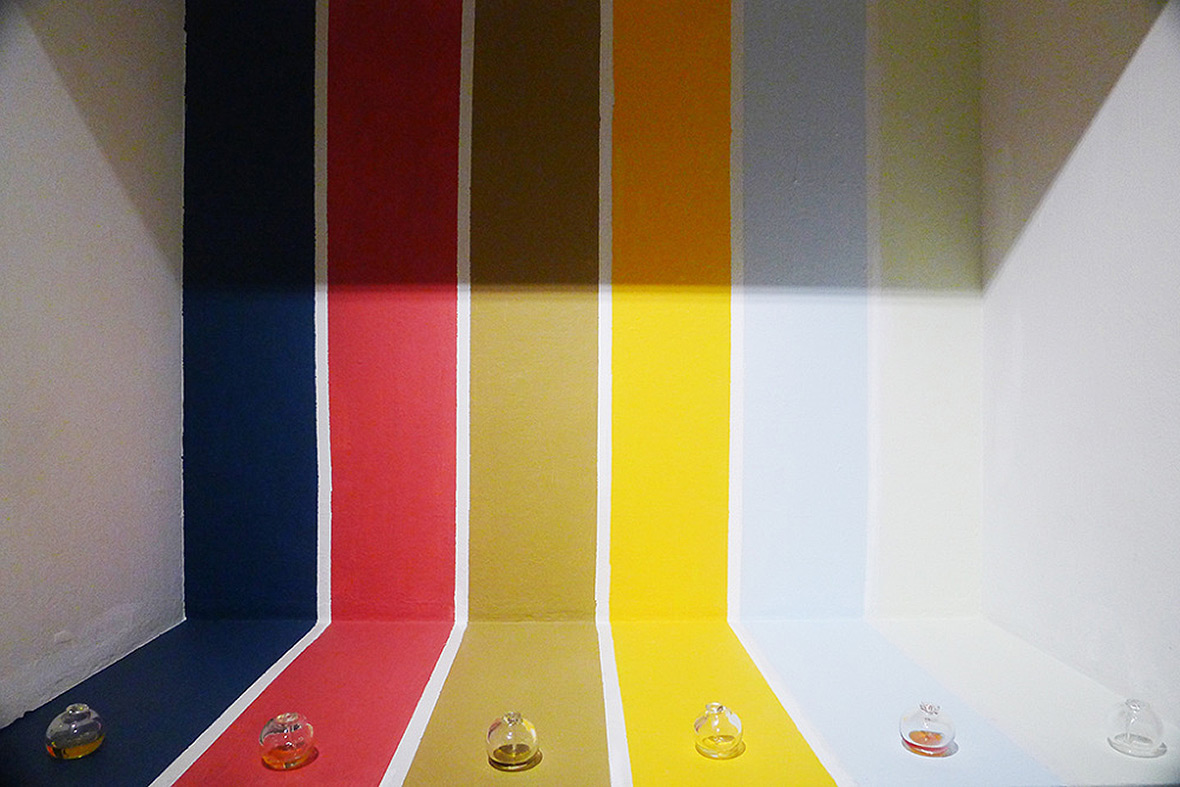
Neocha: Can you tell us how feminism ties into your work? What would be your definition of feminism?
Goldie: My body of work is not just about the female condition; rather it argues that an awakening of the inner femininity, the carrier of our emotions and experience of all things sensual – from rapture to despair – is able to benefit humankind and perform an alchemical change of the soul. Feminism can be a tricky word these days. A lot of principles that inspire the work are indeed from feminist theory. For instance, the personal is political. I believe in that. My work is a celebration of the expressive, and is grounded in nature and deep spirituality that I inherited through my culture as a Filipina woman. It draws particularly on the Philippine pre-colonial priestess, the babaylan, who represents alignment with natural principles. It is celebrated today as a feminist symbol of the renewed Filipina woman.
Neocha: Maaari mo bang ikuwento sa amin kung ano ang kaugnayan ng peminismo sa iyong gawa? Ano ang iyong pakahulugan sa peminismo?
Goldie: Ang sentro ng aking paggawa ay hindi lamang tungkol sa kalagayan ng babae; sa halip ay ipinaliliwanag nito ang paggising ng panloob na pagkababae, ang tagapagdala ng ating emosyon at karanasan sa lahat ng bagay na senswal – mula sa kagalakan hanggang sa kawalan ng pag-asa – na kapaki-pakinabang sa sangkatauhan at nagagawa ang alkemikong pagbabago ng kaluluwa. Ang peminismo ay maaaring maging mapanlinlang na salita sa ngayon. Ang maraming simulain na nagbibigay inspirasyon sa trabaho ay tunay na na nagmula sa peministang teorya. Halimbawa, ang personal ay pampulitika. Naniniwala ako doon. Ang aking gawa ay pagdiriwang ng pagpapahayag, at nagmula sa kalikasan at malalim na ispirituwalidad na namana ko sa aking kultura bilang babaeng Filipina. Ipinakikita nitong mabuti ang Babaylan na pristesa ng Pilipinas bago ang pananakop, na kumakatawan sa pagkakasunod-sunod ng likas na mga simulain, at ipinagdiriwang ngayon bilang simbolo ng peminista ng binagong babaeng Filipina.
Neocha: Does Manila, your hometown, ever leave its mark in you as an artist?
Goldie: Definitely. In many ways it is the foundation of my work. I would not be where I am without my mission to rebuild my identity in some way. My country has been colonized in so many ways. I feel lucky to be where I am, and to be working as an artist representing where I am from. The generation of my parents had very specific paths carved out for them. Filipinas in general who live abroad usually work as nurses, doctors, or care givers. Through the hard work of those who came before me, I am able to work towards something more than a career, but towards a mission I truly believe in.
Neocha: Ang Maynila ba na iyong sariling bayan ay nag-iwan sa iyo ng markang ito bilang alagad ng sining?
Goldie: Talaga. Ito ang pundasyon ng aking gawa sa maraming paraan. Wala ako rito ngayon kung wala ang aking misyon na itatag muli ang aking pagkakakilanlan sa ilang paraan. Ang aming bansa ay sinakop sa napakaraming paraan. Napakapalad ko kung nasaan ako ngayon, at magtrabaho bilang alagad ng sining na kumakatawan sa aking pinagmulan. Ang henerasyon ng aking mga magulang ay nagkaroon ng napaka-espesipikong daan na itinatag para sa kanila. Karamihan sa mga Filipina na nakatira sa ibang bansa ay karaniwang nagtatrabaho bilang nars, doktor, o tagapag-alaga. Sa pamamagitan ng pagsisikap ng mga taong nauna sa akin, nagawa kong magtrabaho tungo sa isang bagay na higit pa sa karera, ngunit tungo sa misyon na tunay kong pinaniniwalaan.
无法观看?前往优酷
Neocha: As an artist, what’s been your biggest challenges so far?
Goldie: Funding! Working part time helps a lot, but it is a constant struggle for balance. Since I moved to New York, I now work from my room, which is also my studio. I also sculpt at Urban Glass in Brooklyn.
Neocha: Bilang alagad ng sining, ano ang naging pinakamalaking hamon sa iyo?
Goldie: Pondo! Malaking tulong ang pagtatrabaho ng part time, ngunit patuloy na pagsisikap para maging balanse. Simula nang lumipat ako sa New York, nagtatrabaho ako ngayon sa aking silid, na studio ko na rin. Nag-uukit din ako sa Urban Glass sa Brooklyn.
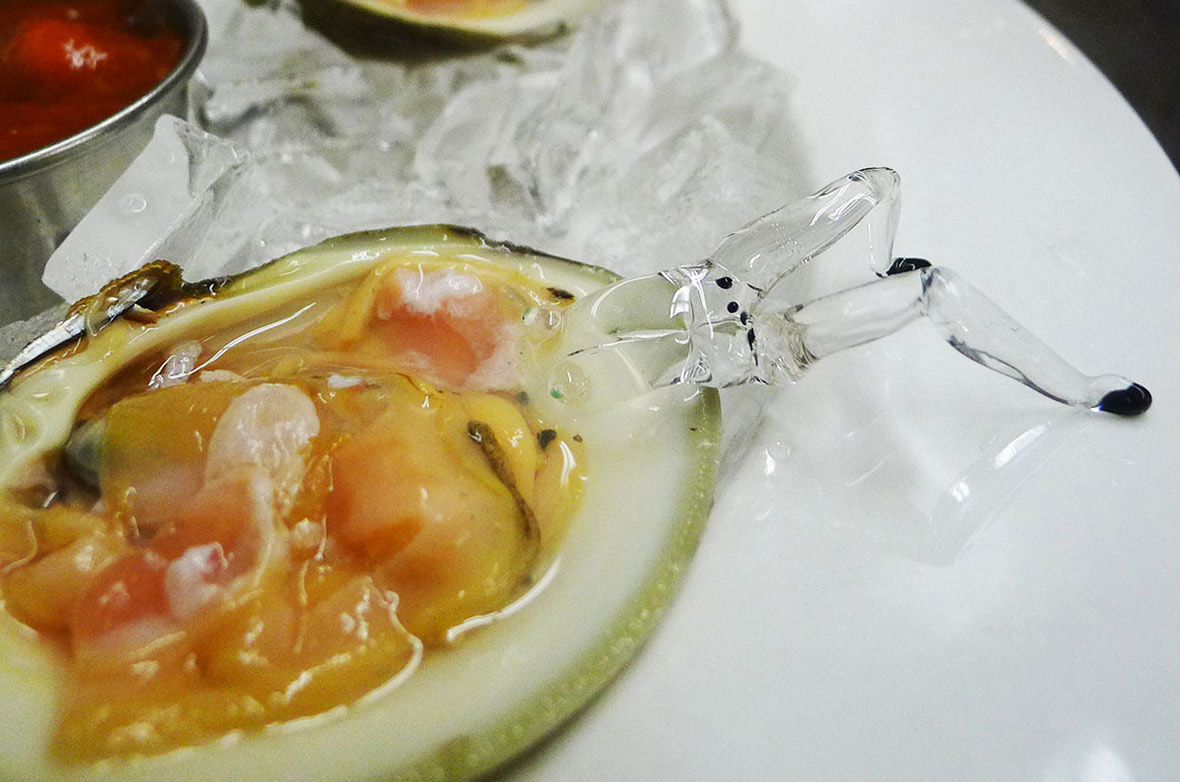
Neocha: Which of your works do you consider to be your most important work? What do you have in the works for the near future?
Goldie: Nothing is more important than the other. When something is less successful than another, it always tells you something. My solo exhibition in the Philippine Consulate Gallery is what is in the near future. I am also working on a luxury line of perfumes and jewelry that will feature Philippine flowers and scents. I am really excited about that.
Neocha: Alin sa iyong mga gawa ang itinuturing mong pinakamahalaga mong likha? Ano ang mayroon sa gagawin mo sa susunod?
Goldie: Walang mas mahalaga kaysa sa iba. Kapag may bagay na hindi gaanong matagumpay kaysa sa iba, laging may nais itong ipahiwatig sa iyo. Ang aking solong eksibit sa Gallery ng Konsulado ng Pilipinas ay malapit na. Nagtatrabaho ako sa mamahaling hanay ng mga pabango at alahas na magtatampok sa mga bulaklak at pabango ng Pilipinas. Nananabik na ako para diyan.
Website: goldieland.com
Vimeo: Goldie Poblador
Contributor: Banny Wang
Images Courtesy of Goldie Poblador
Website: goldieland.com
Vimeo: Goldie Poblador
Kontribyutor: Banny Wang
Ang Mga Imahen na Mula kay Goldie Poblador

